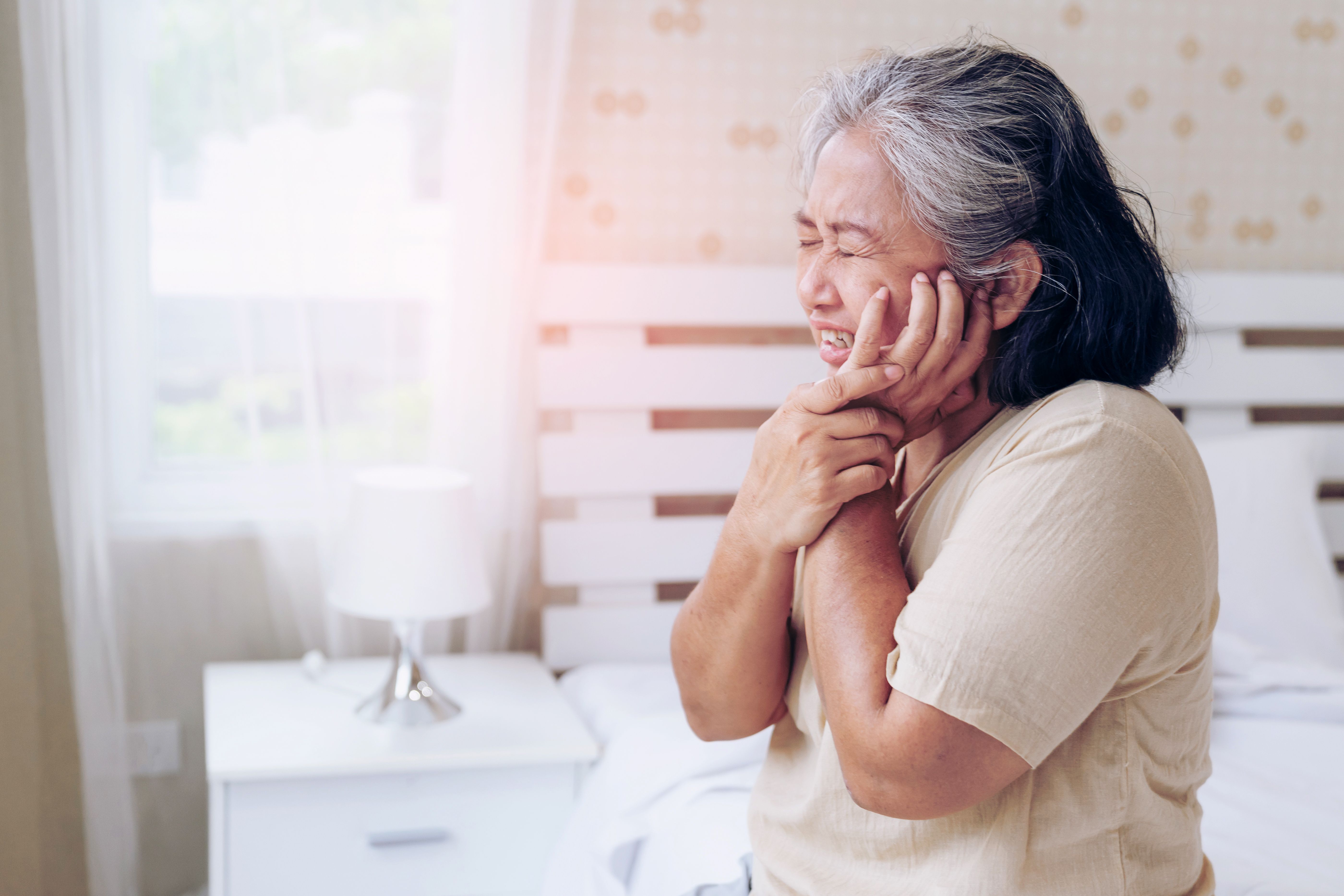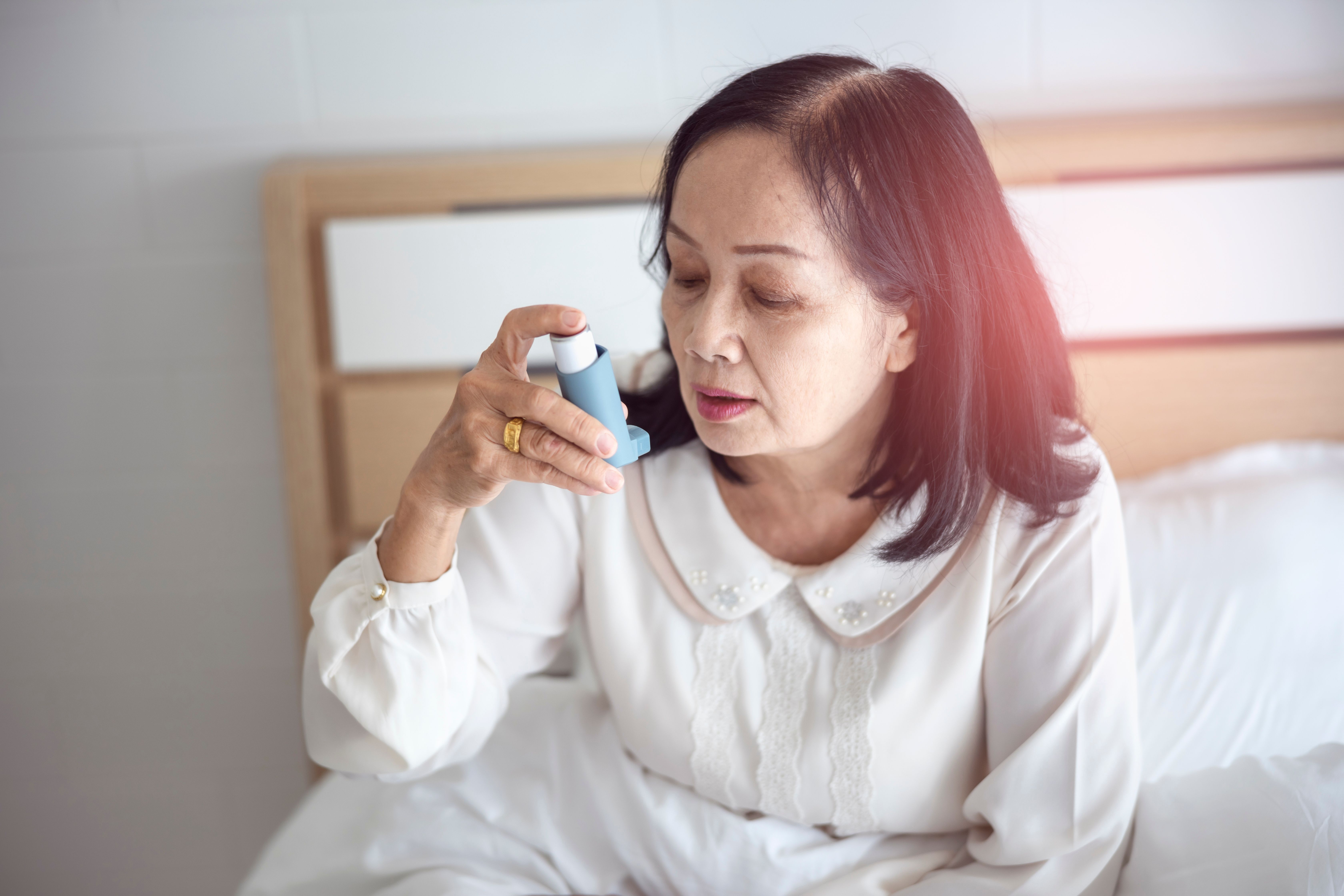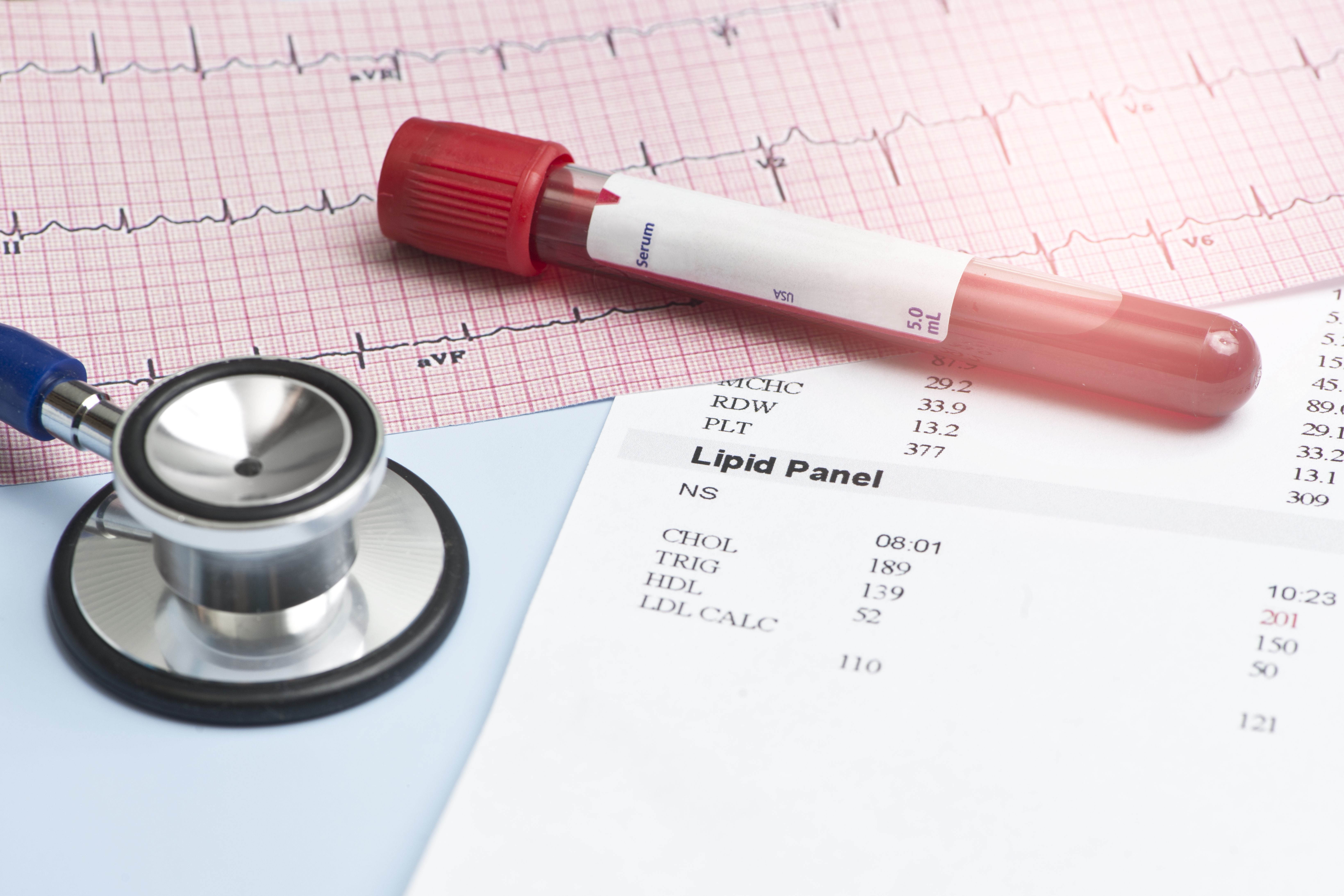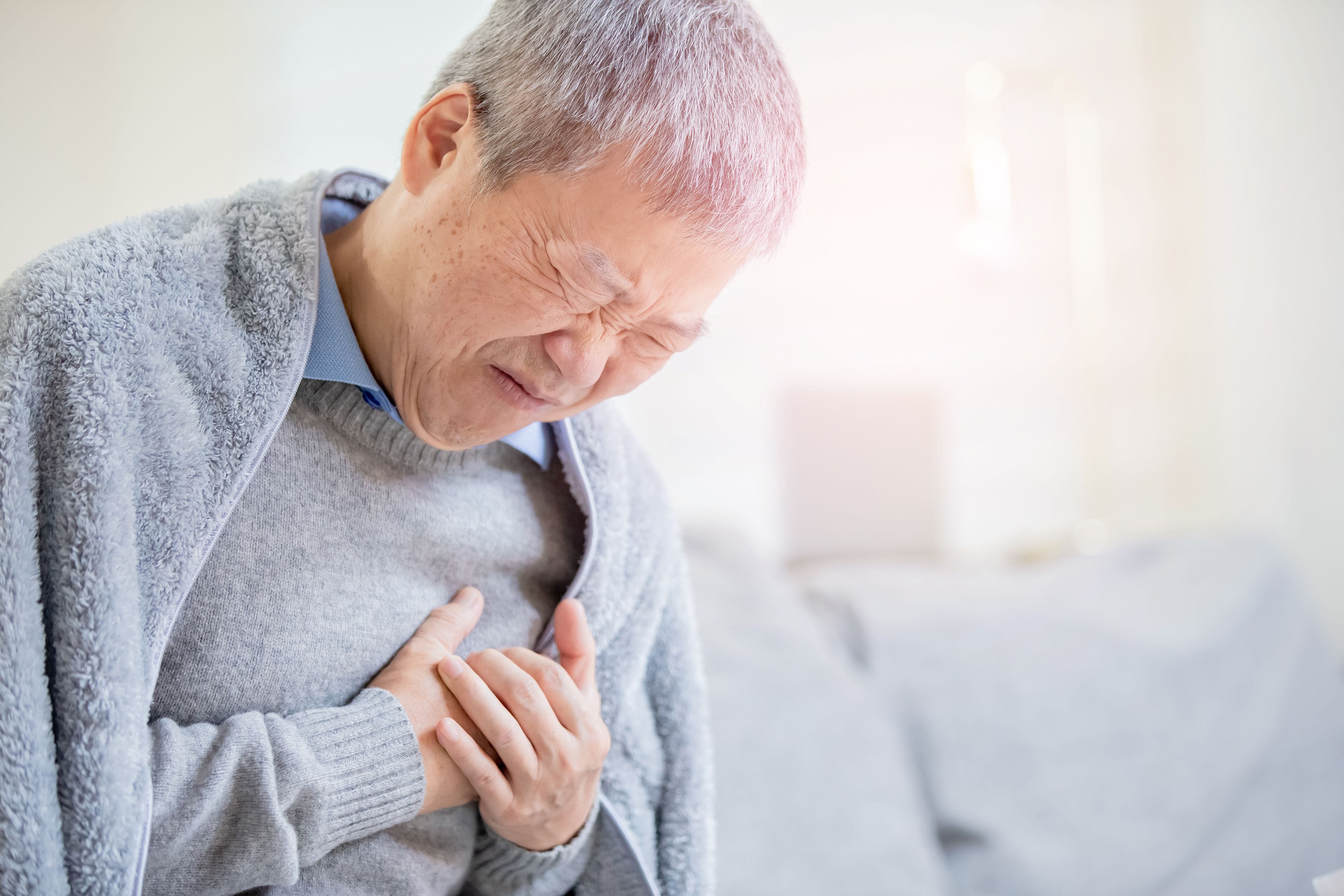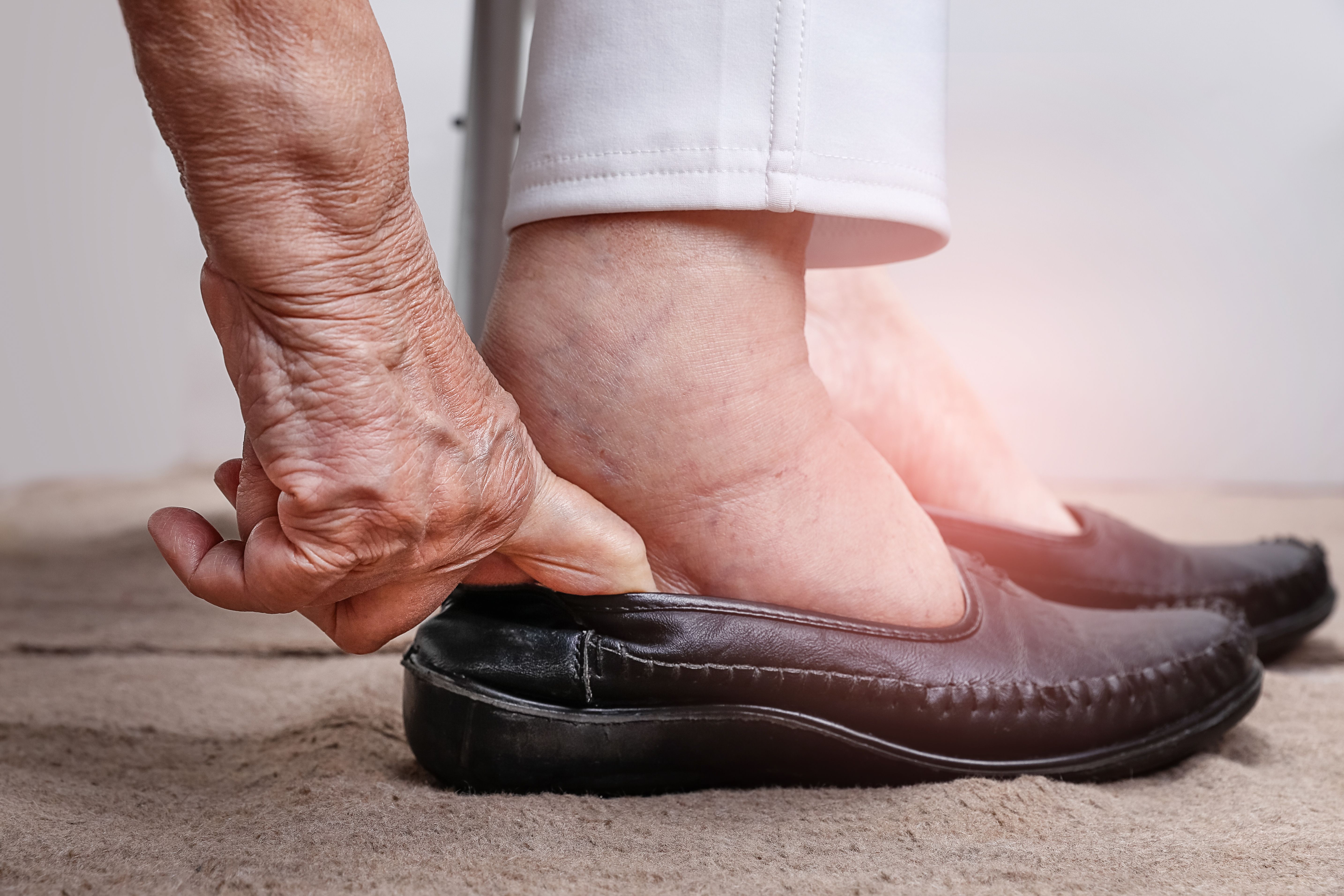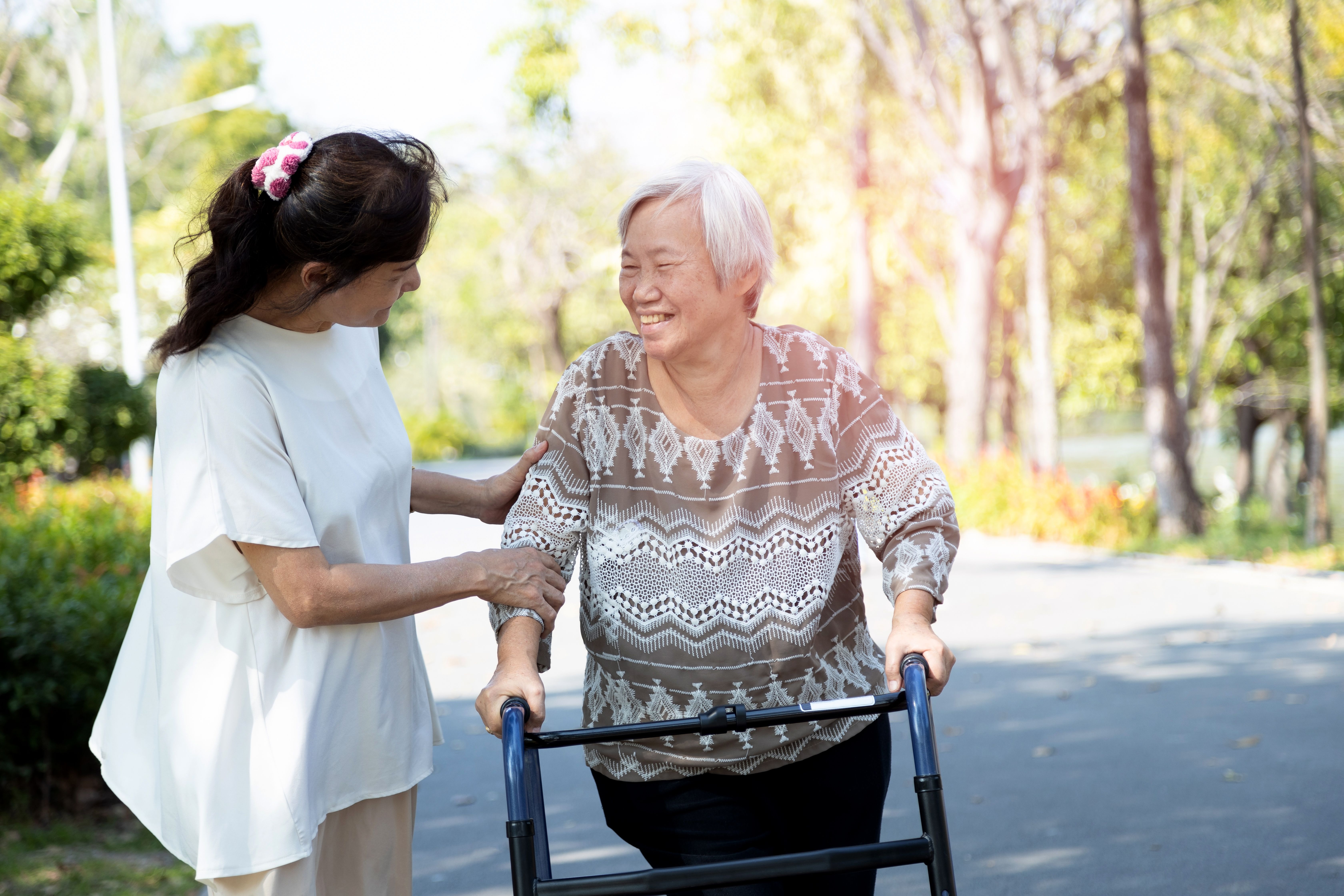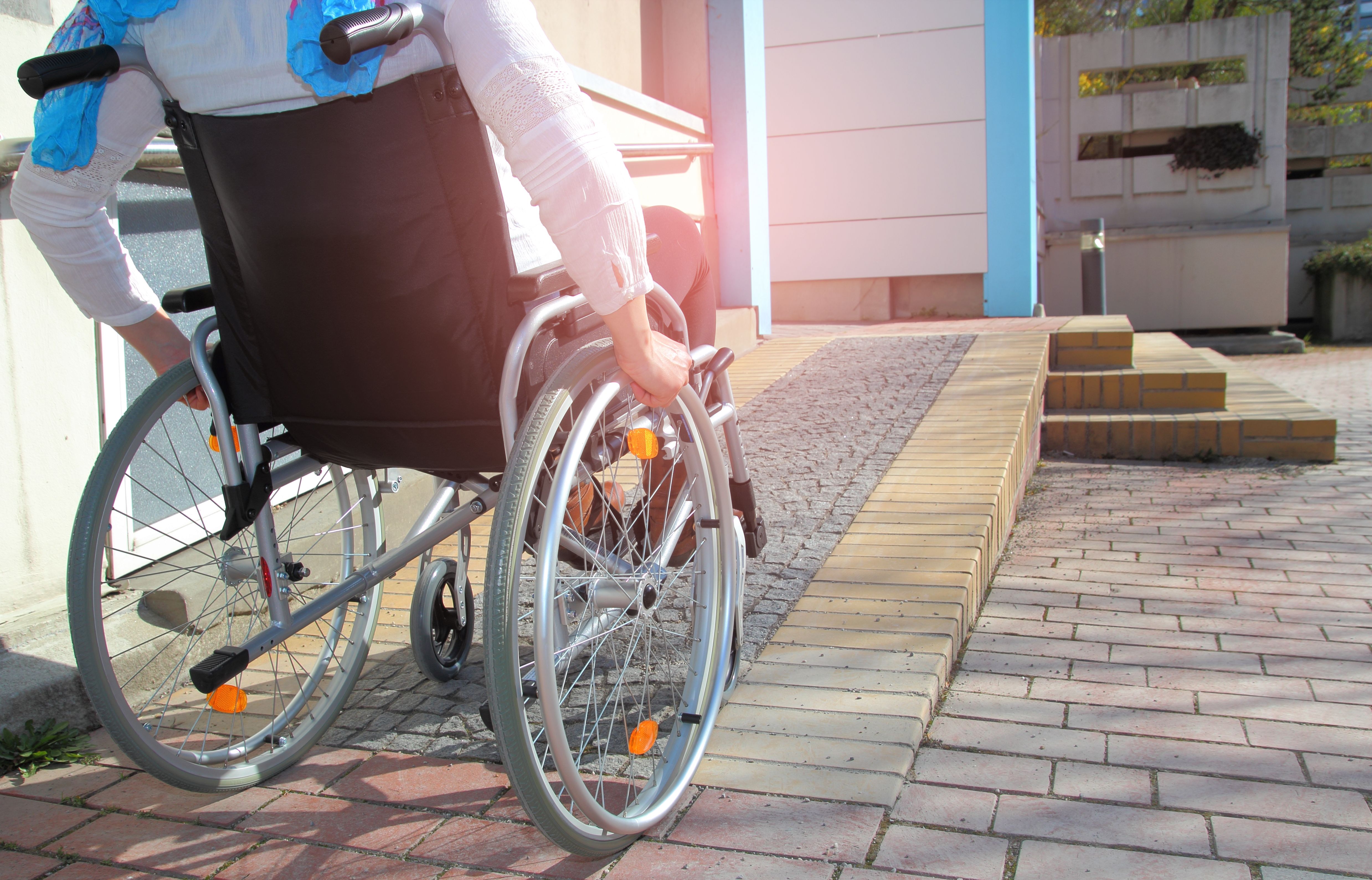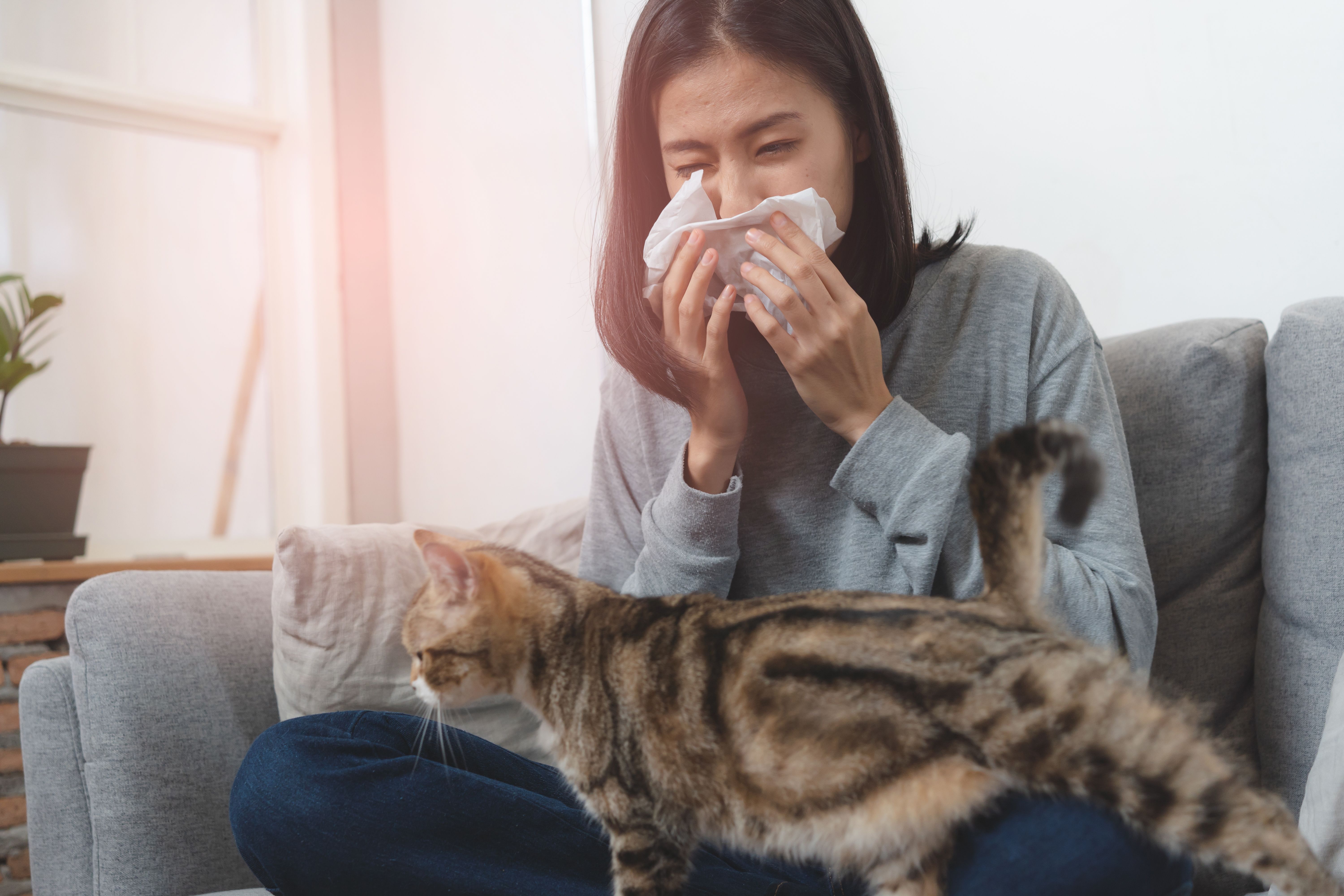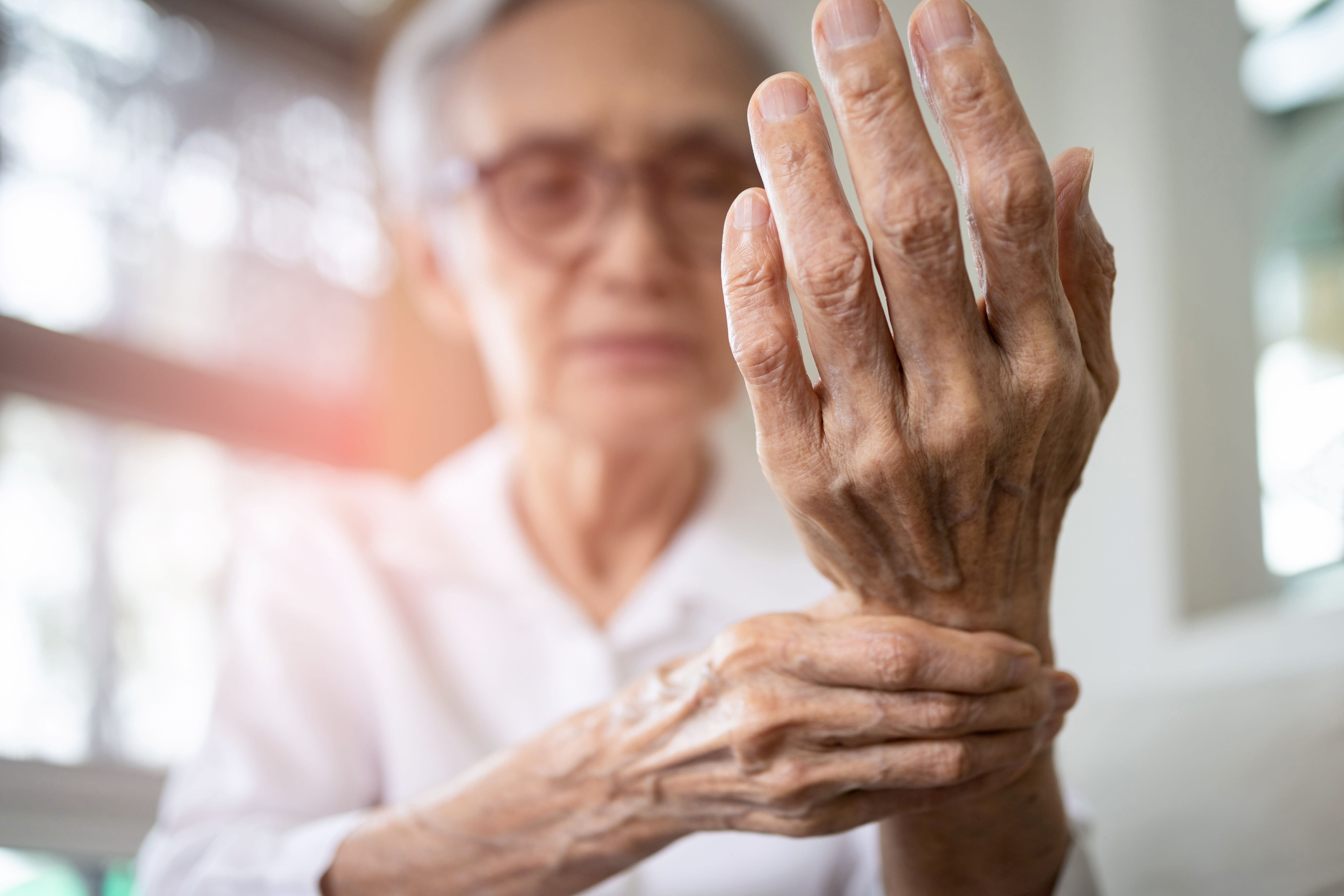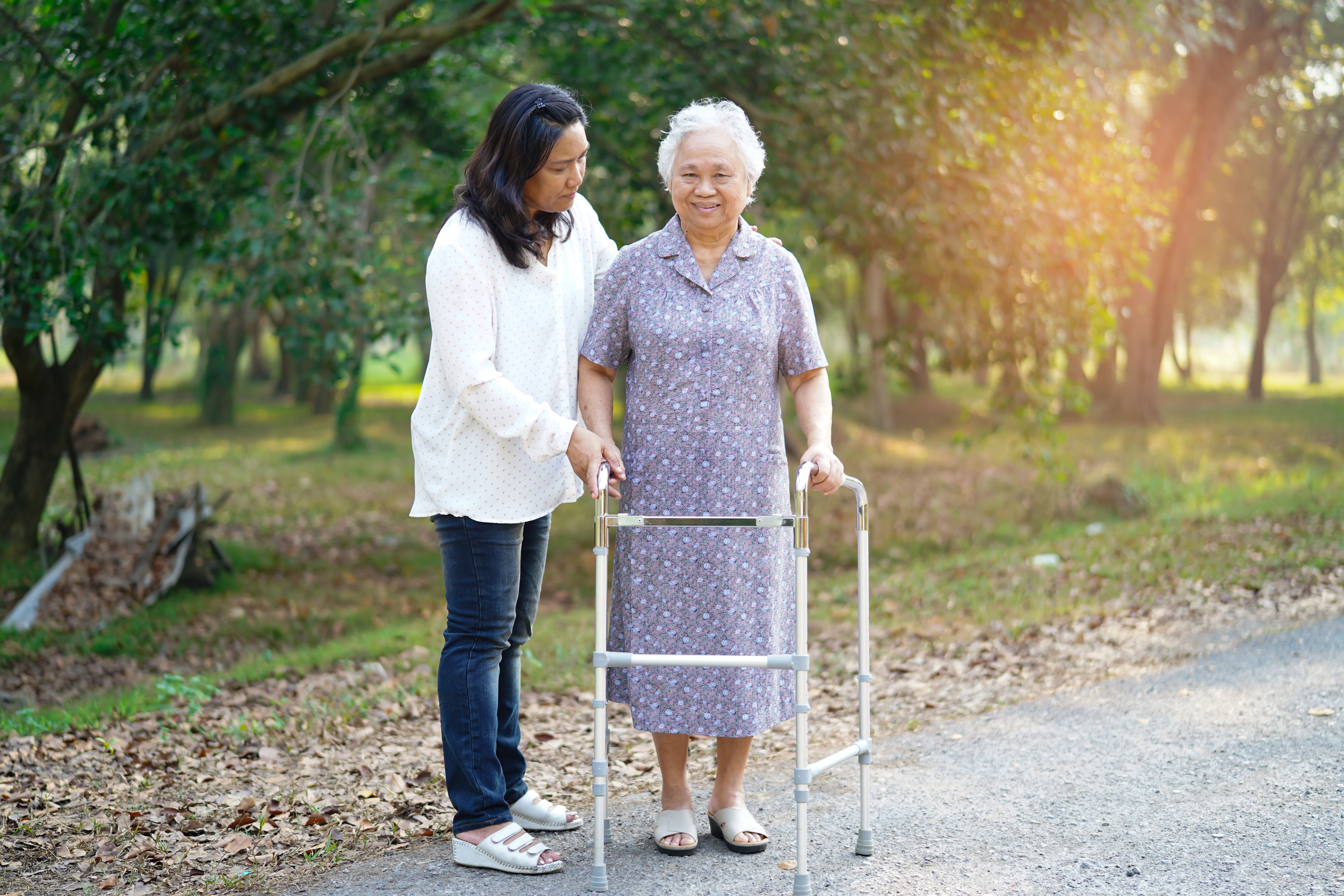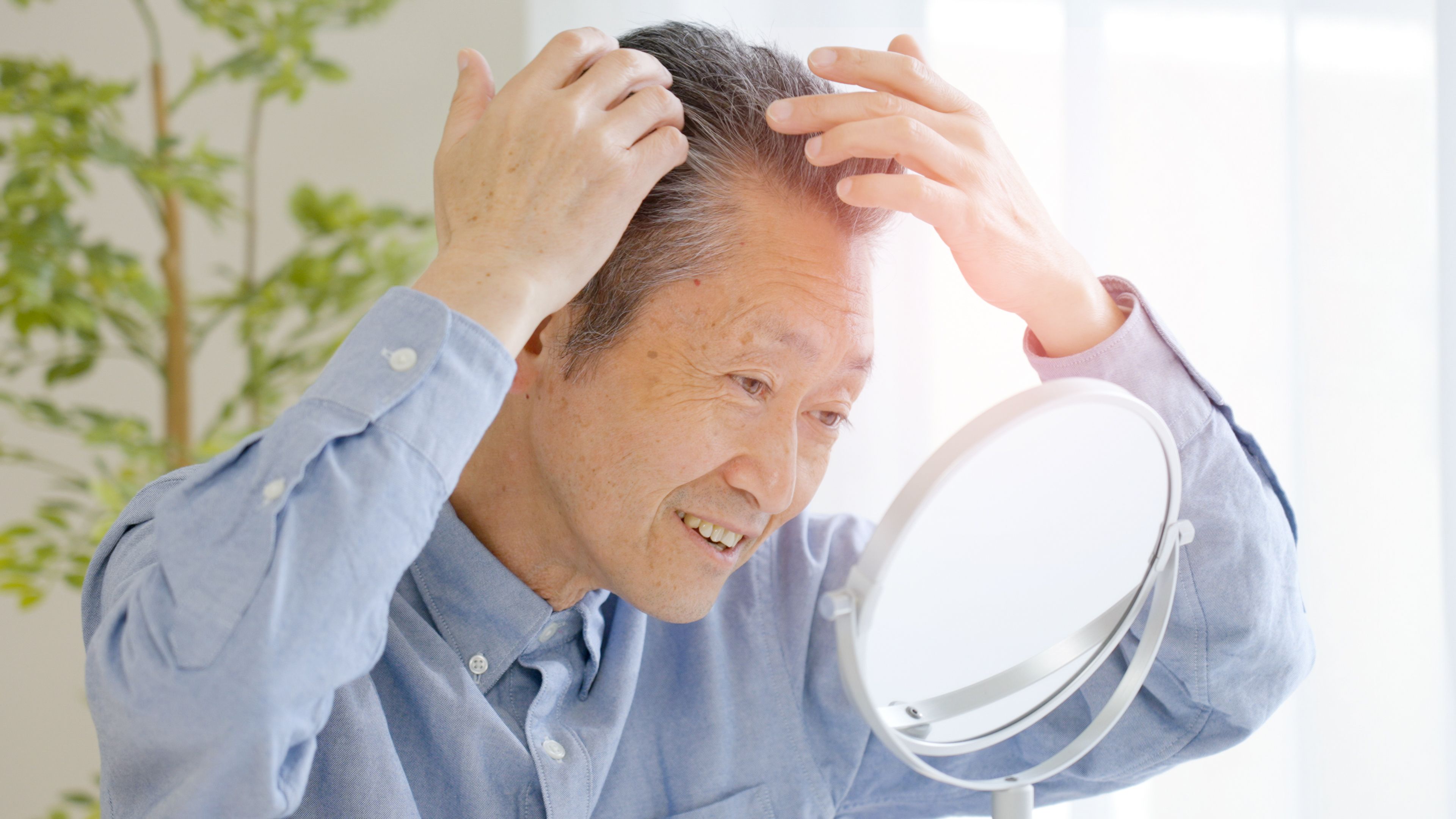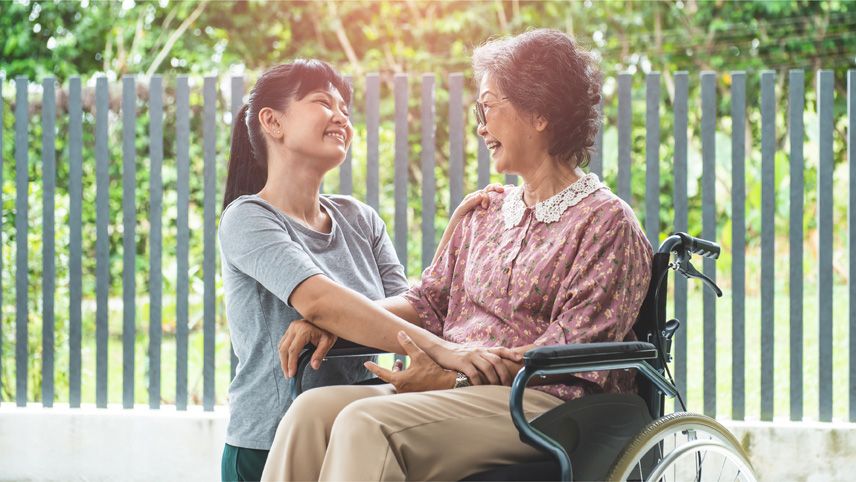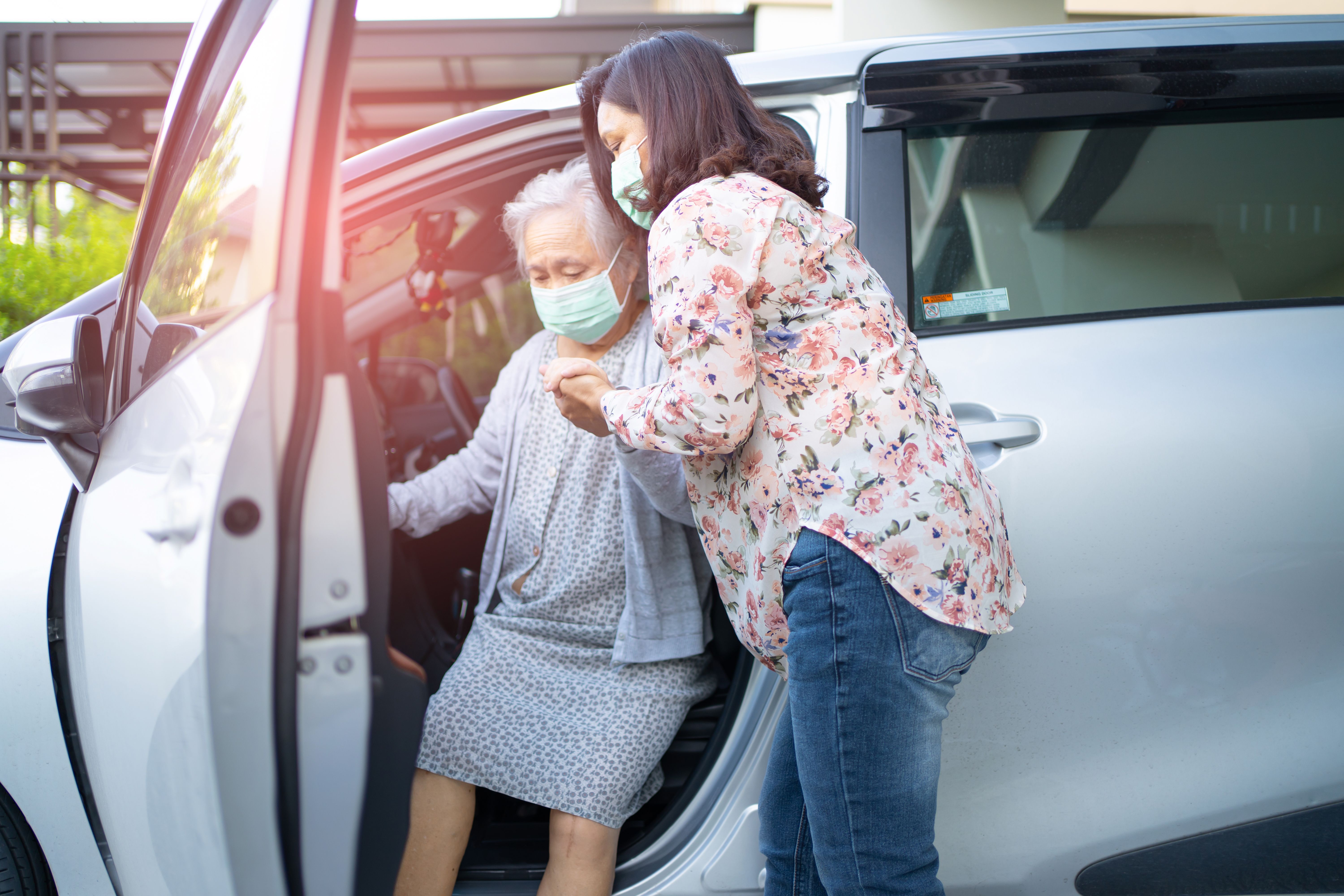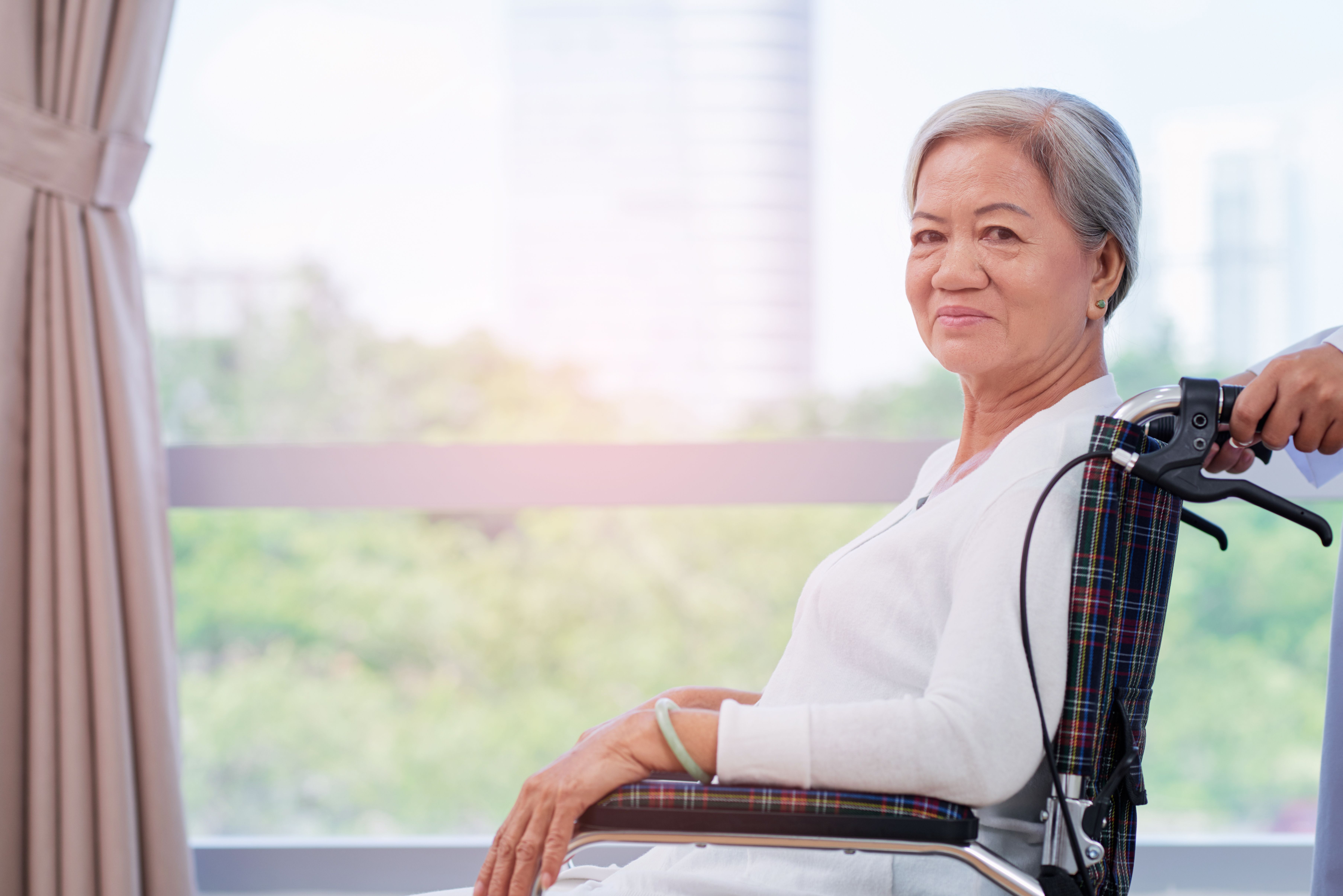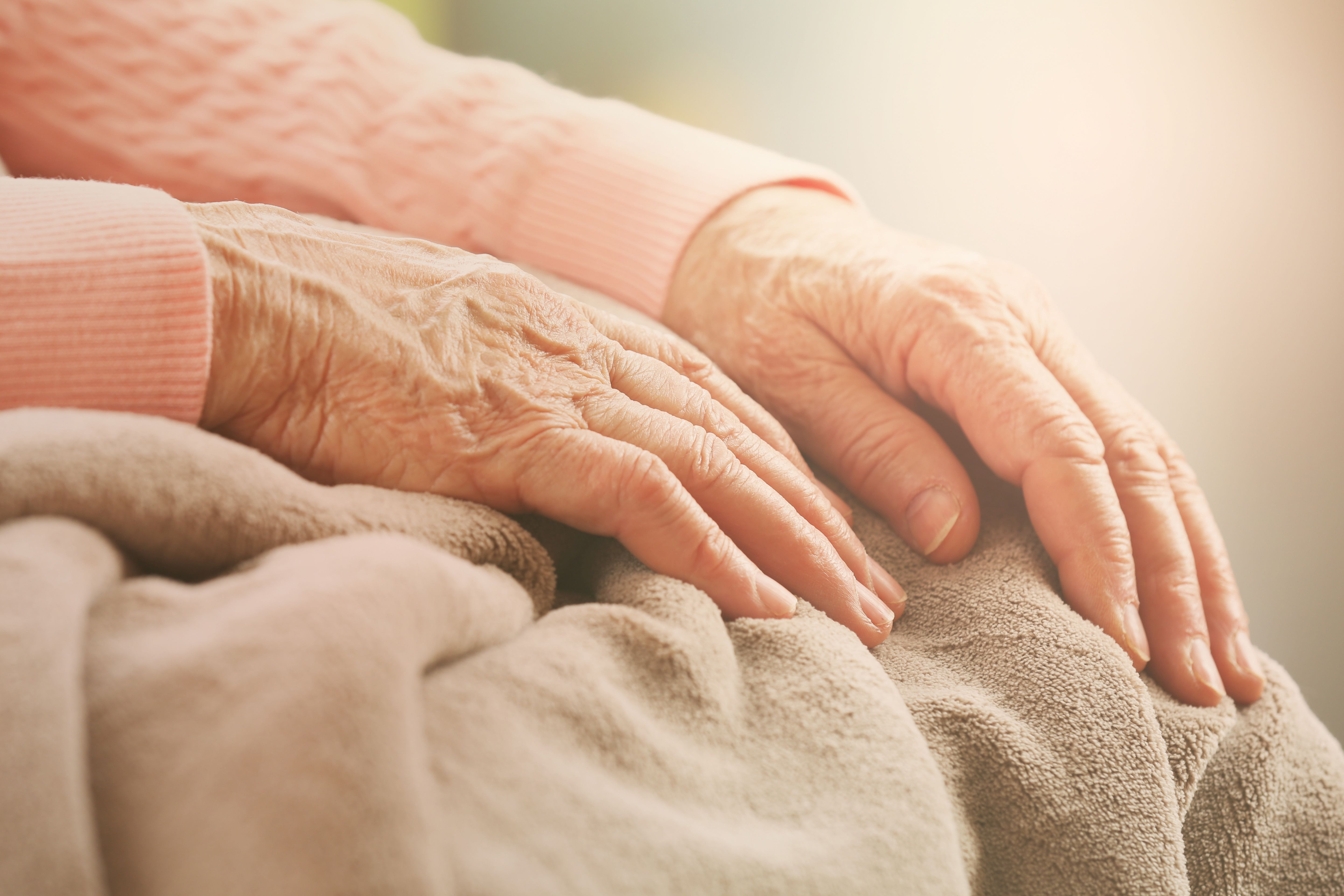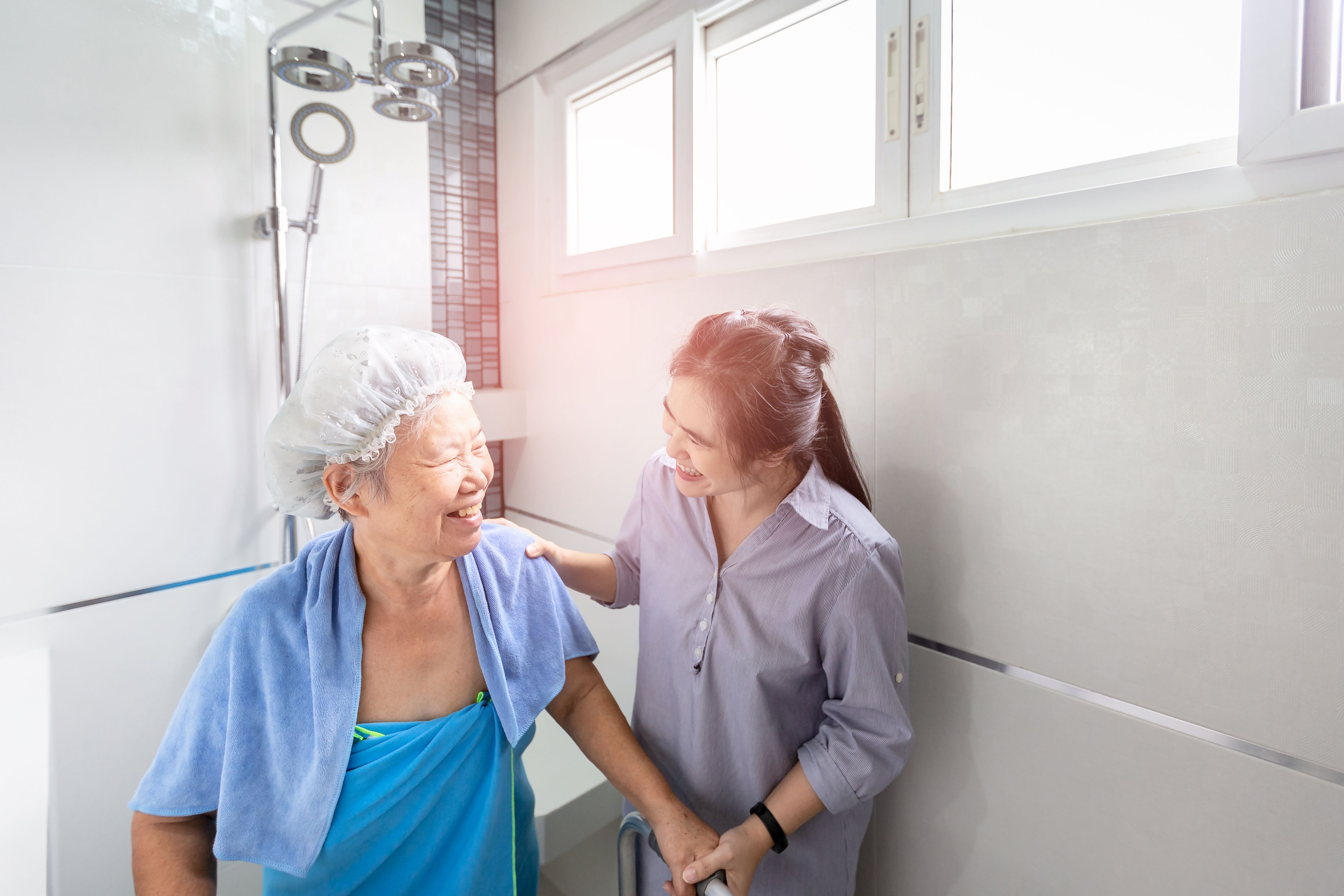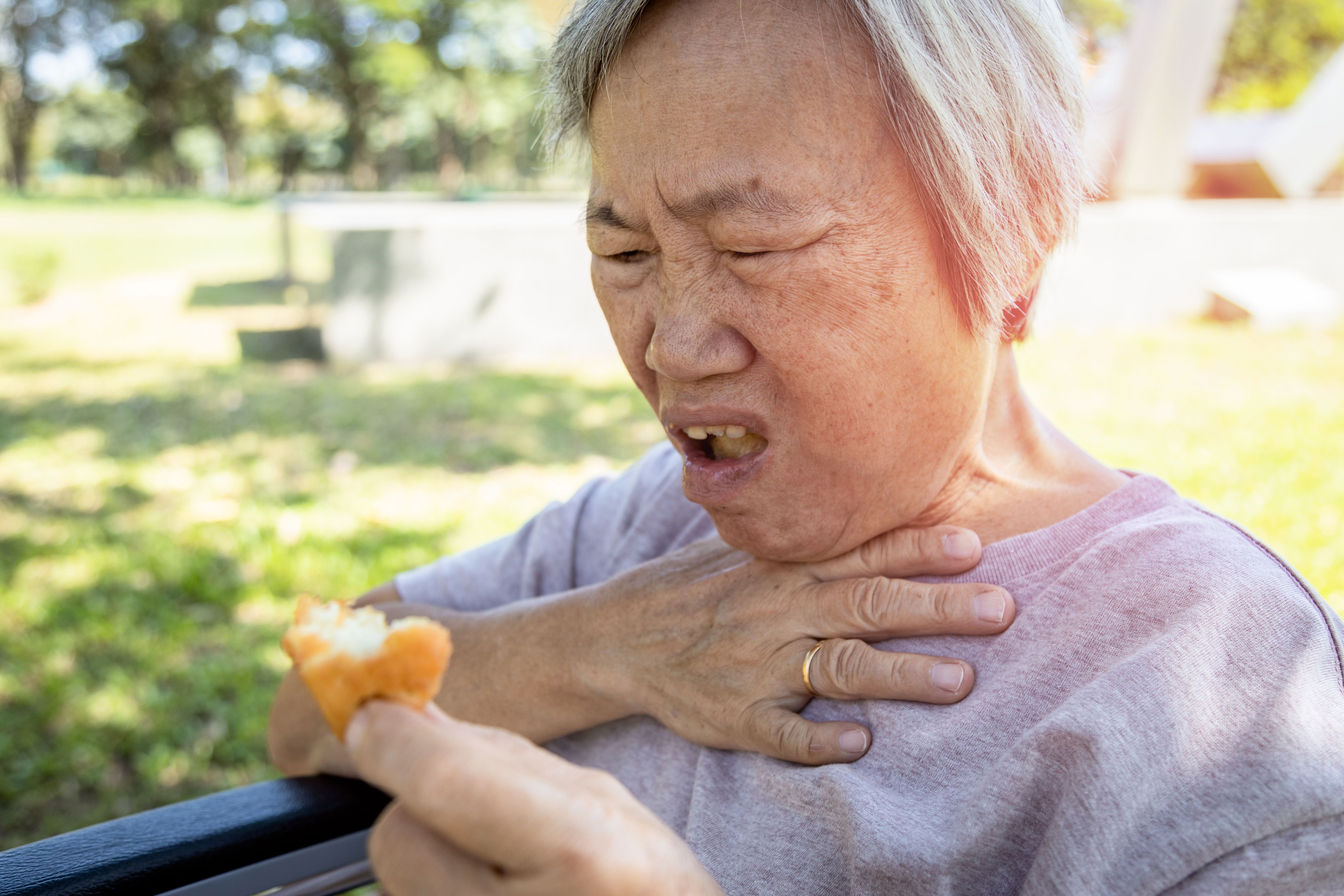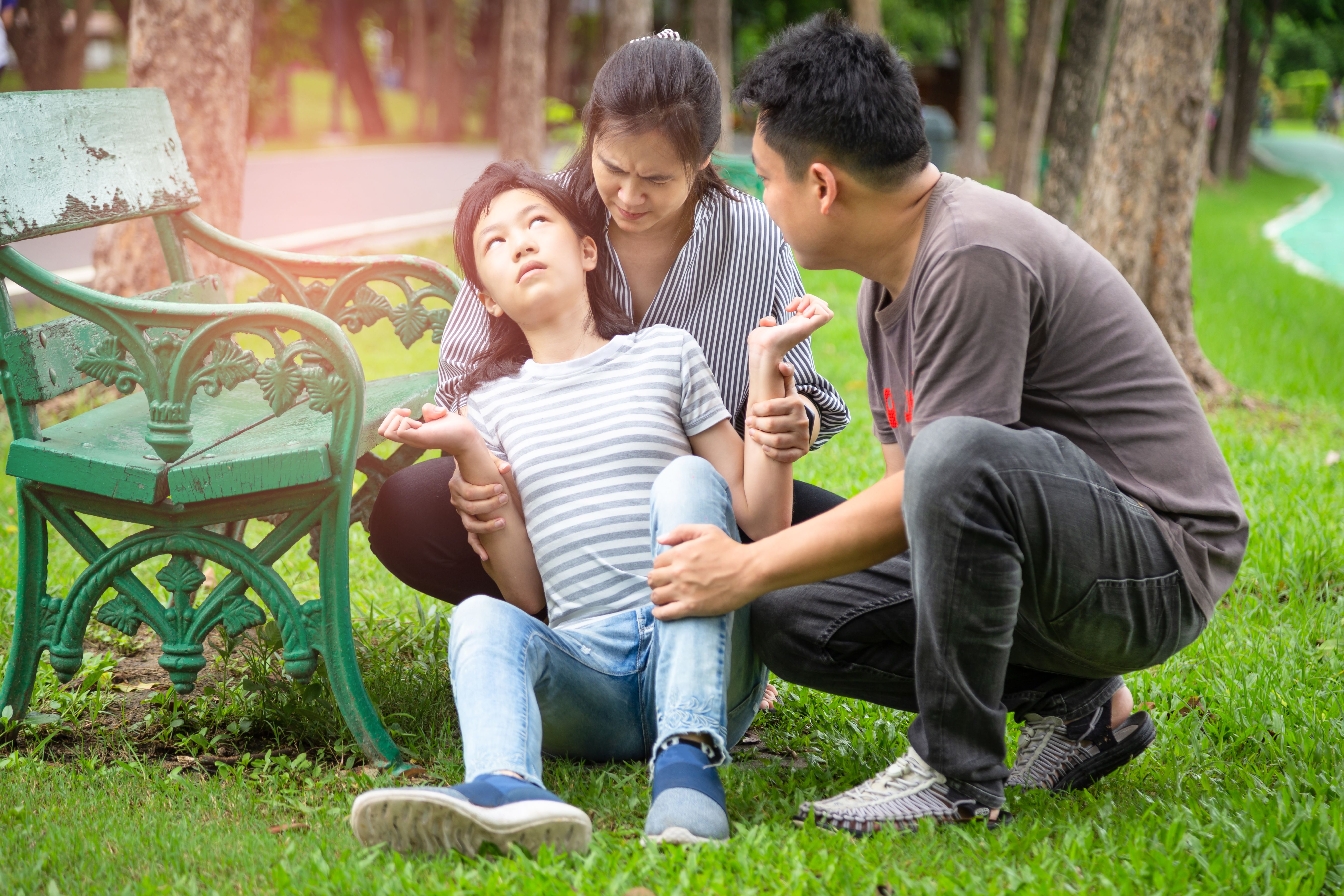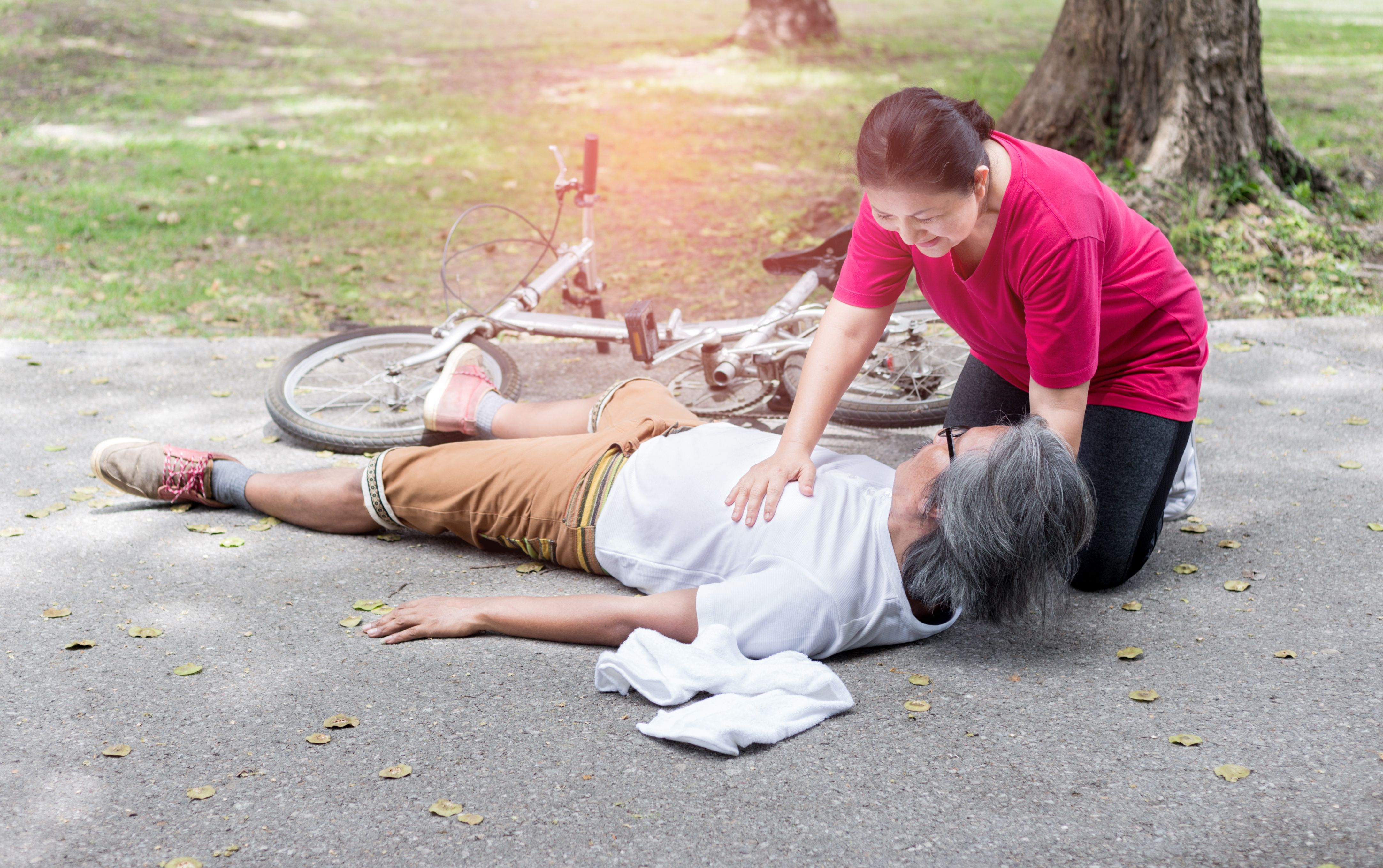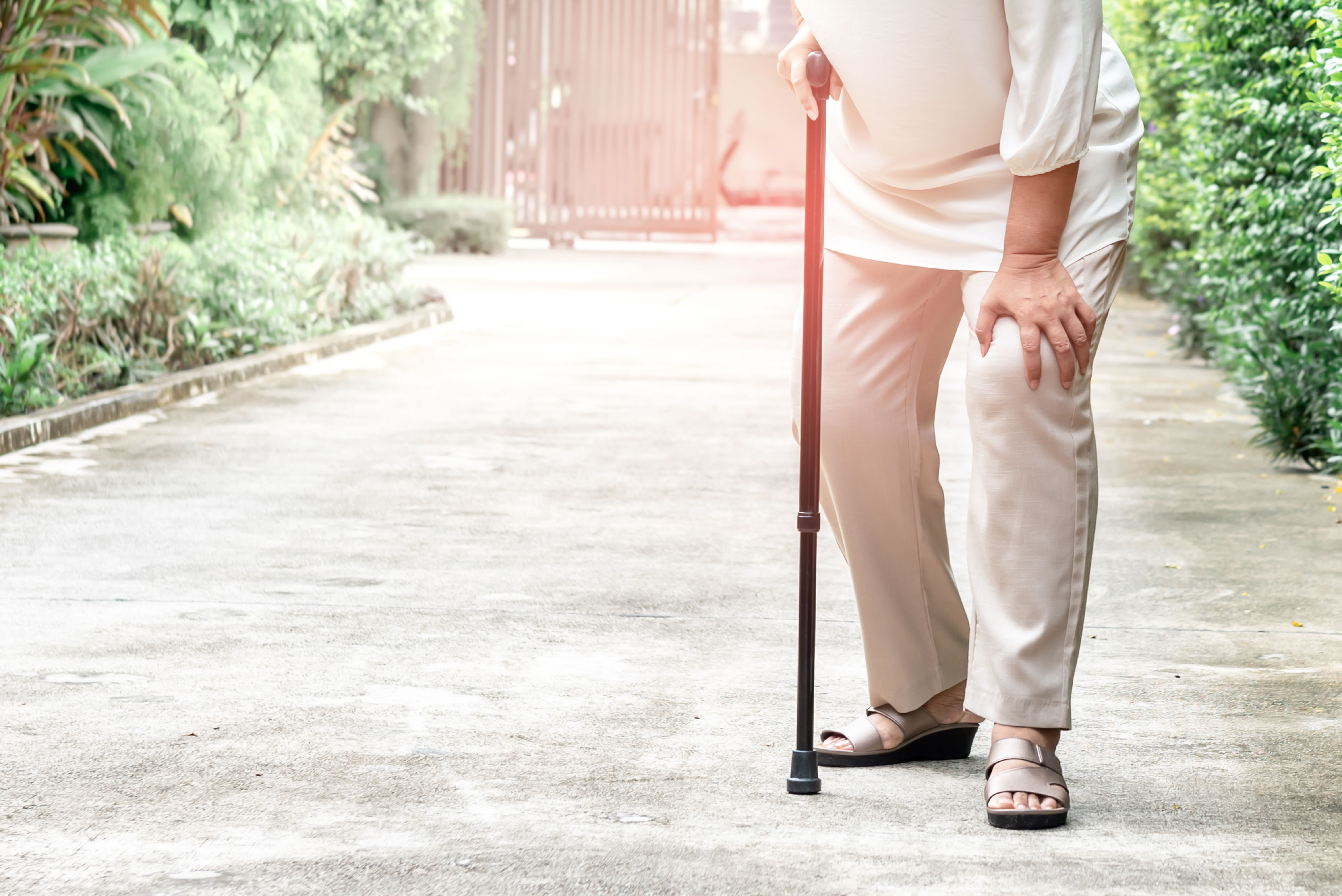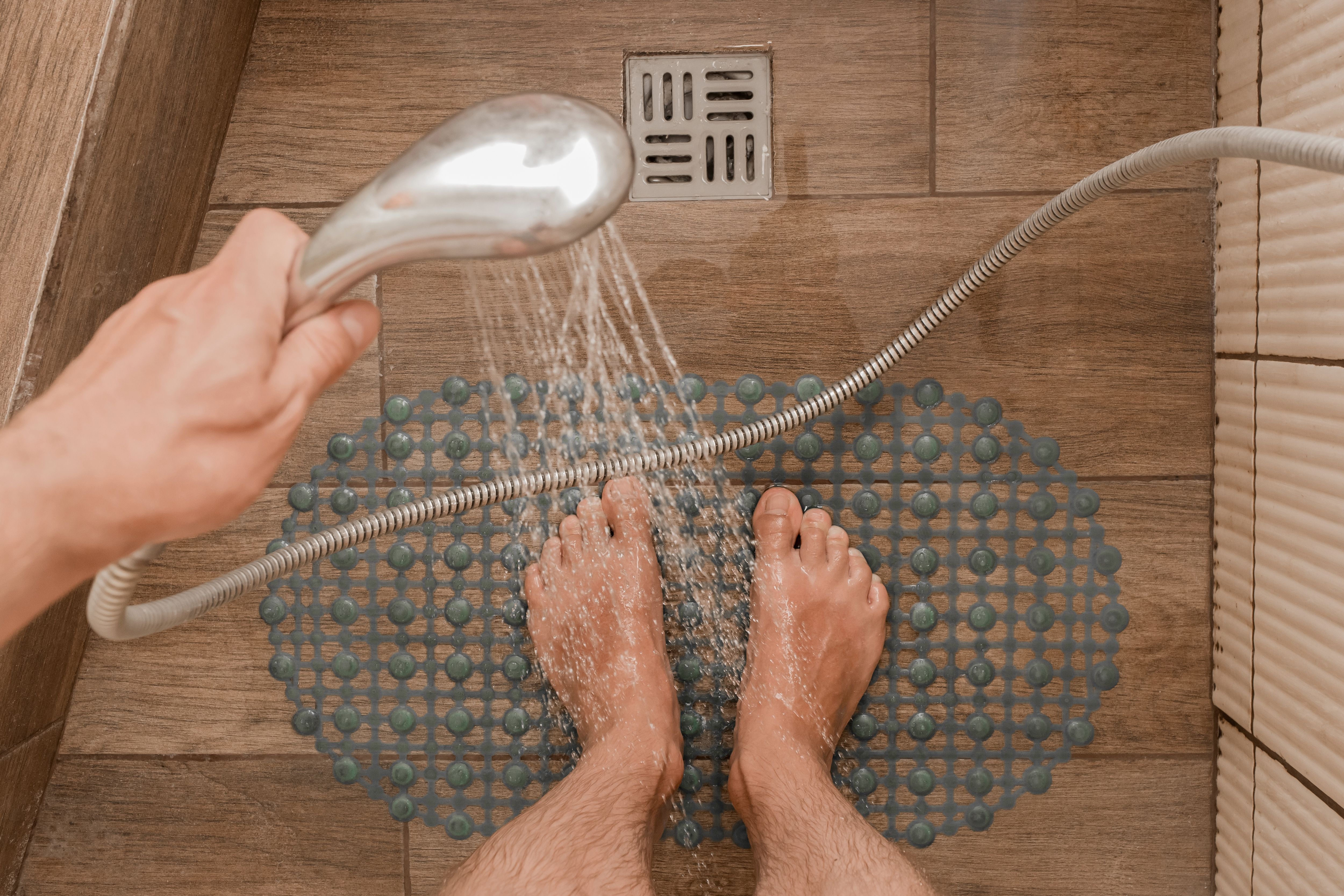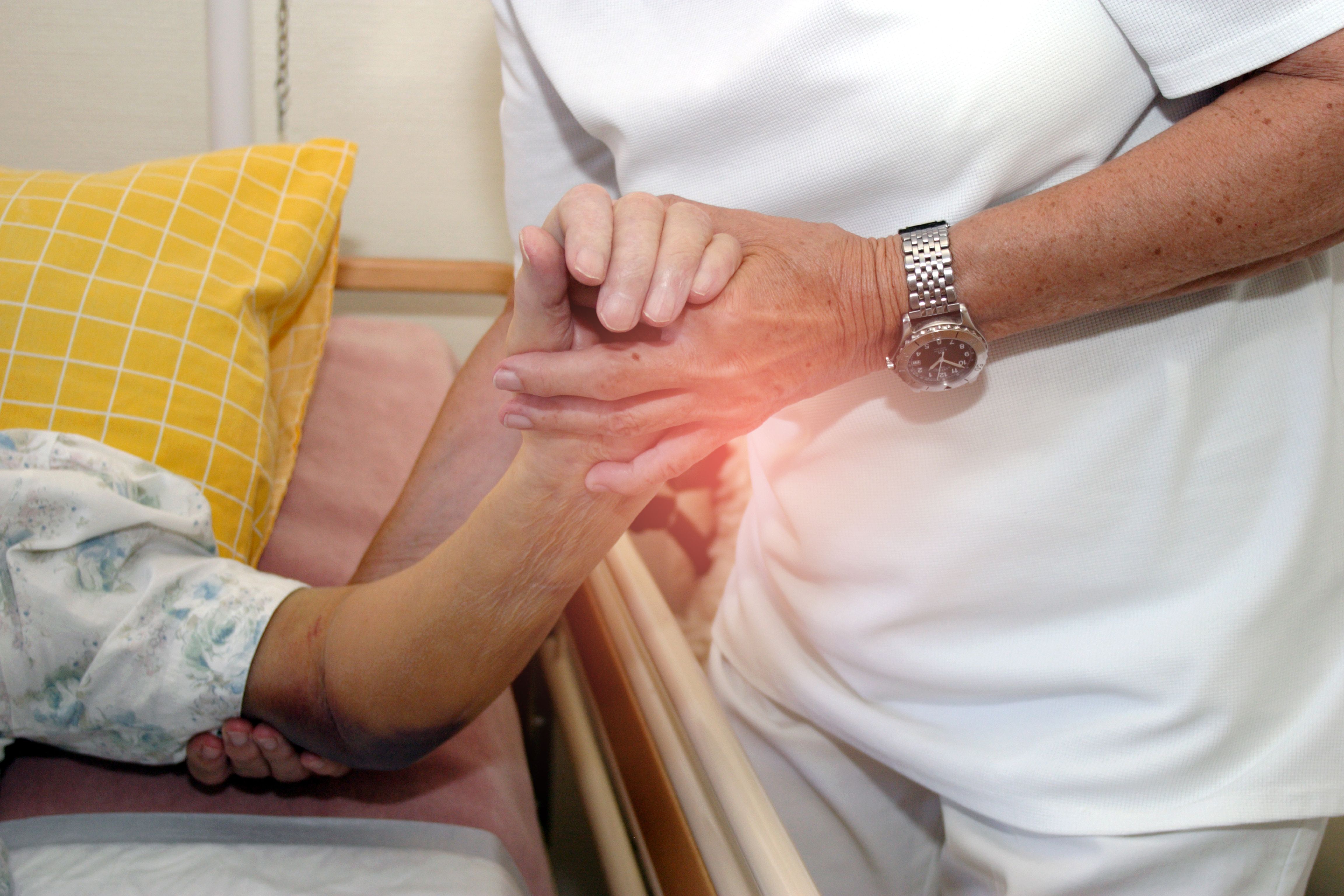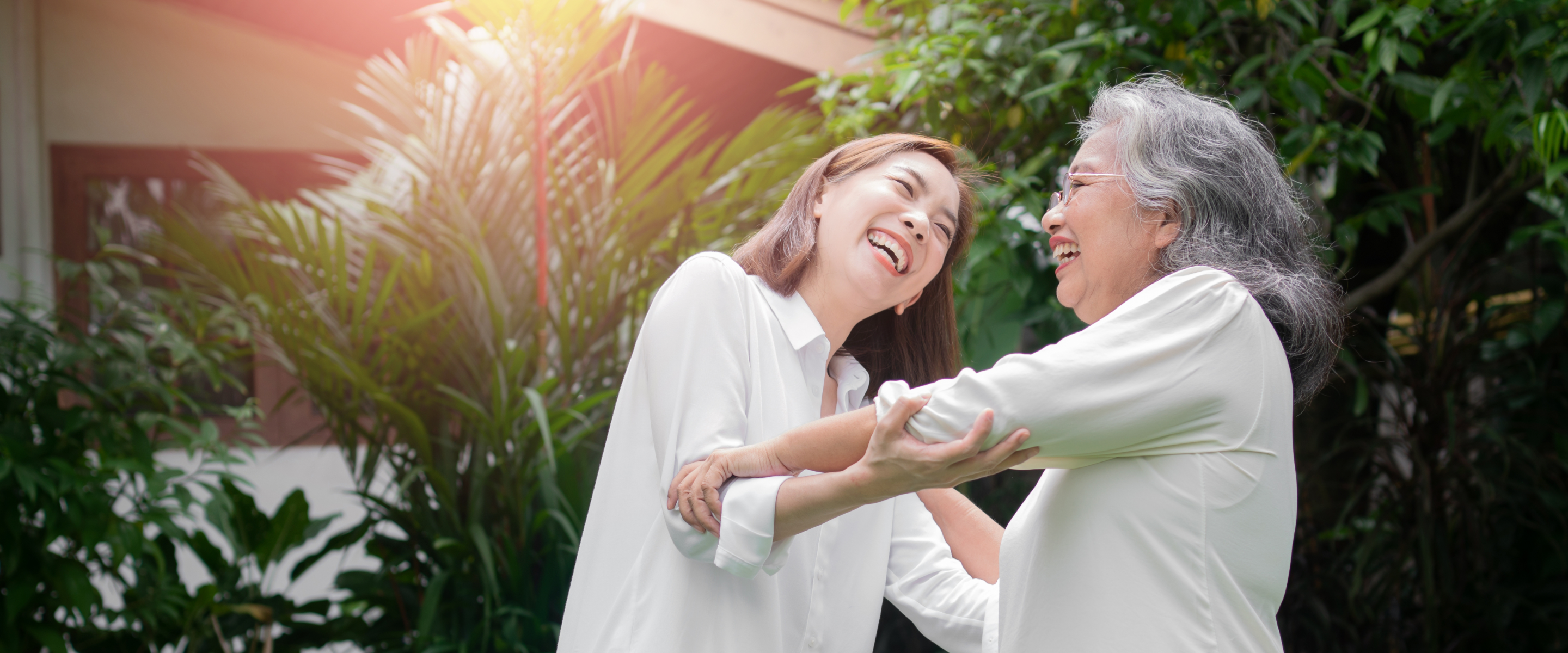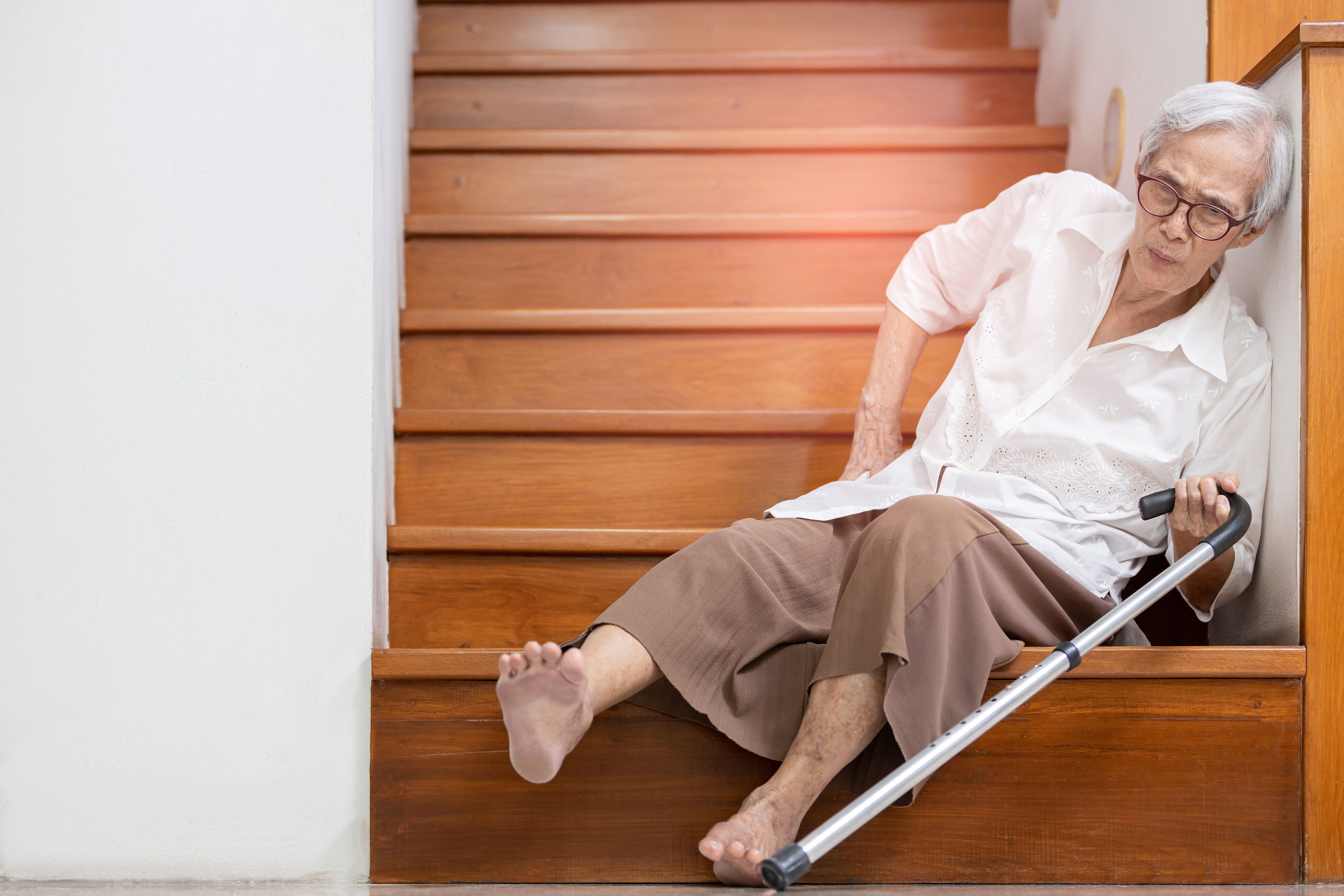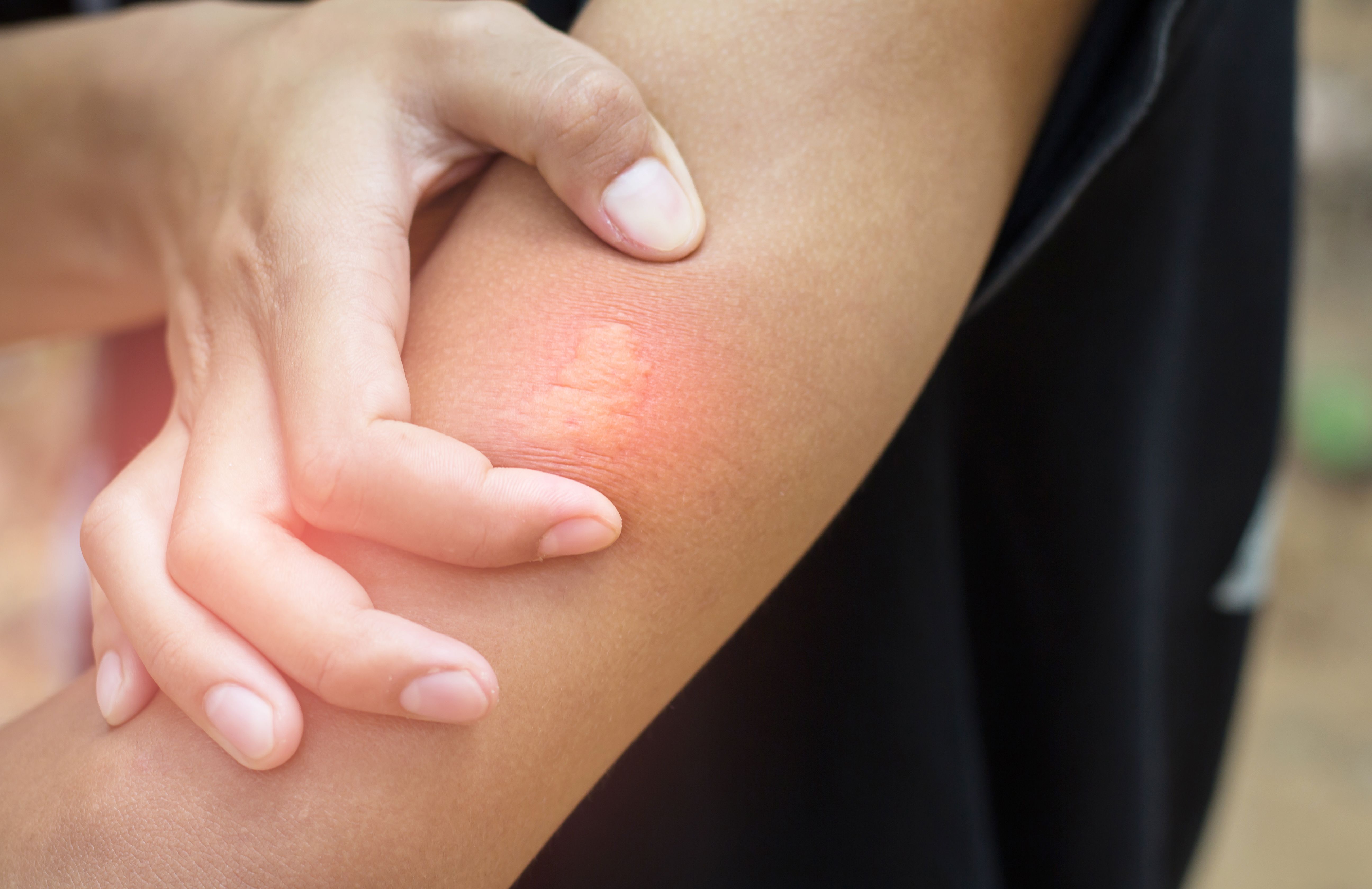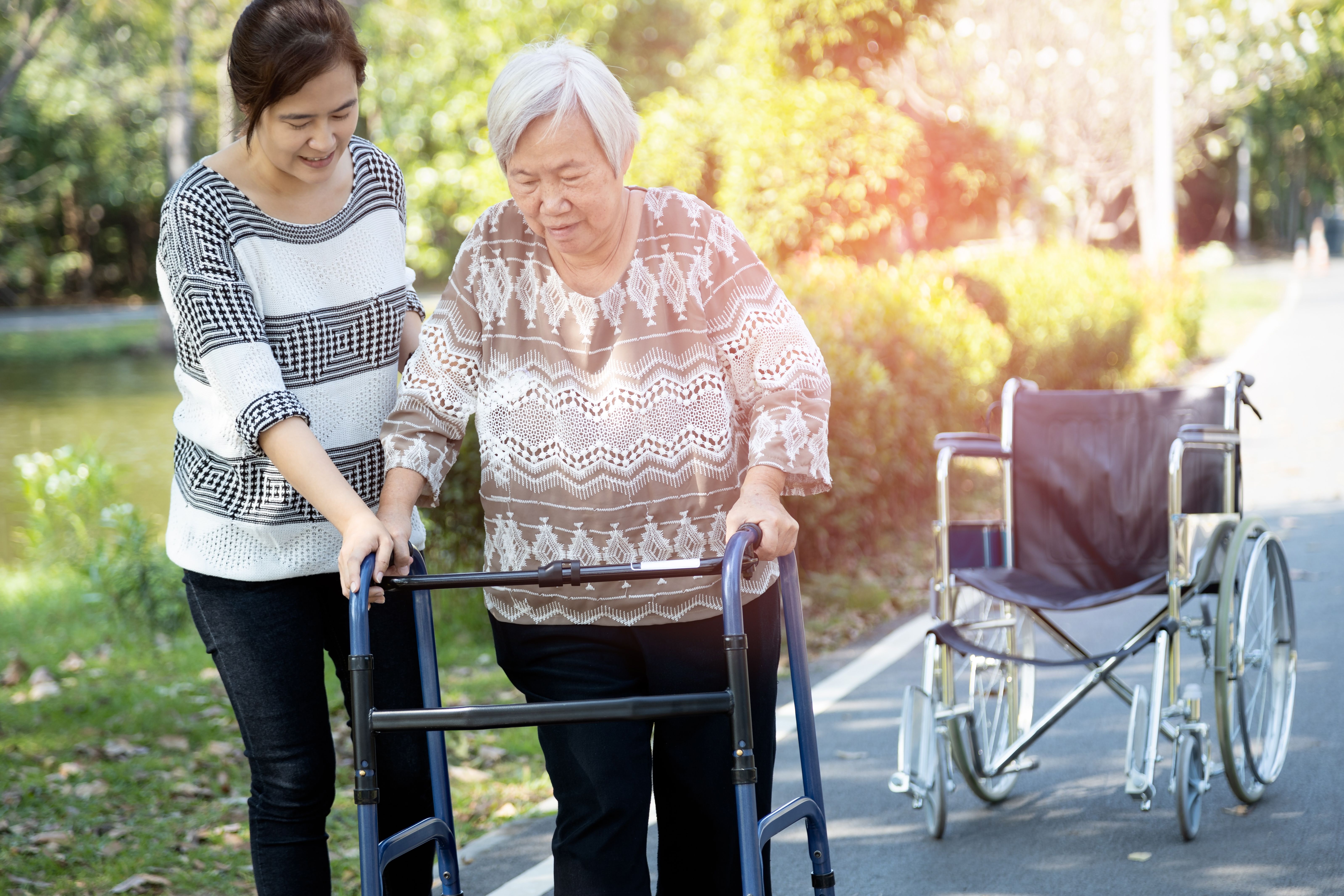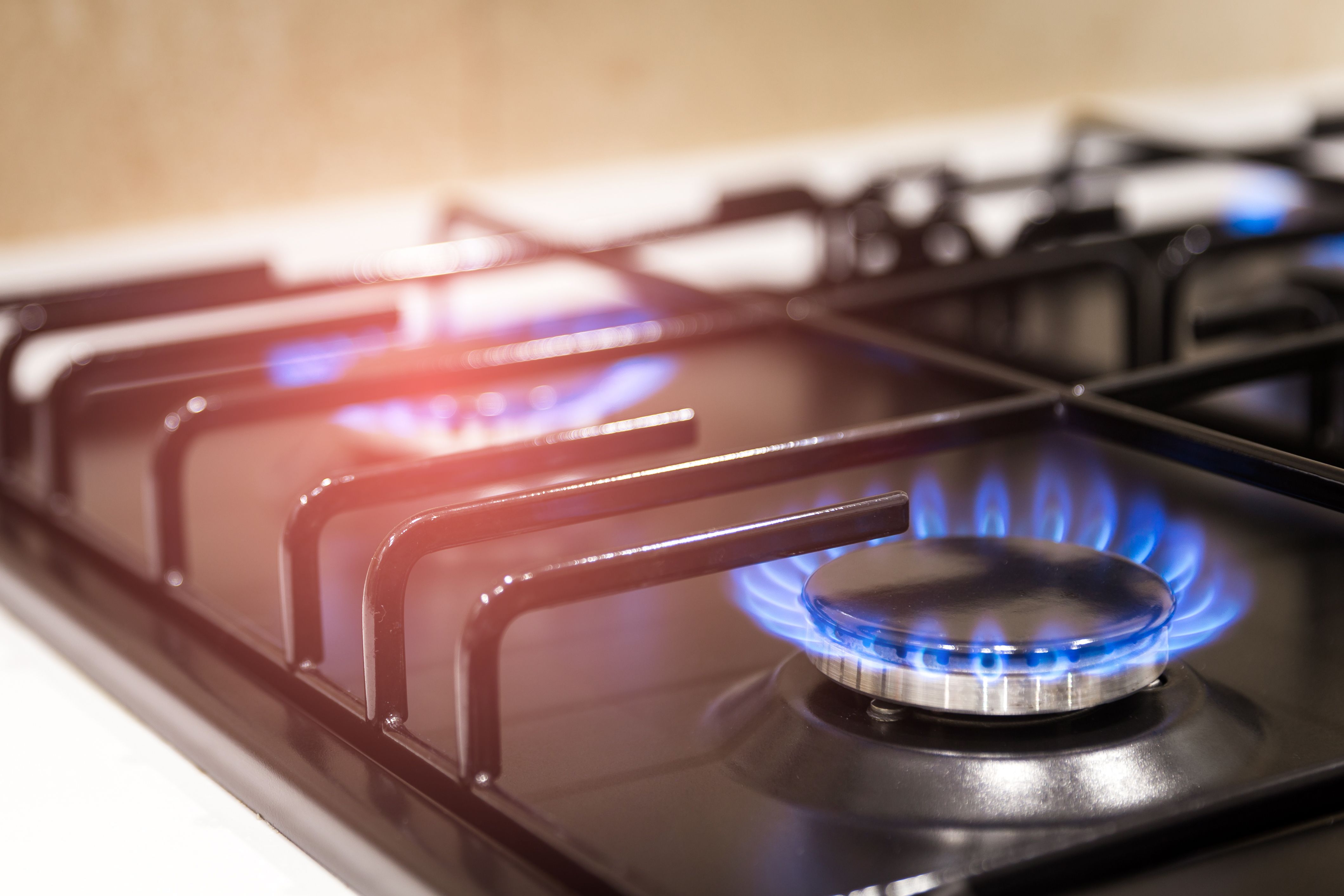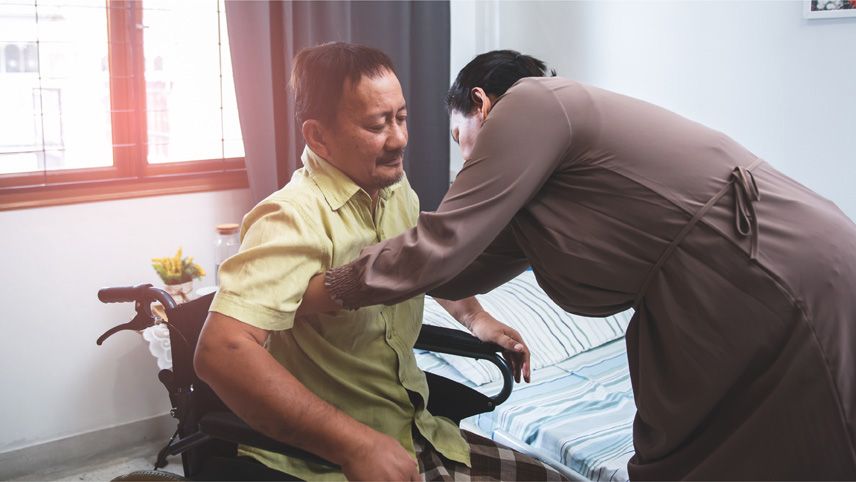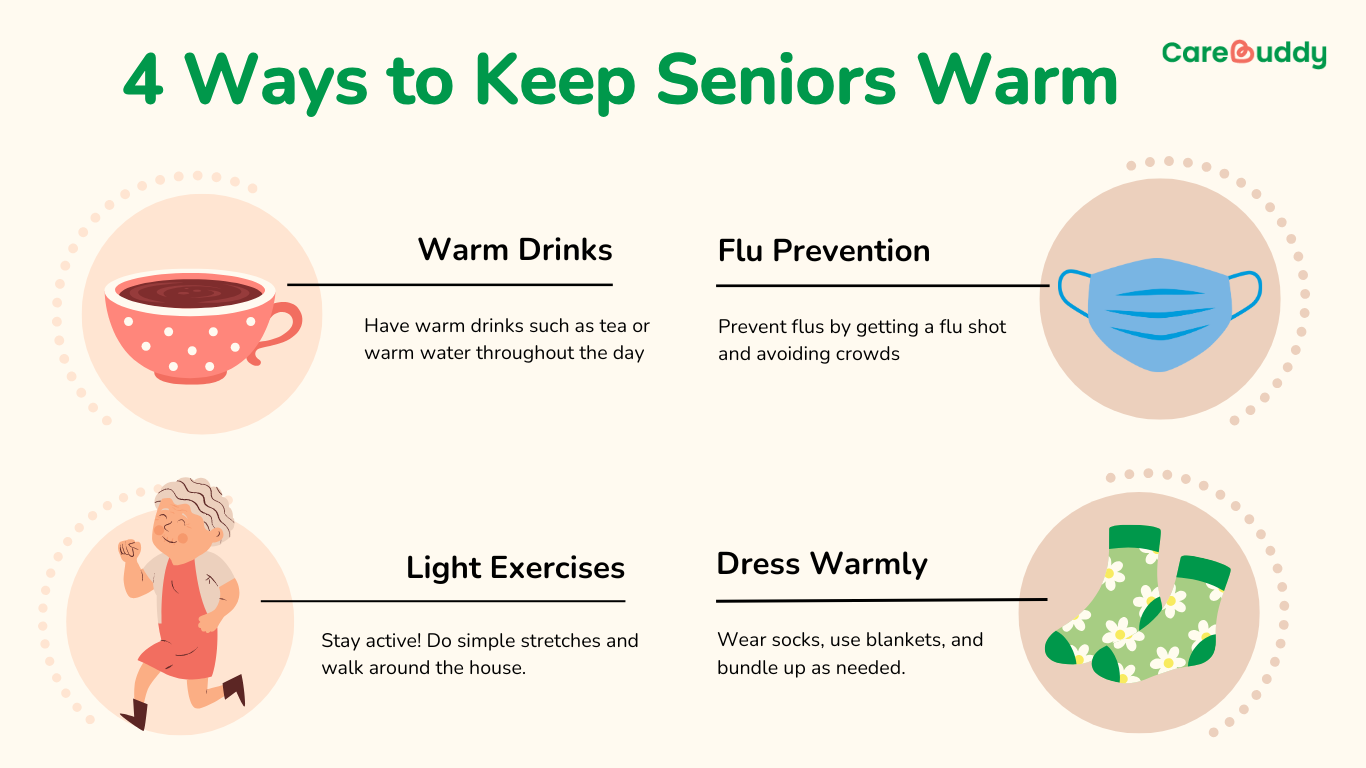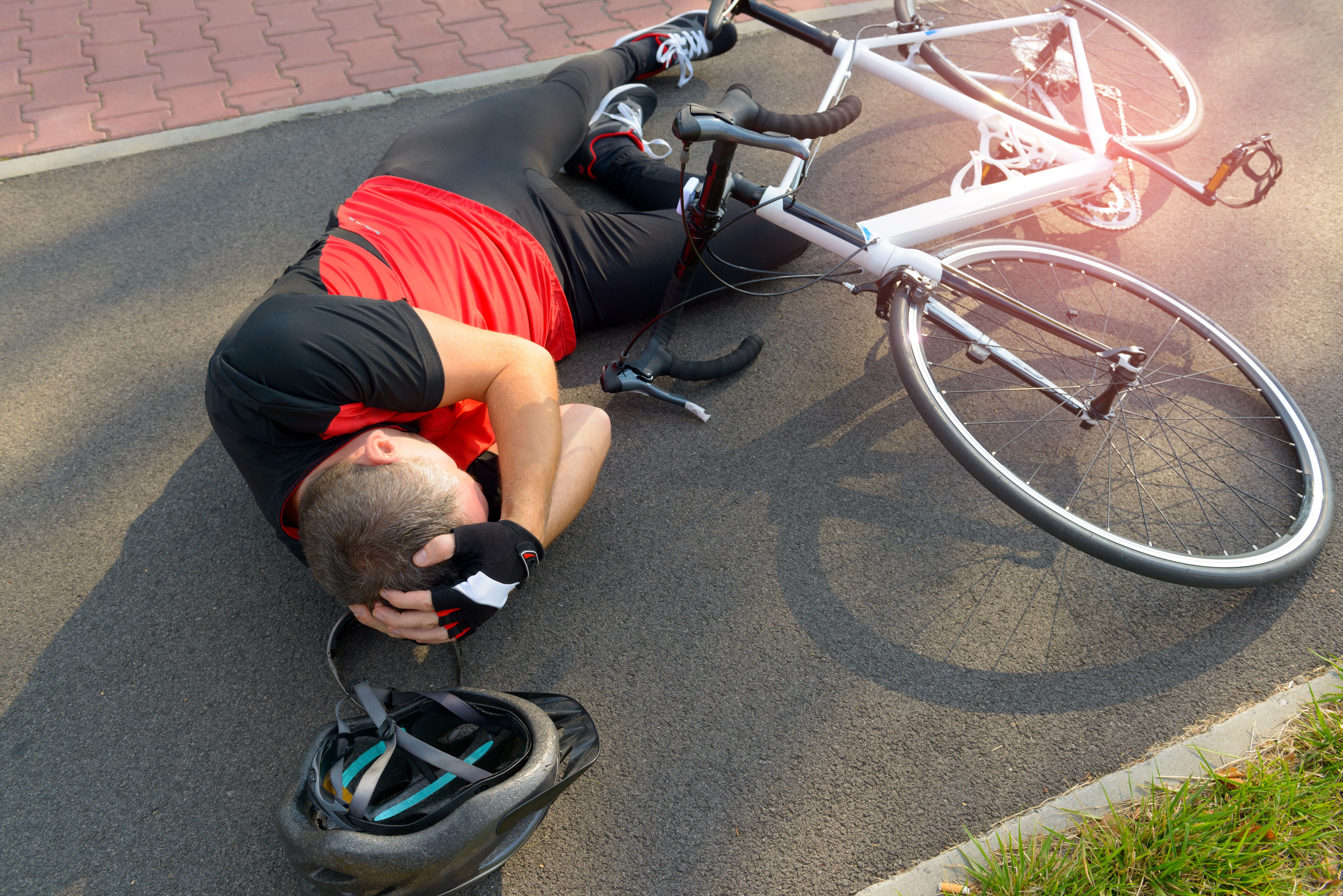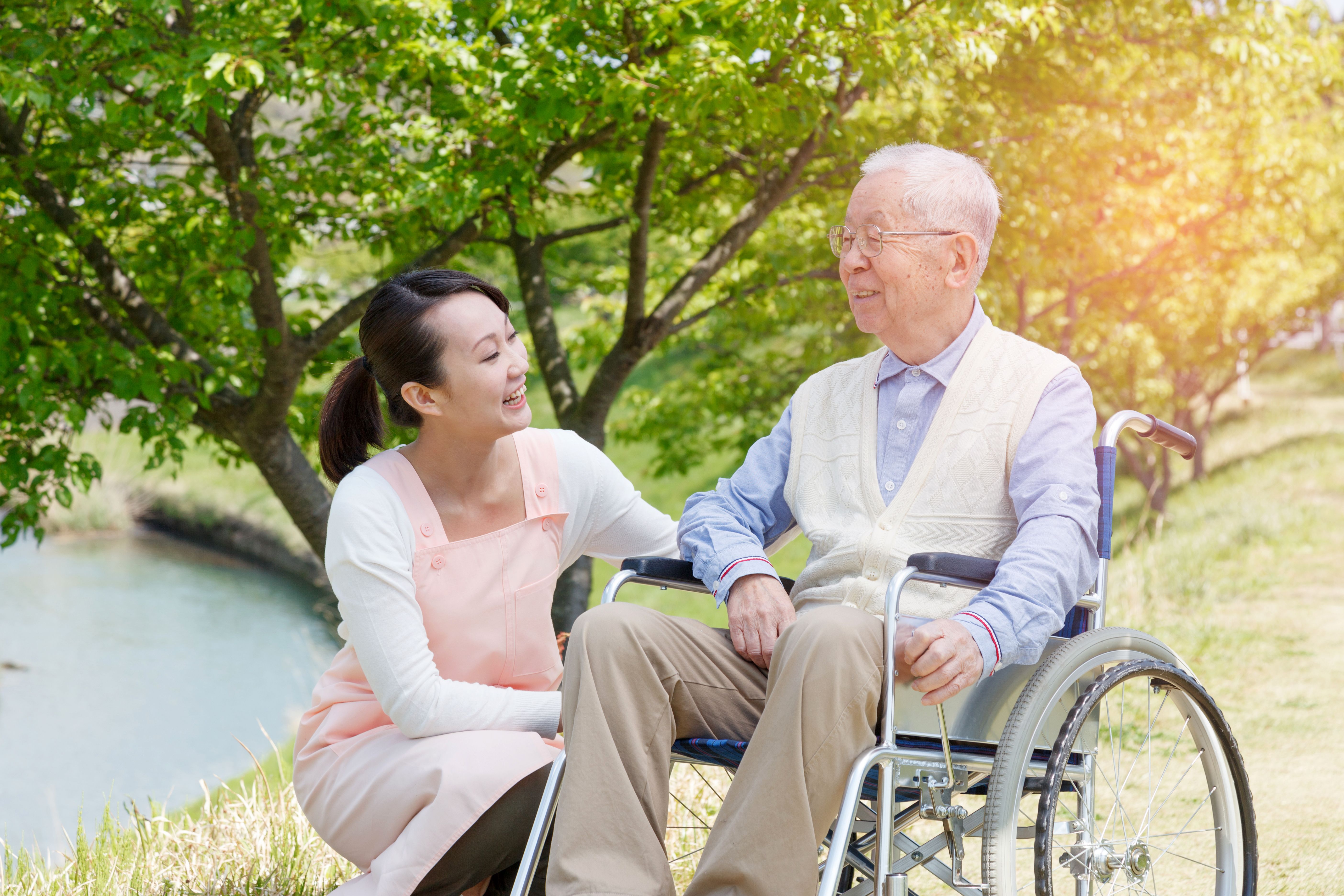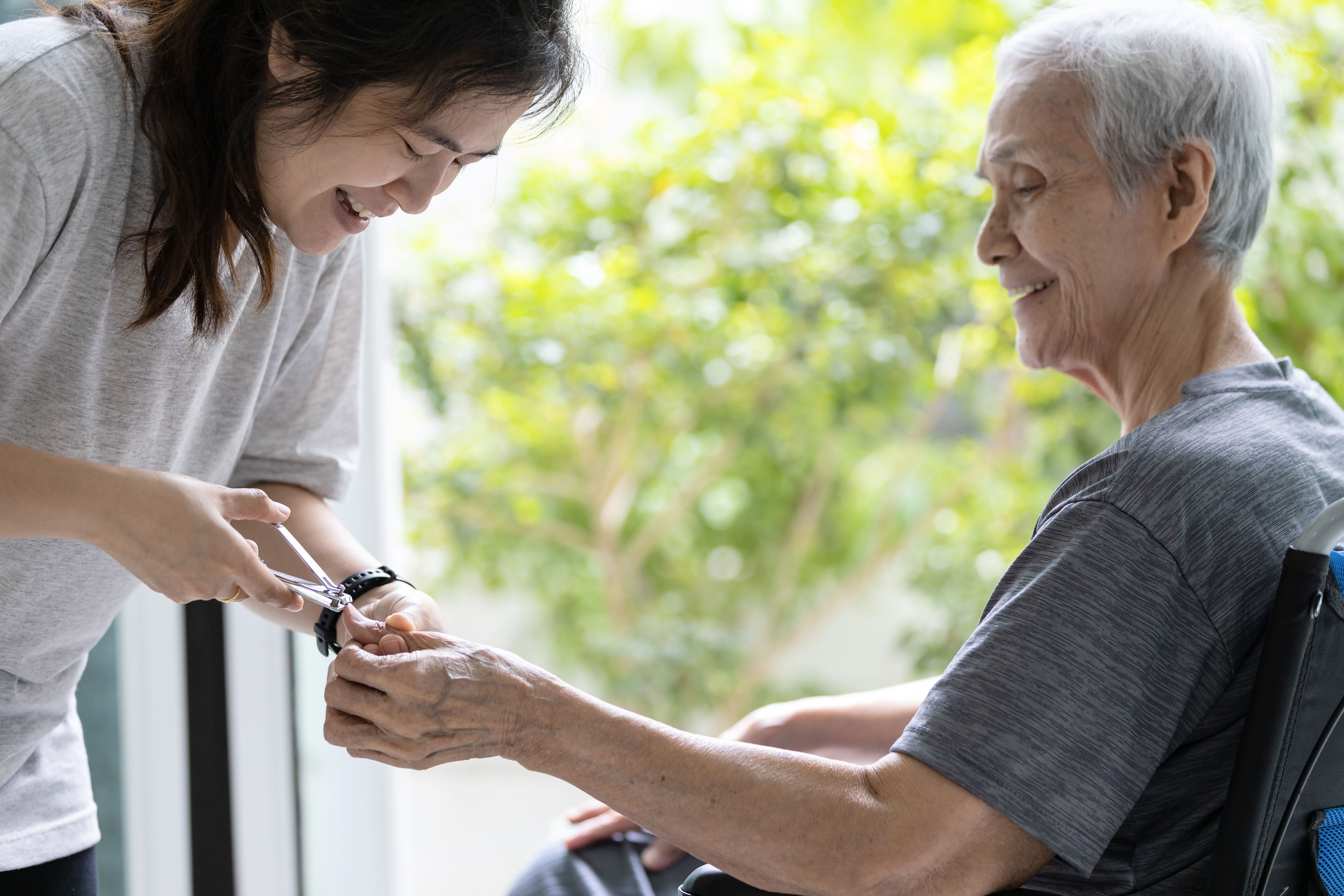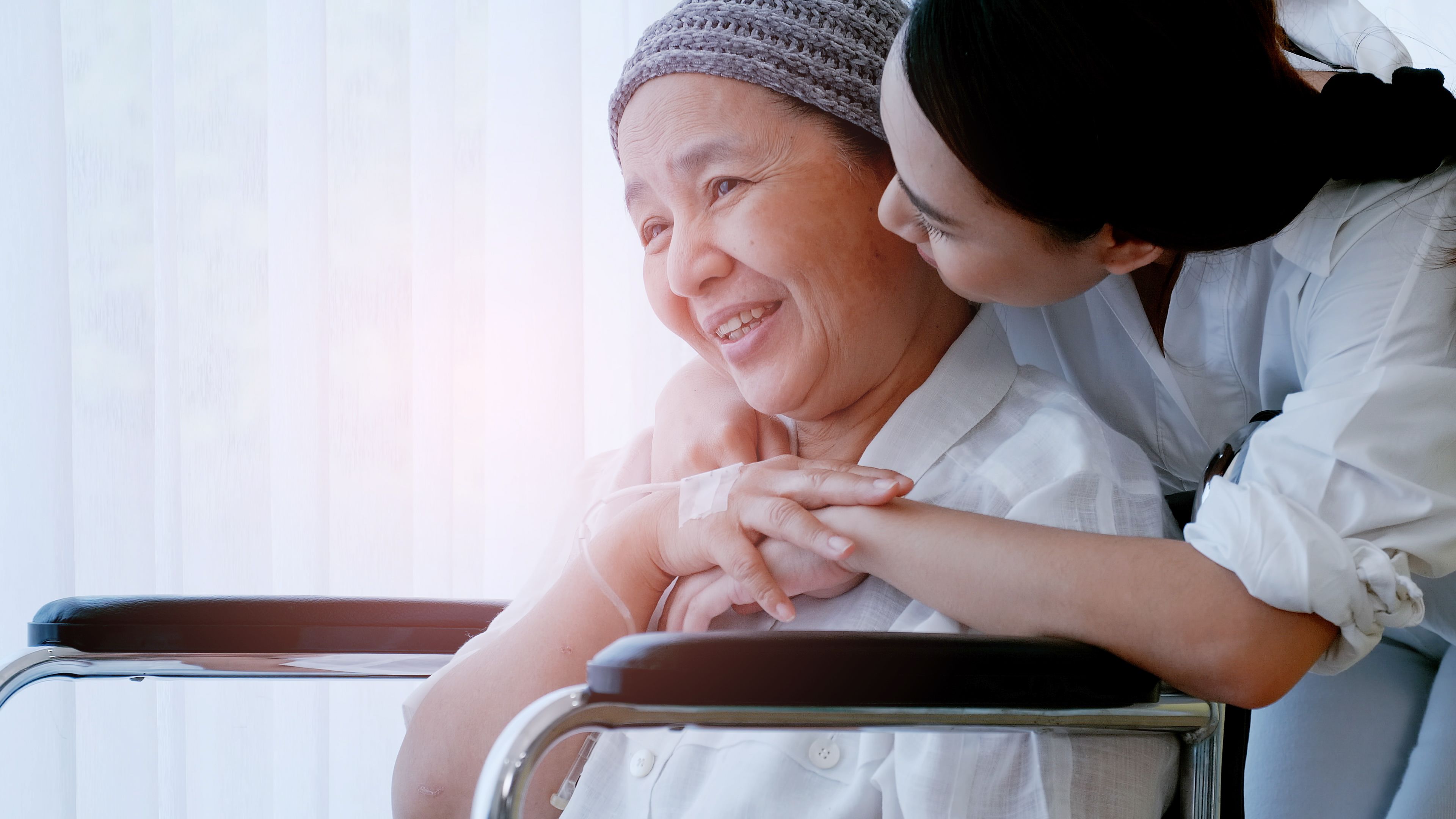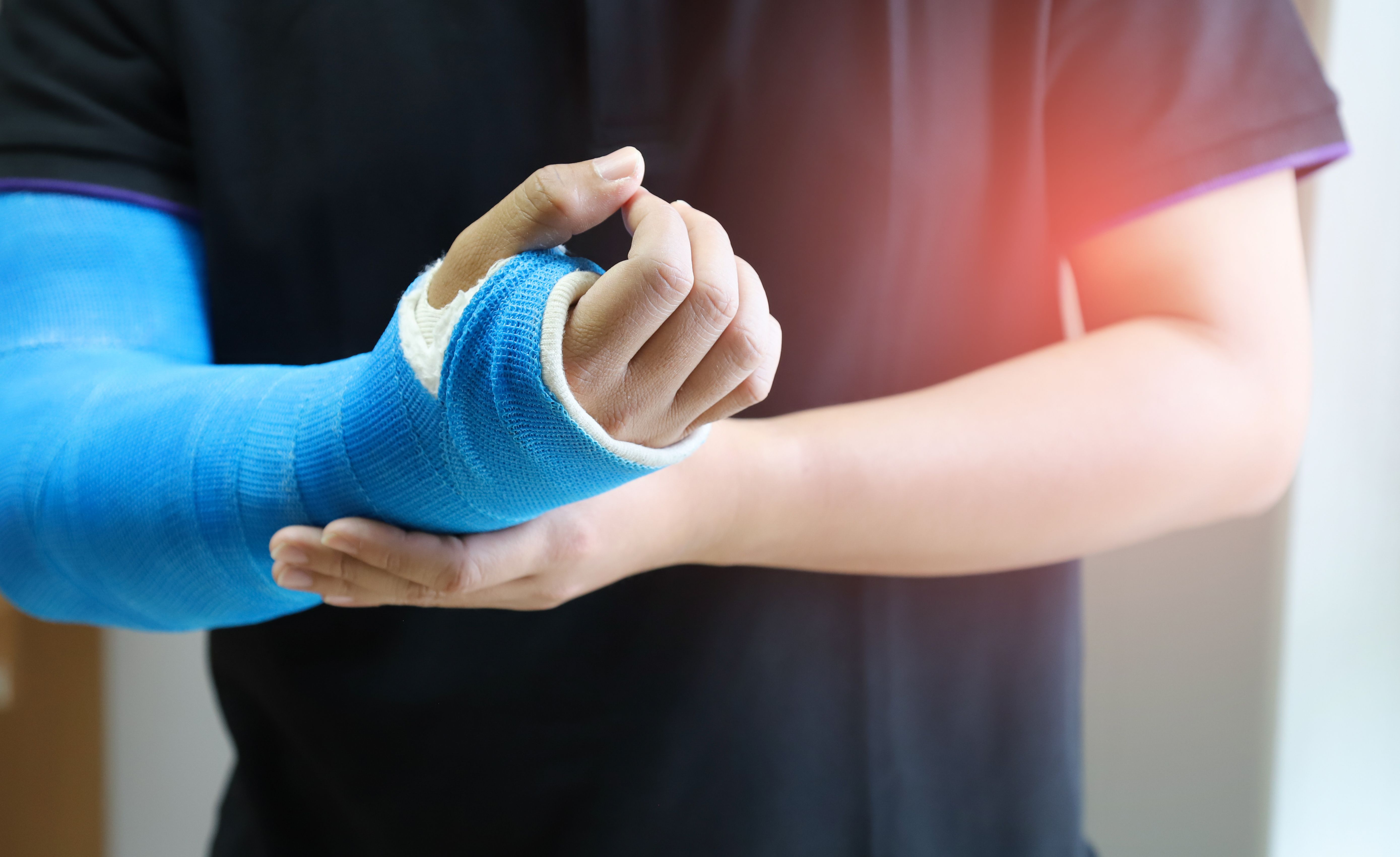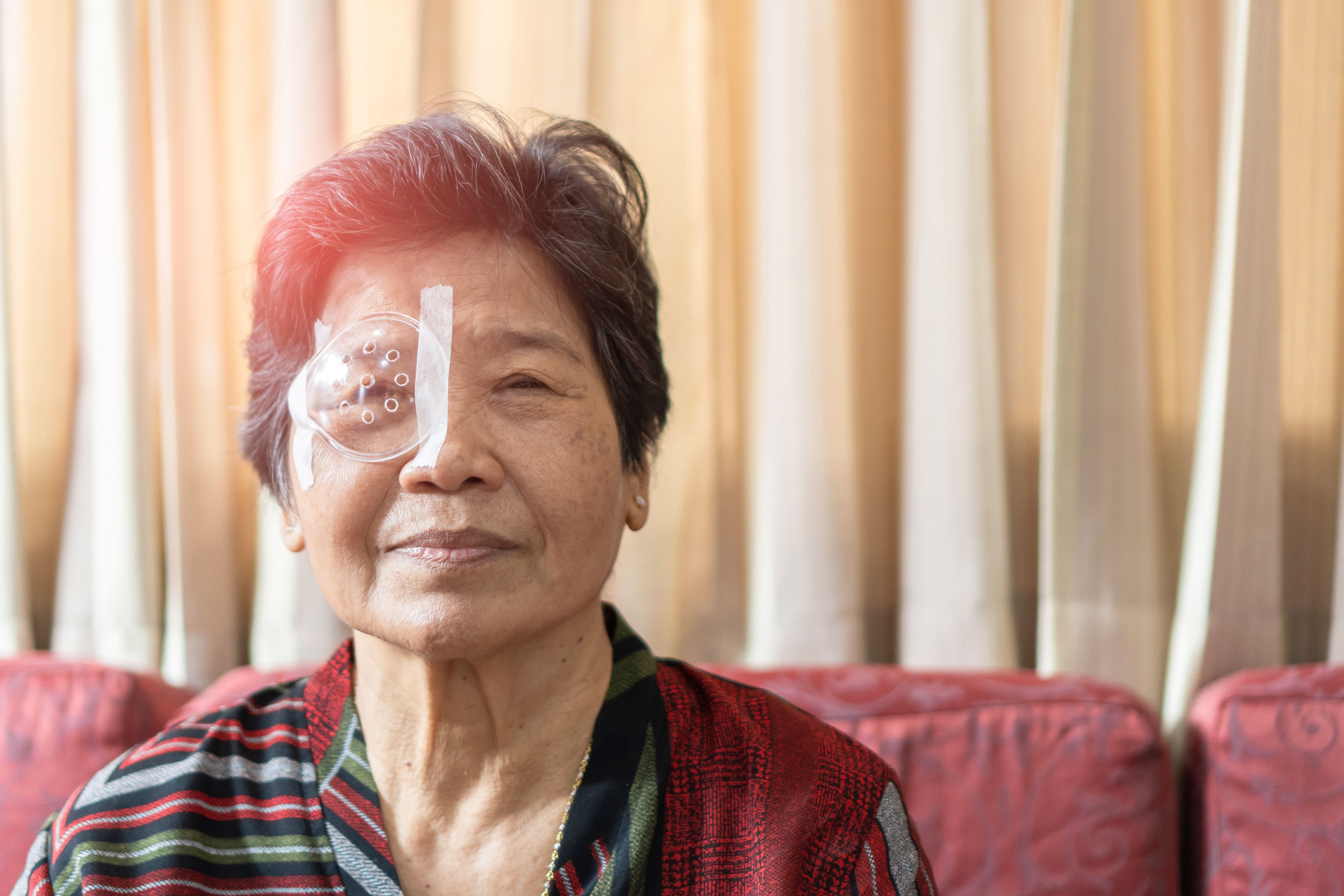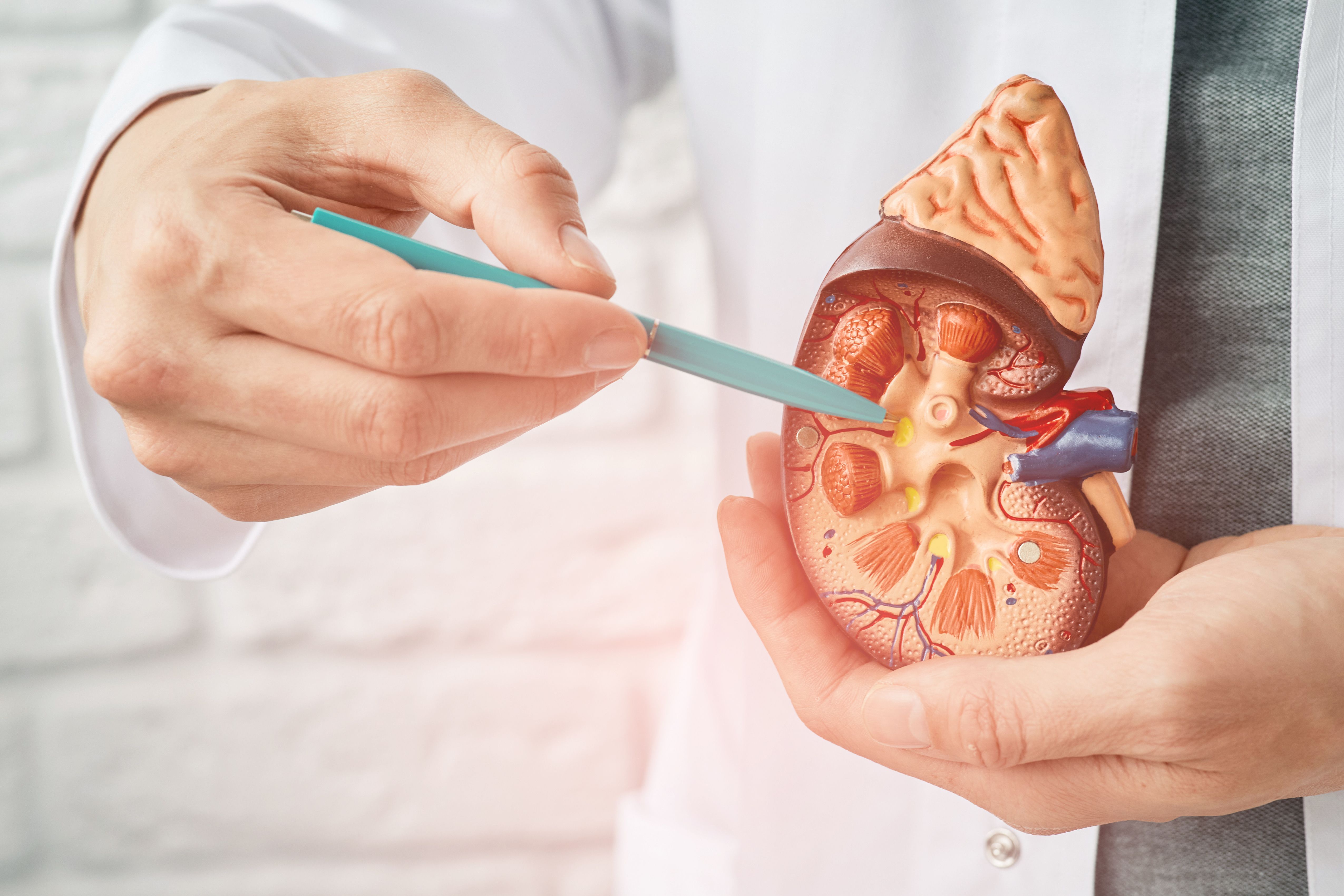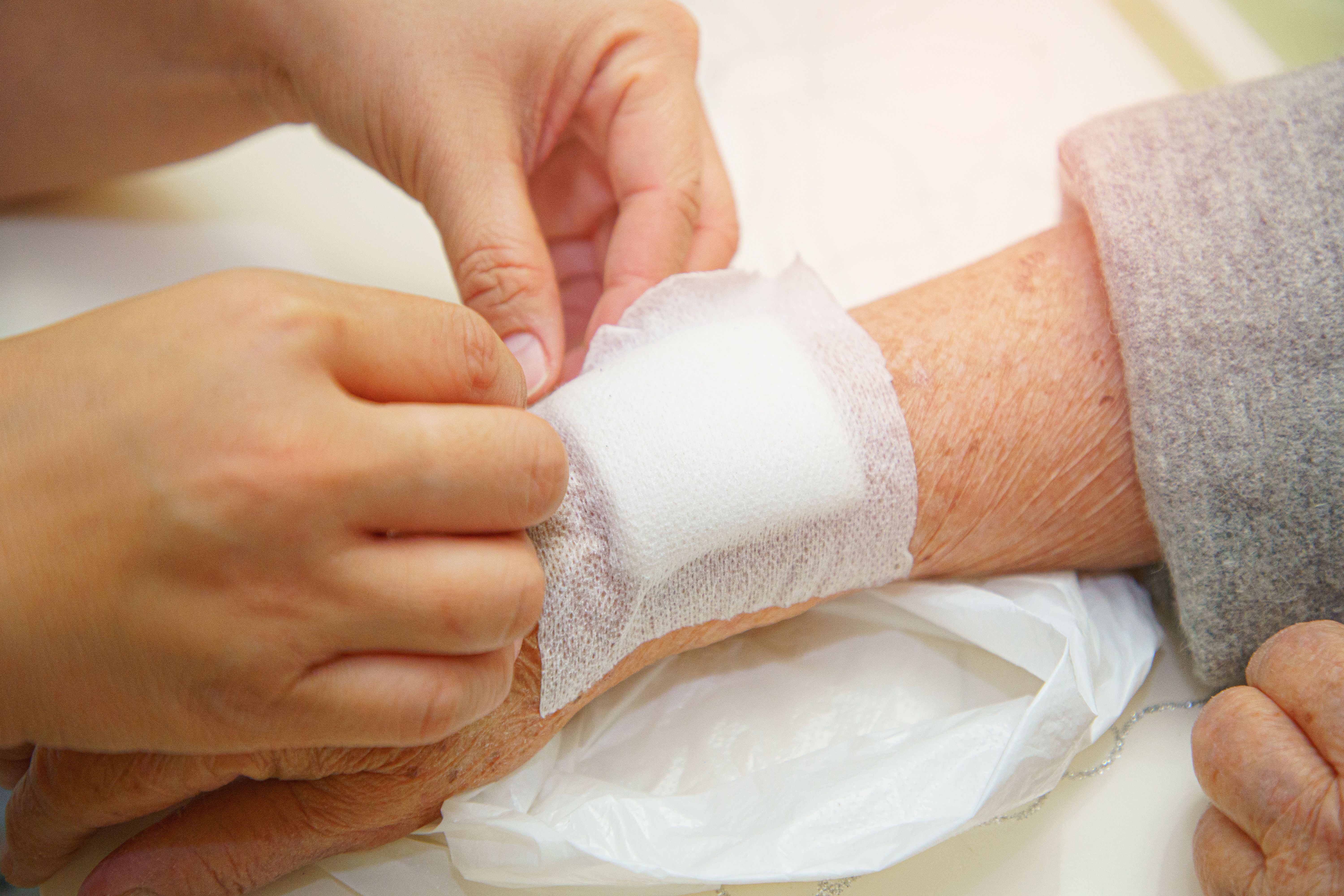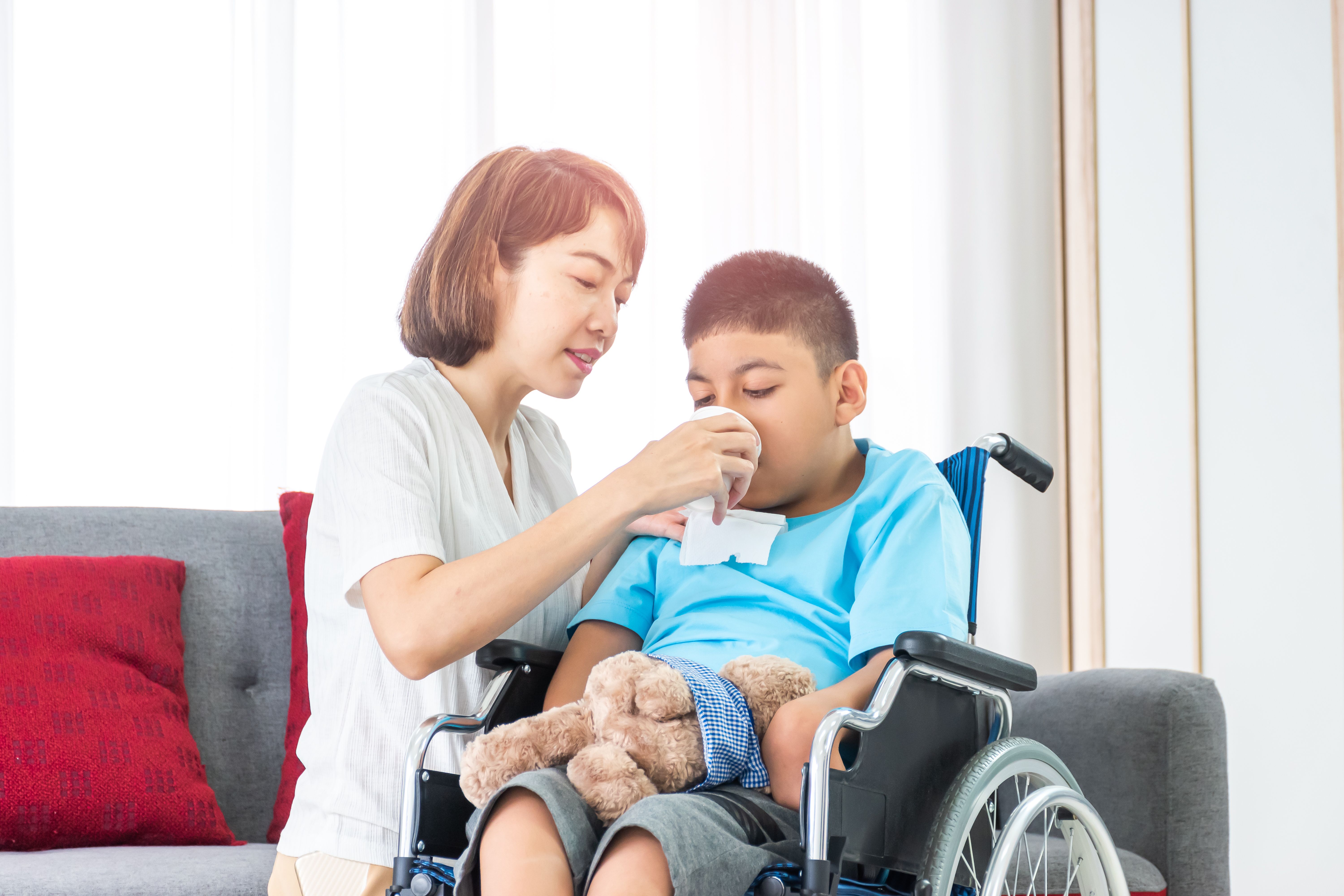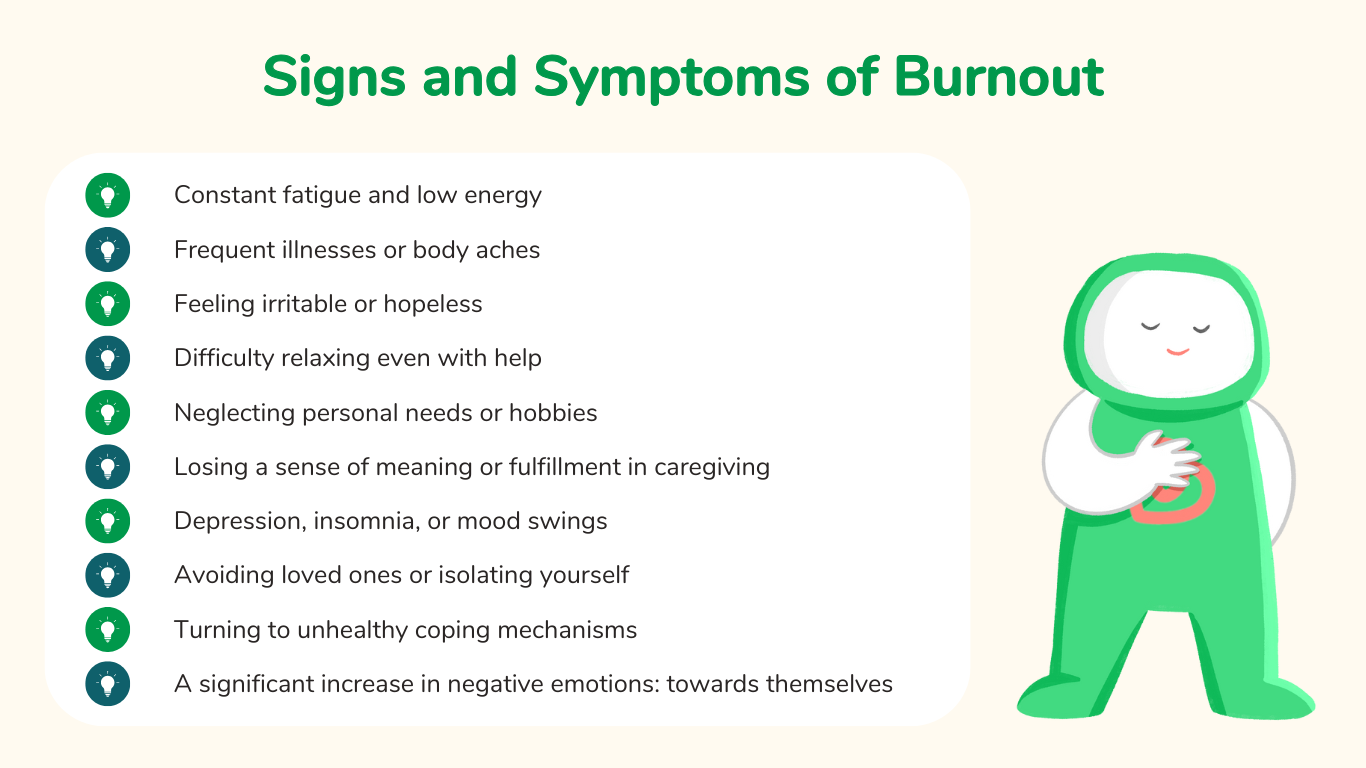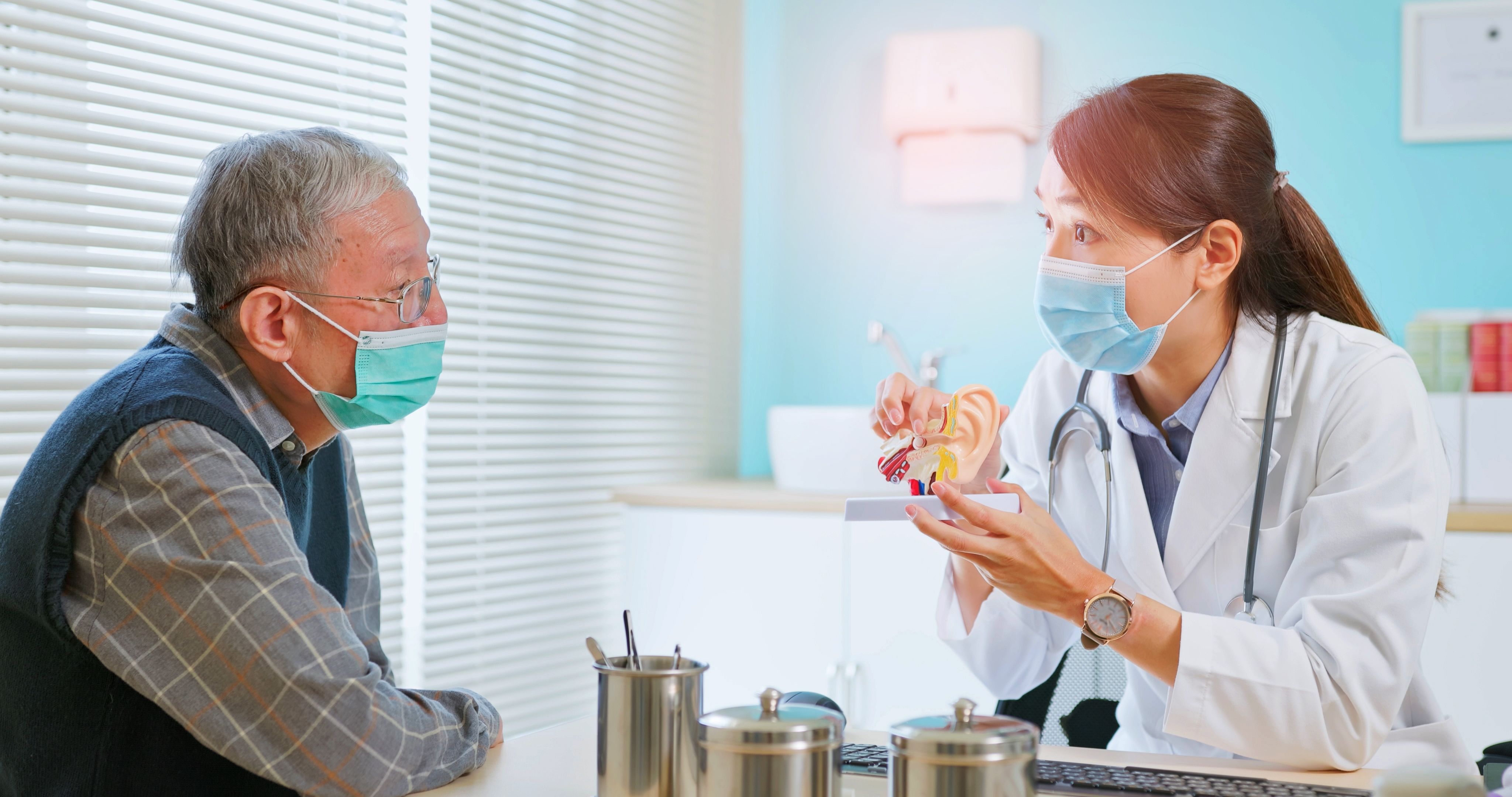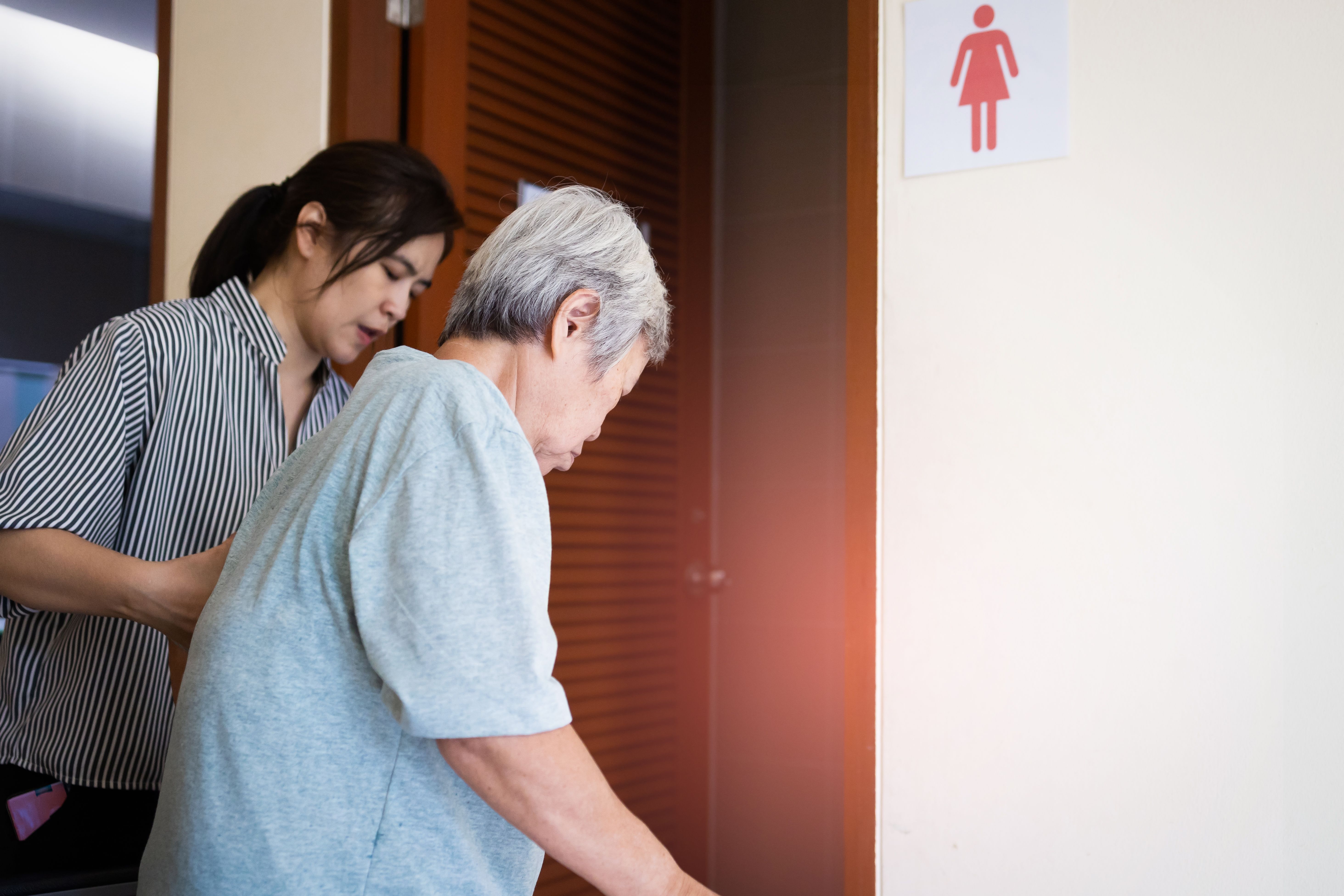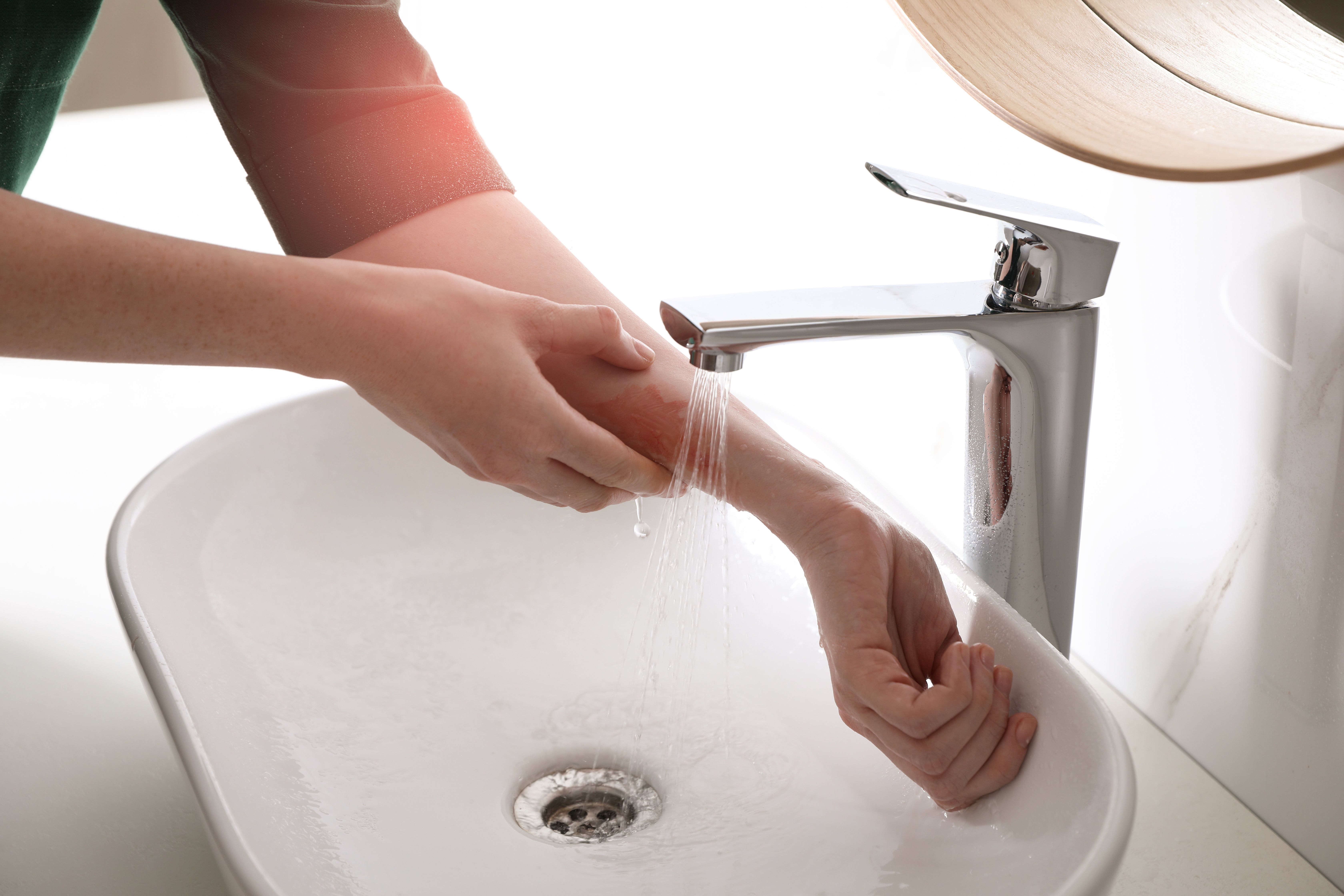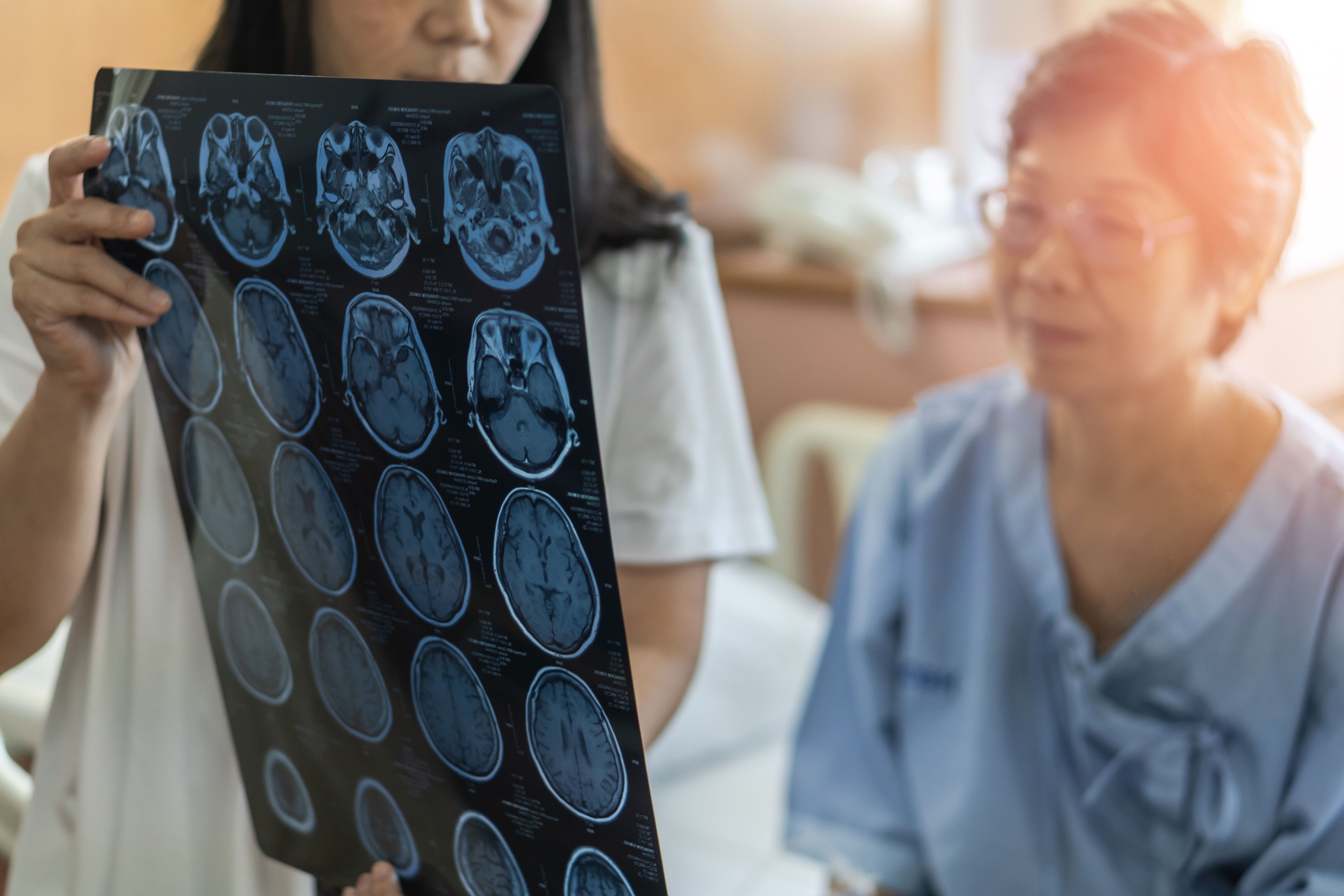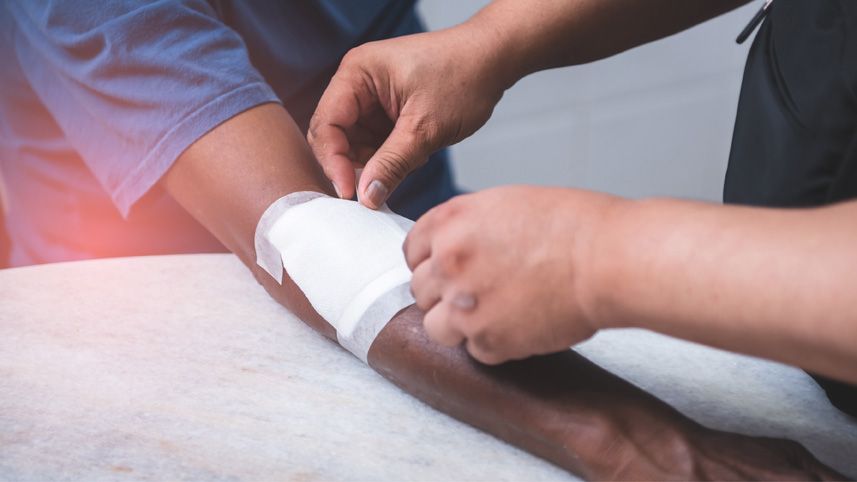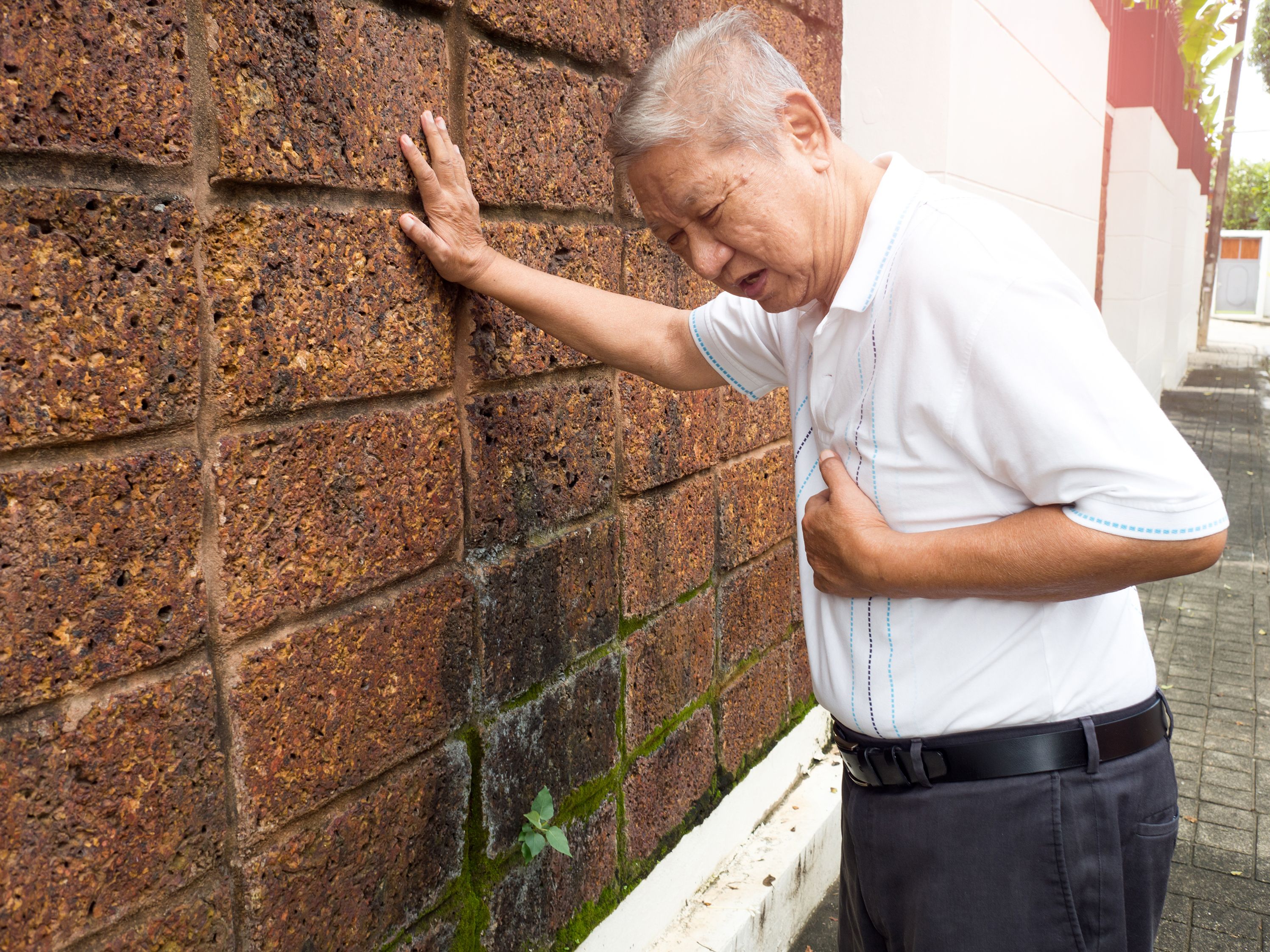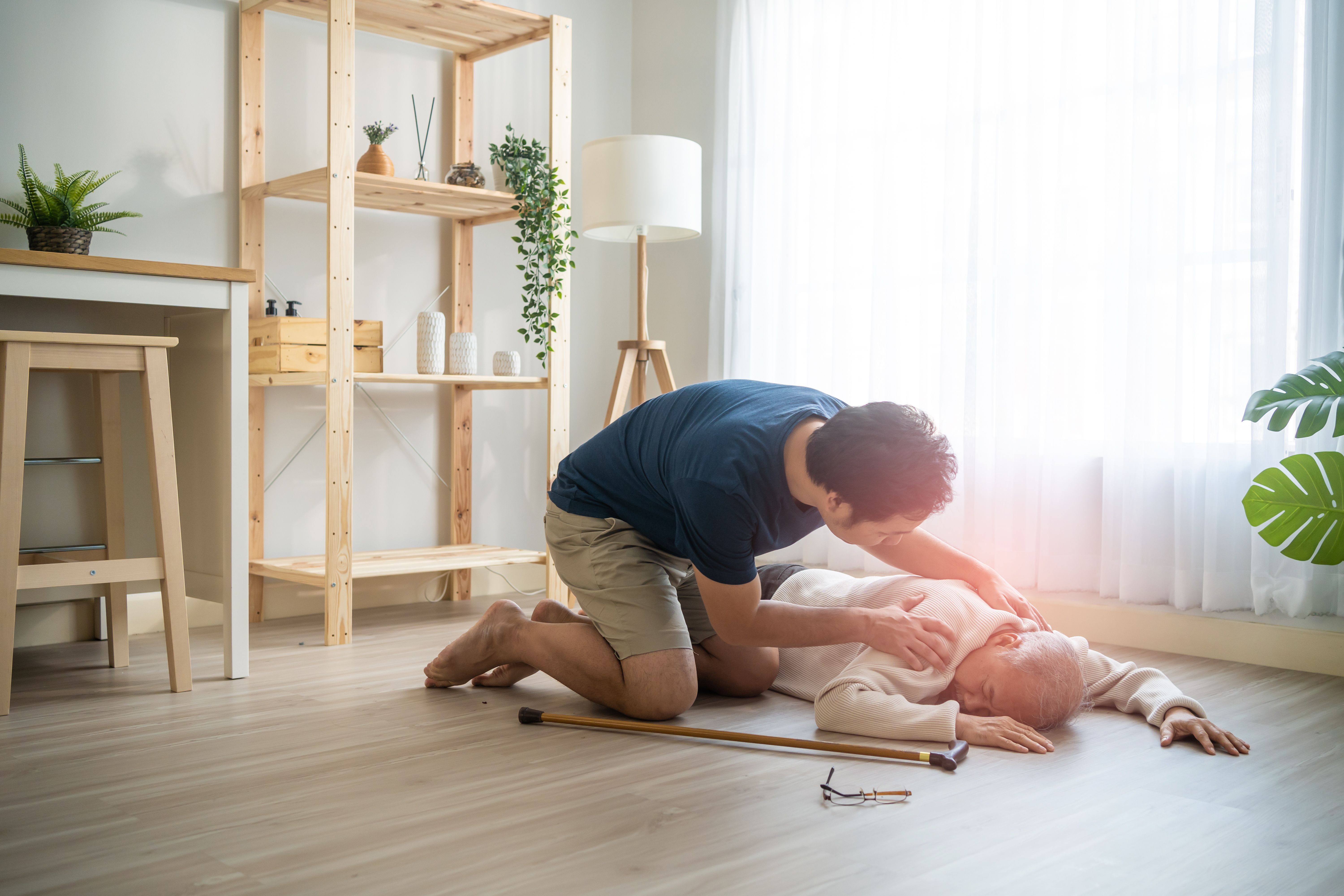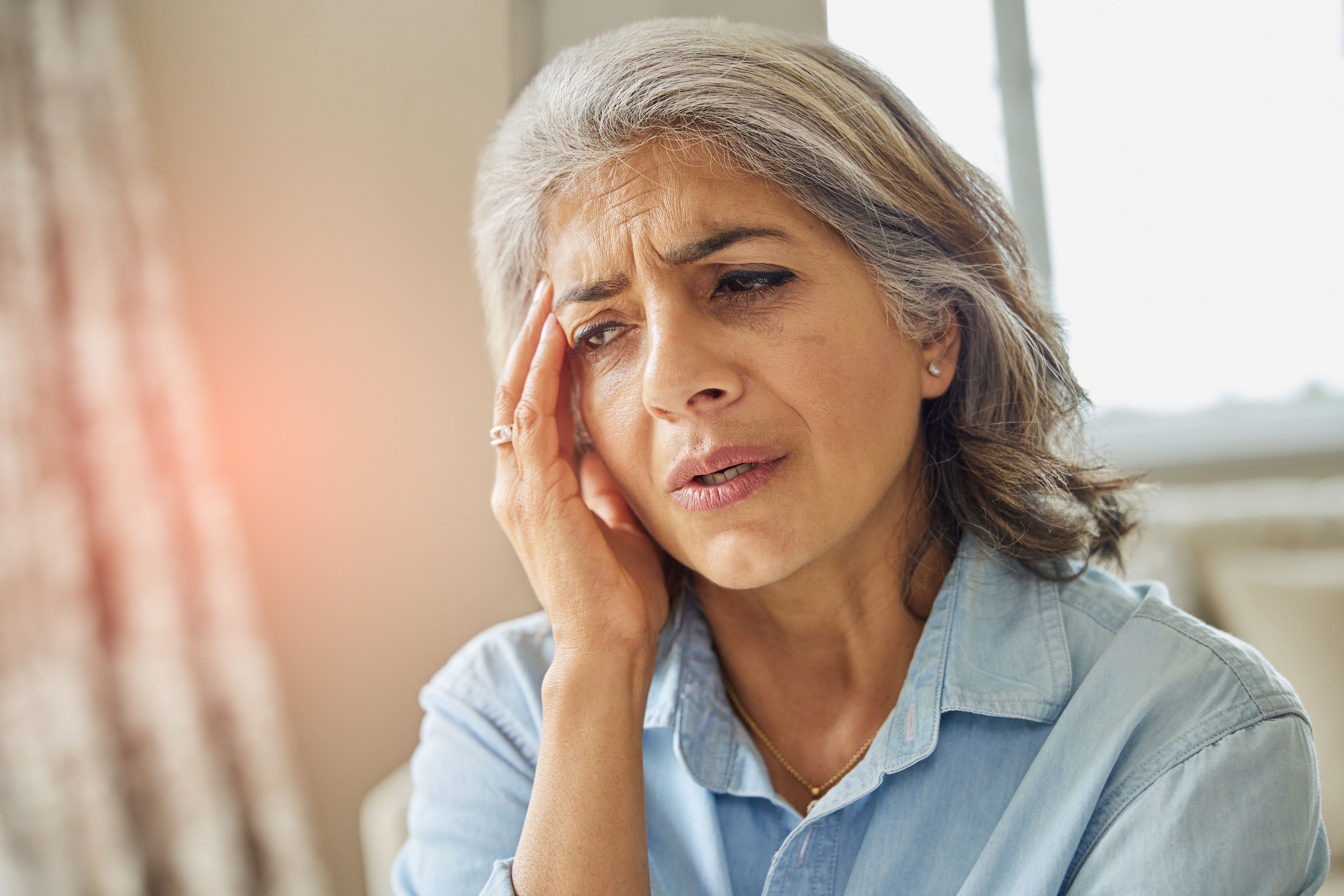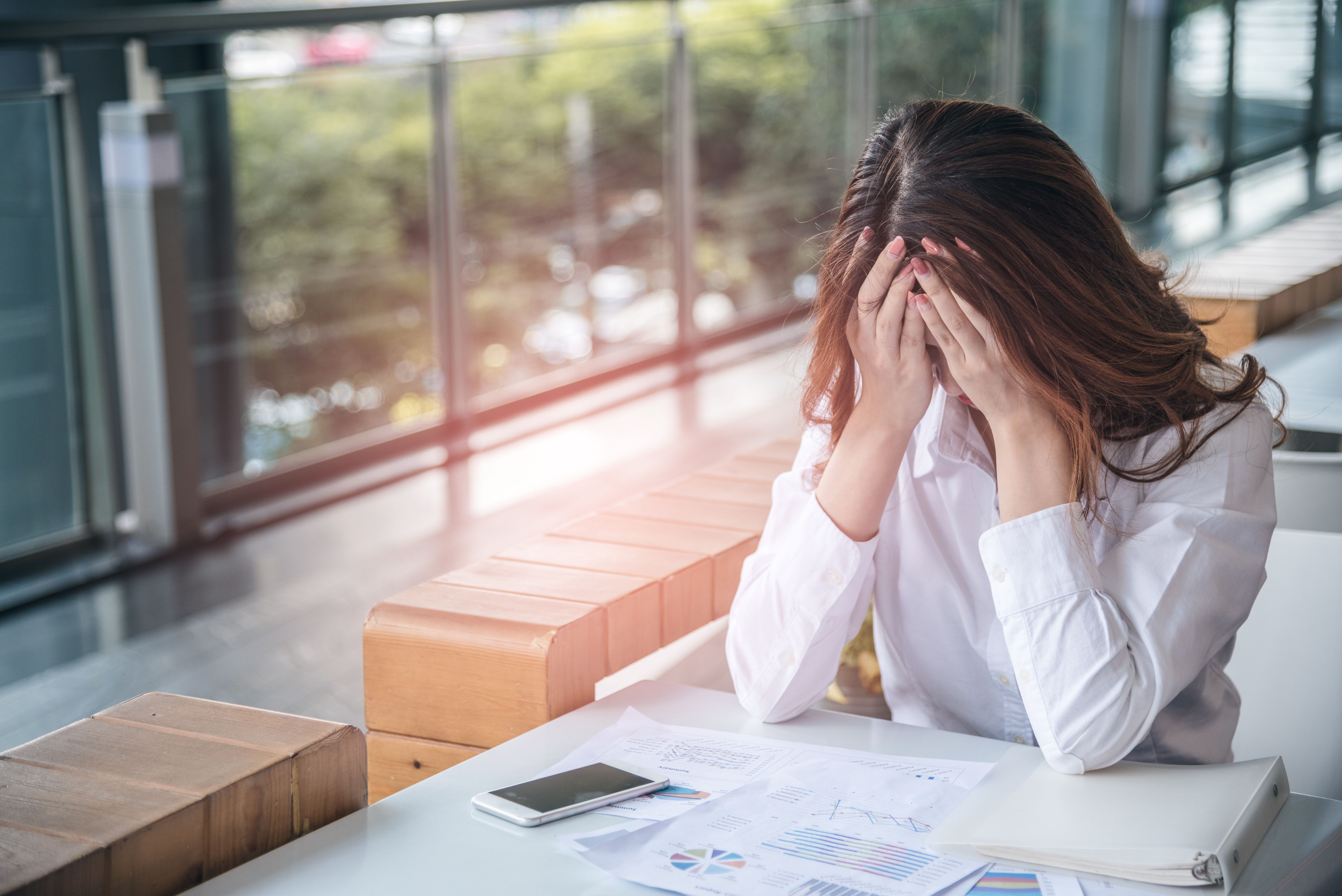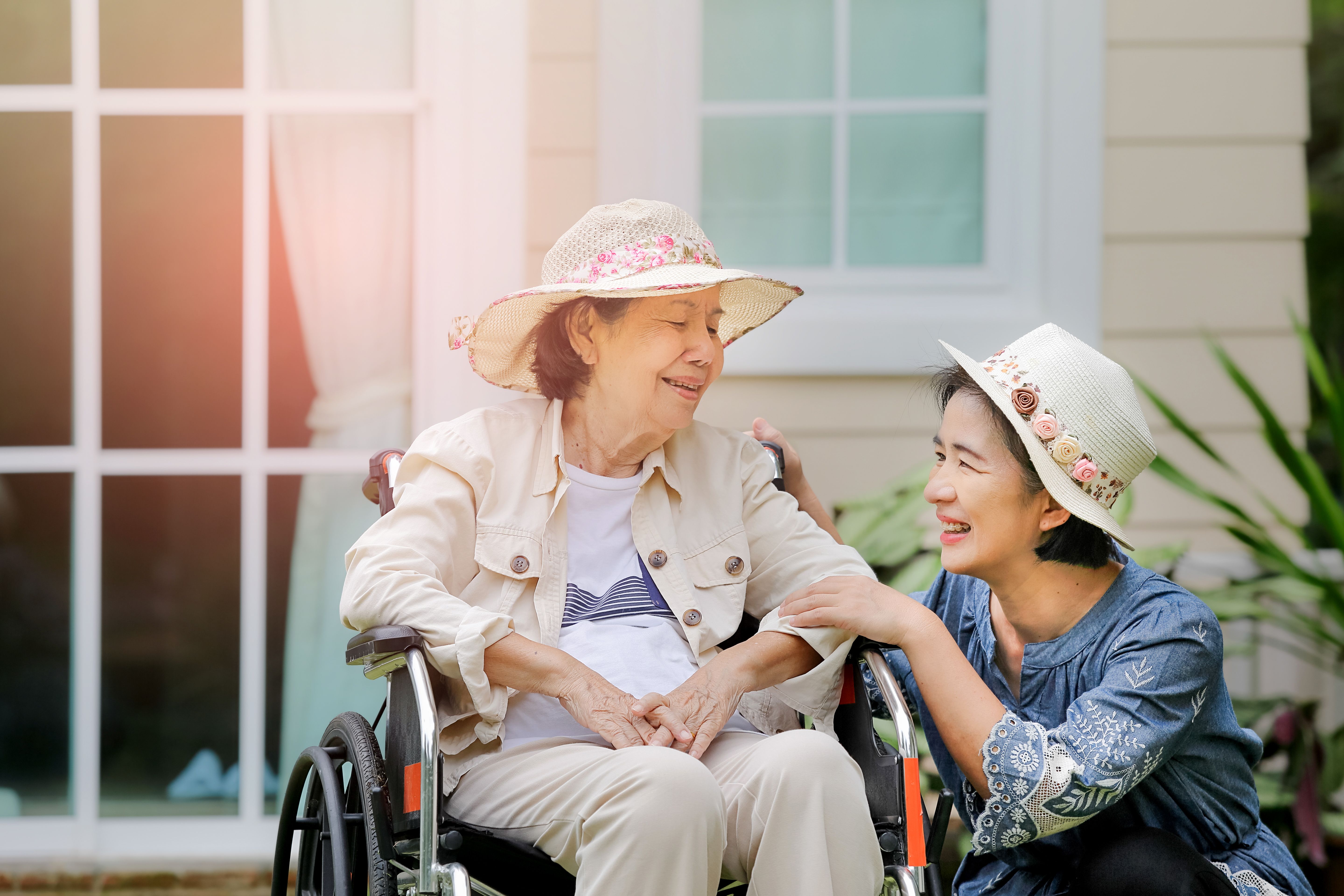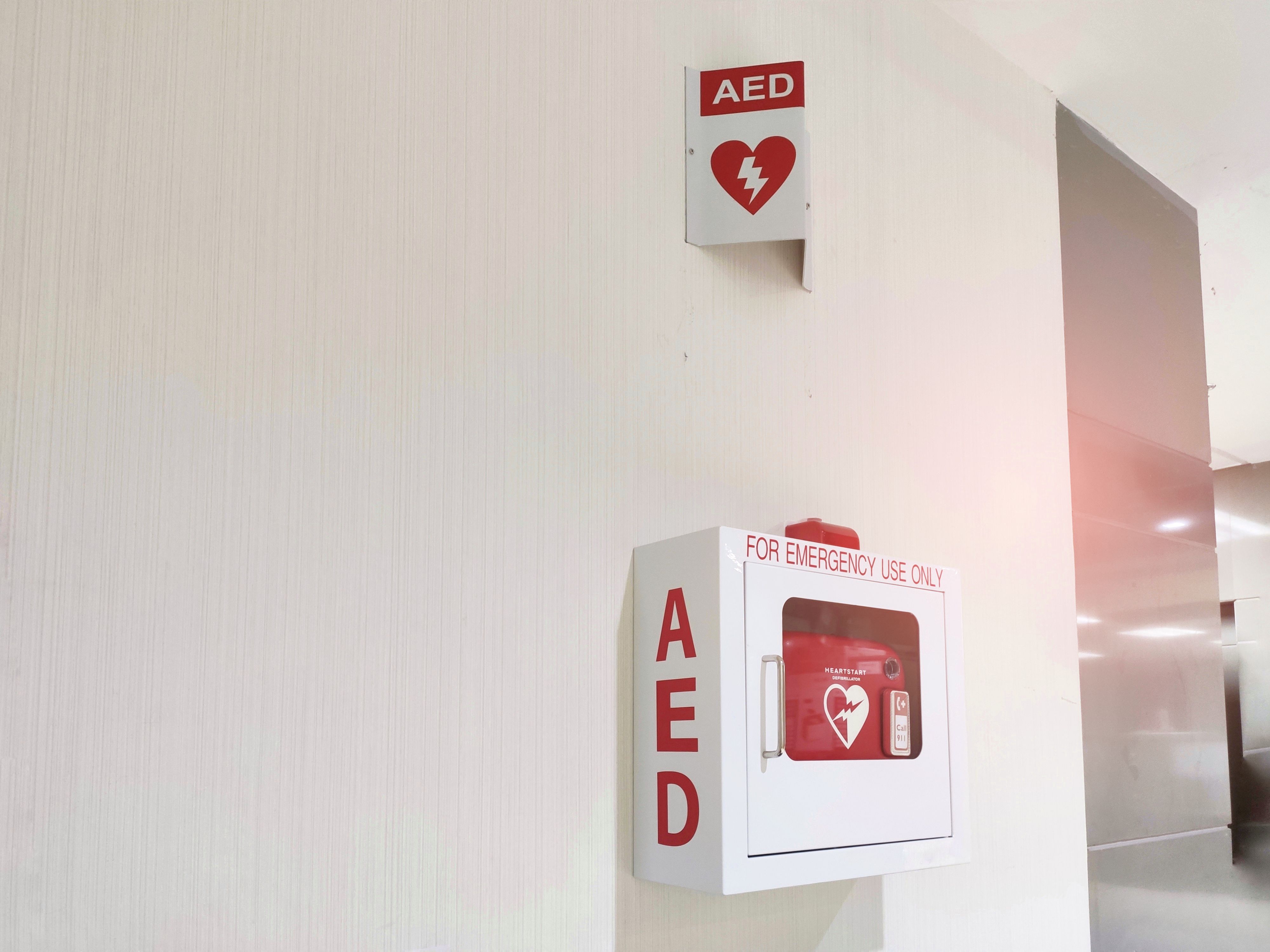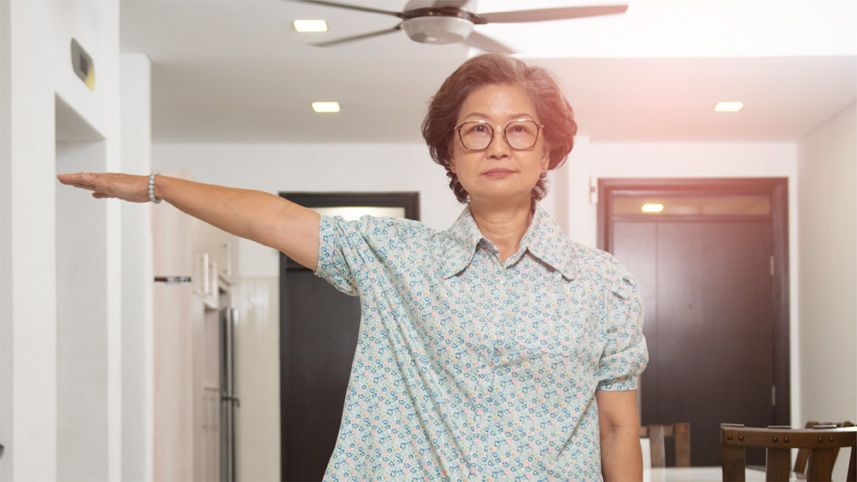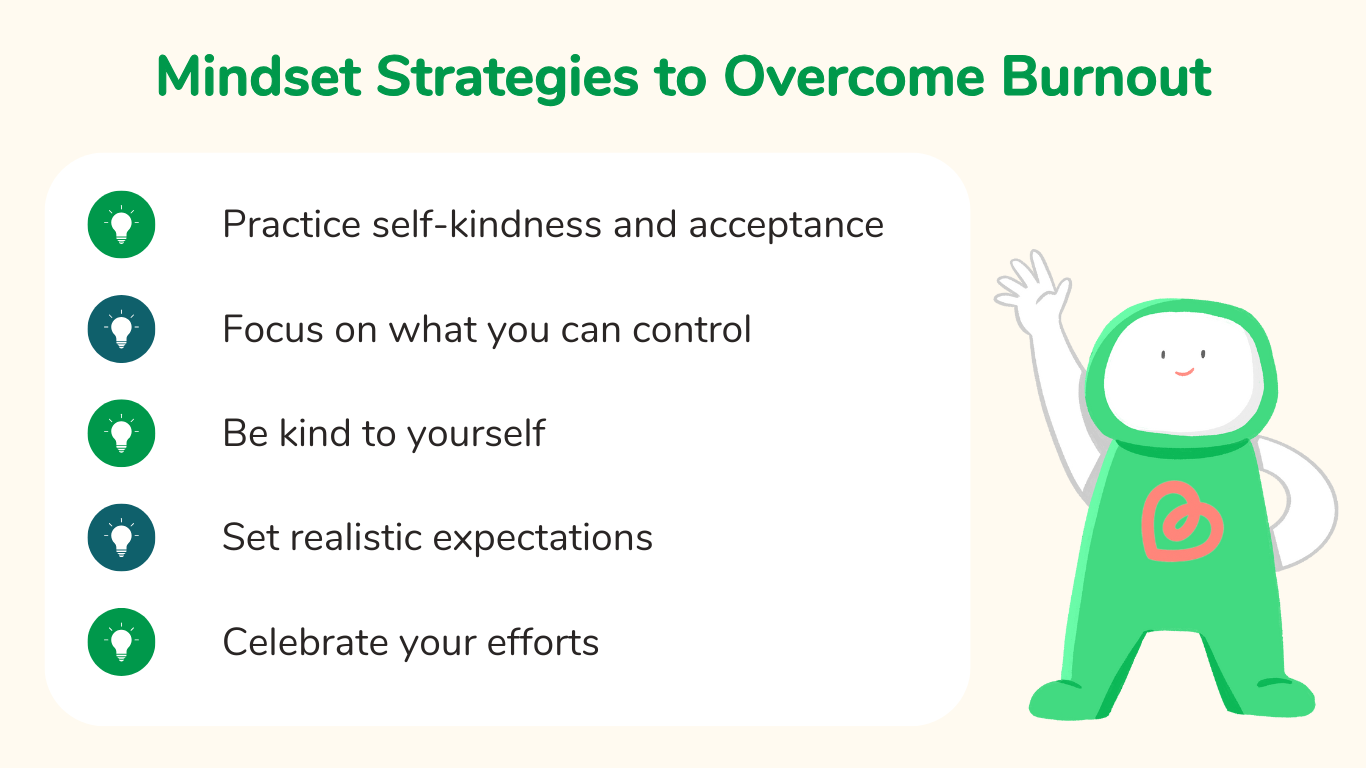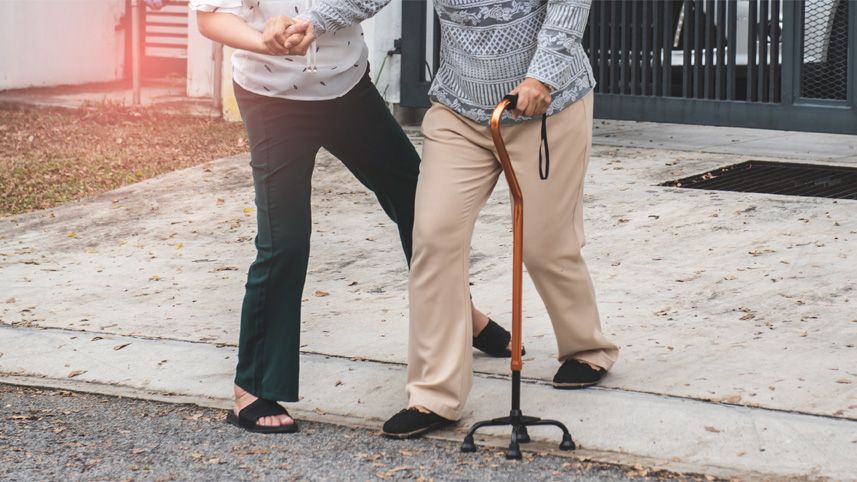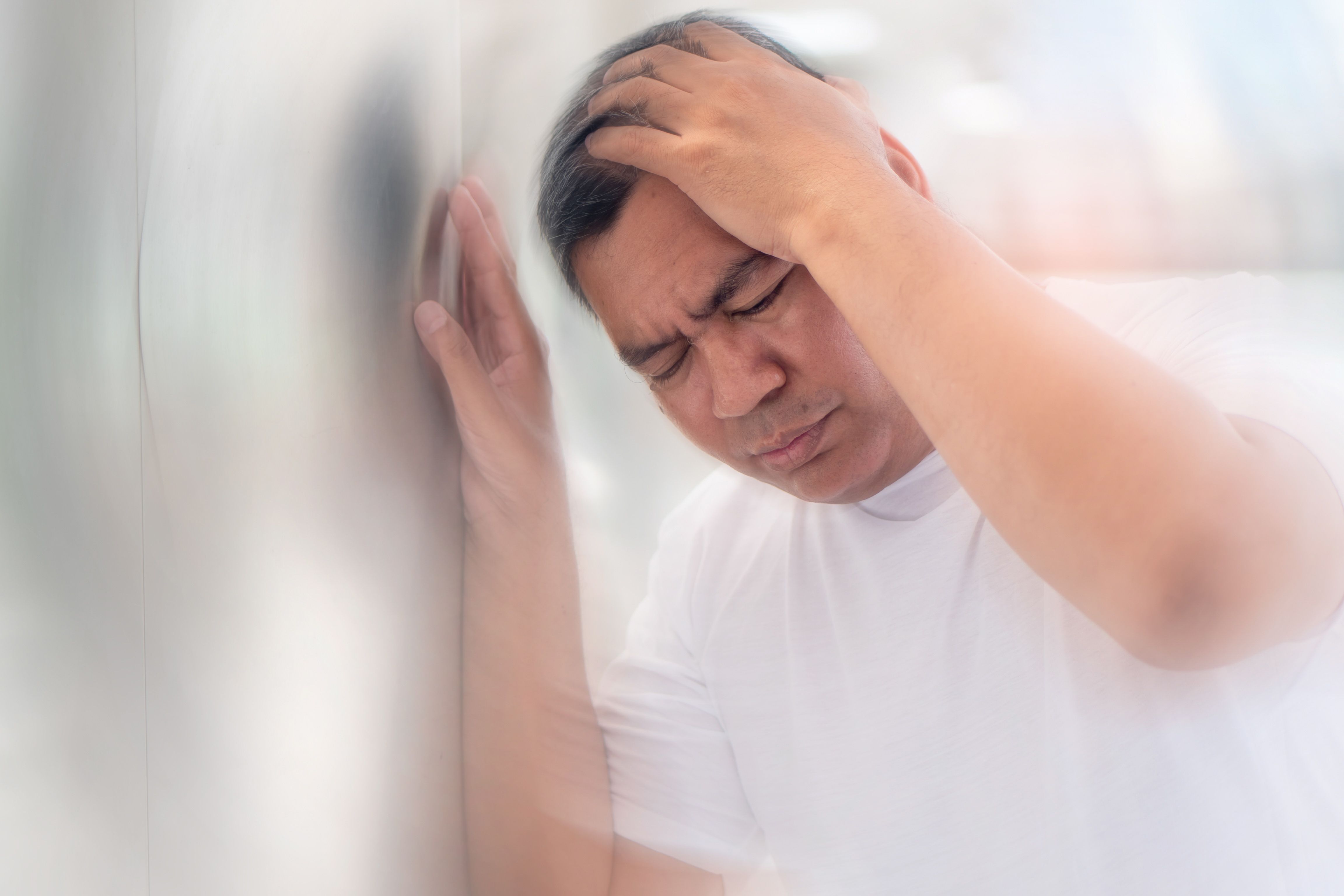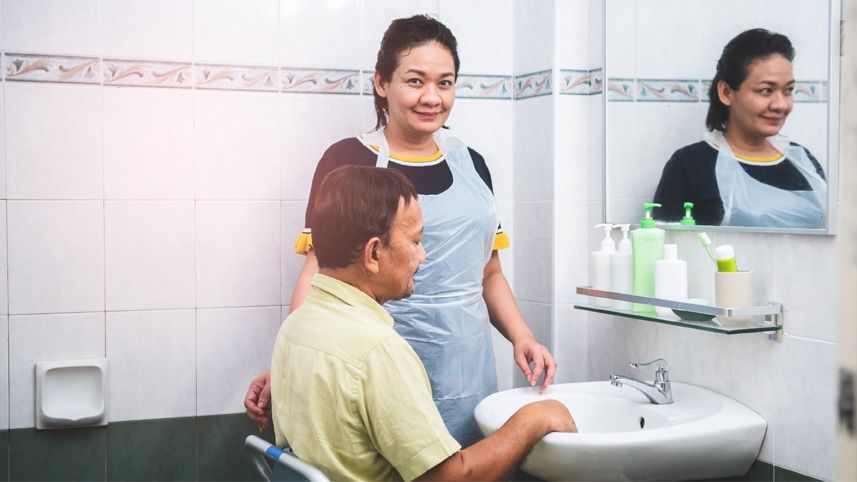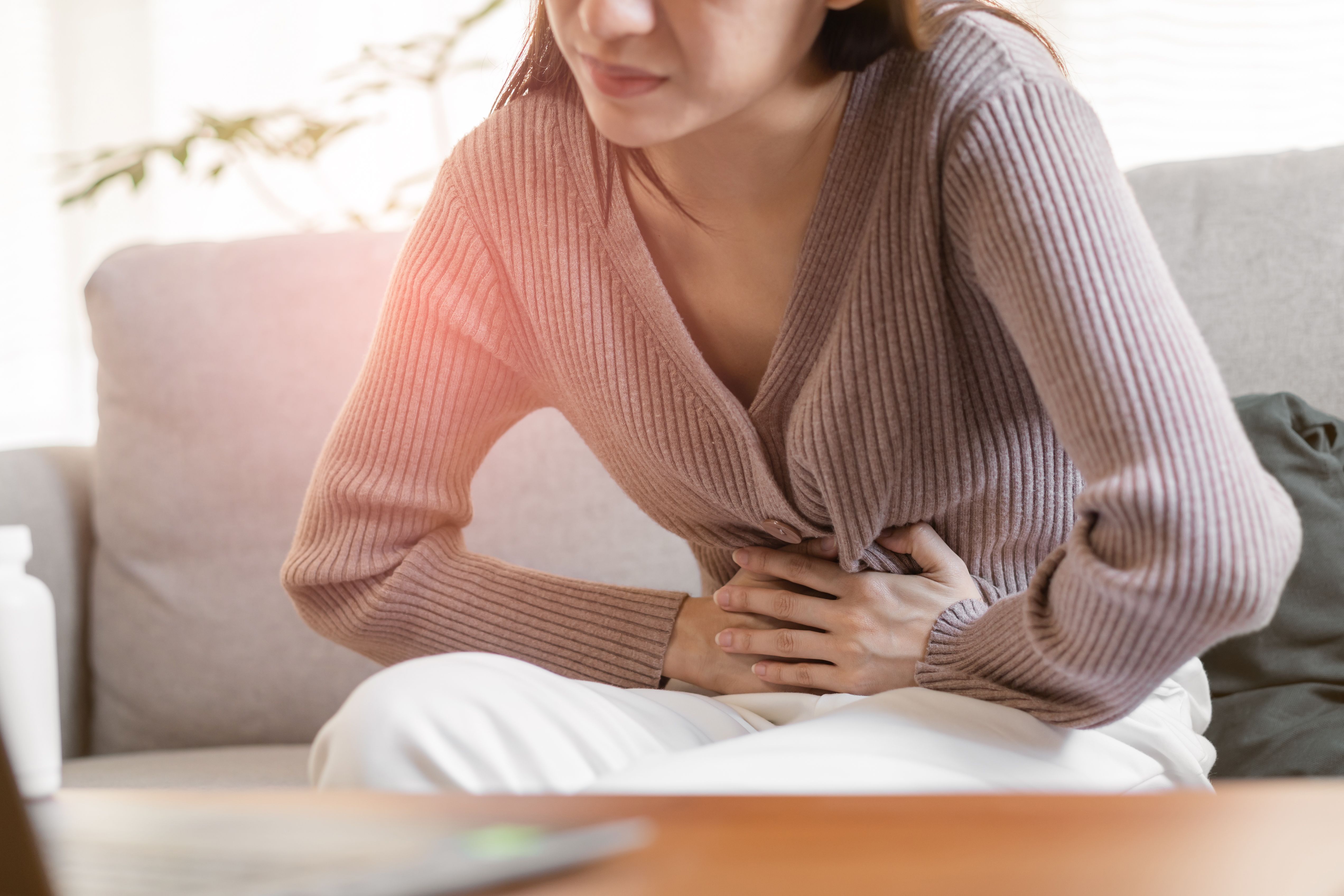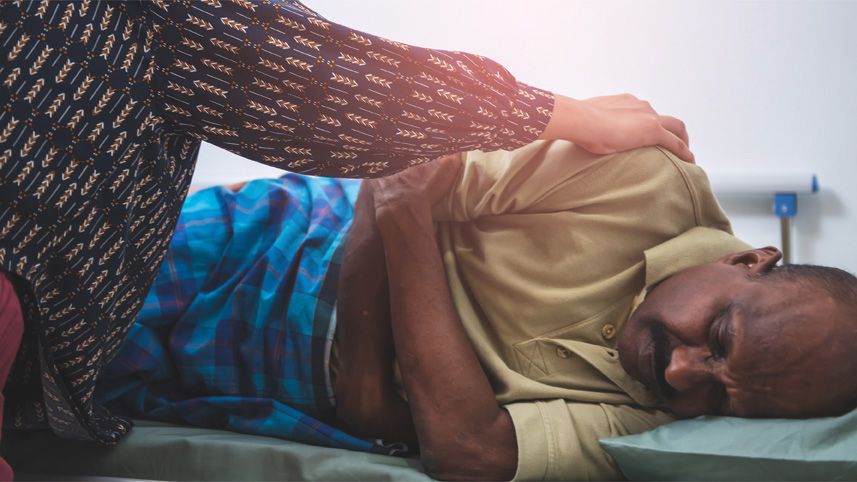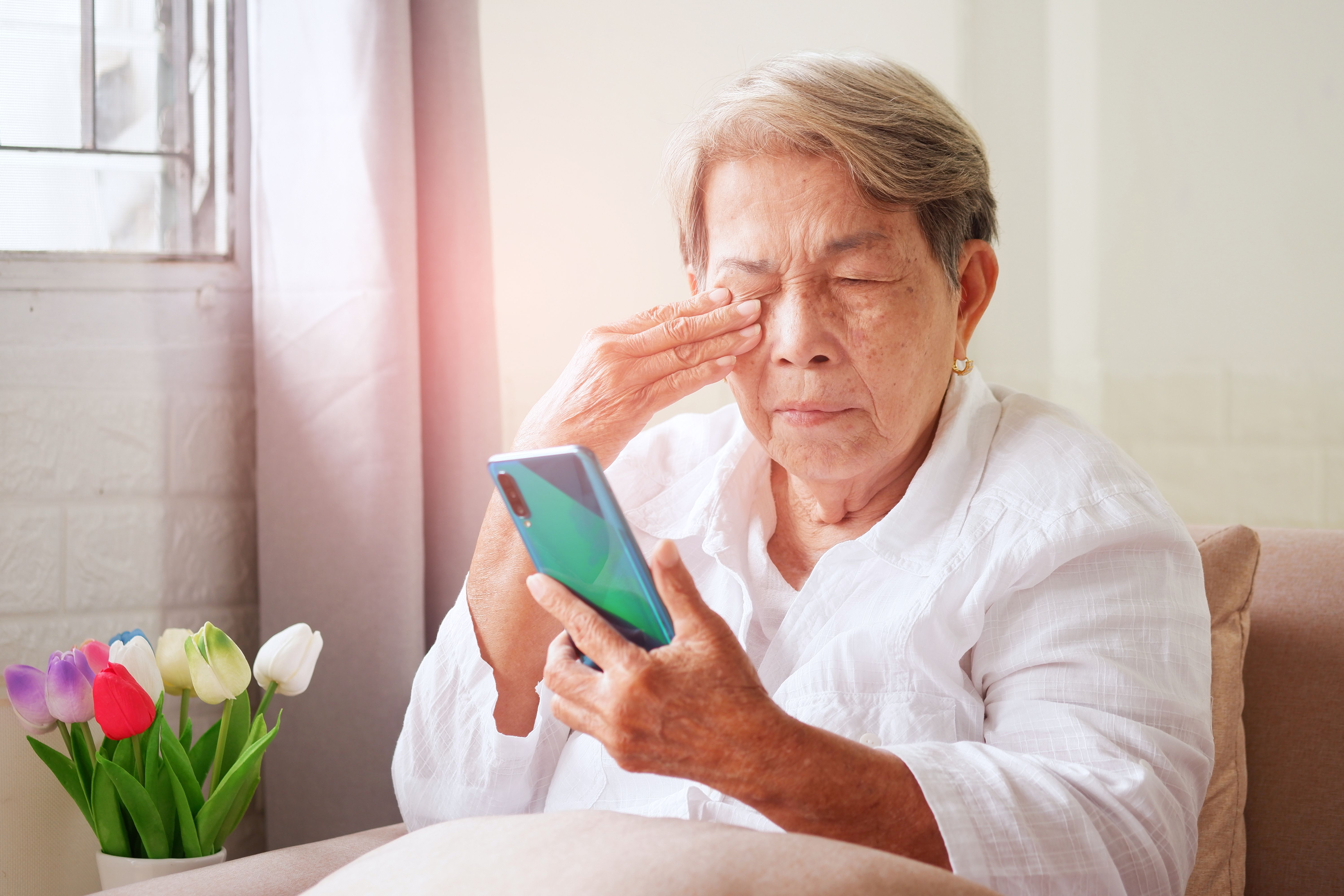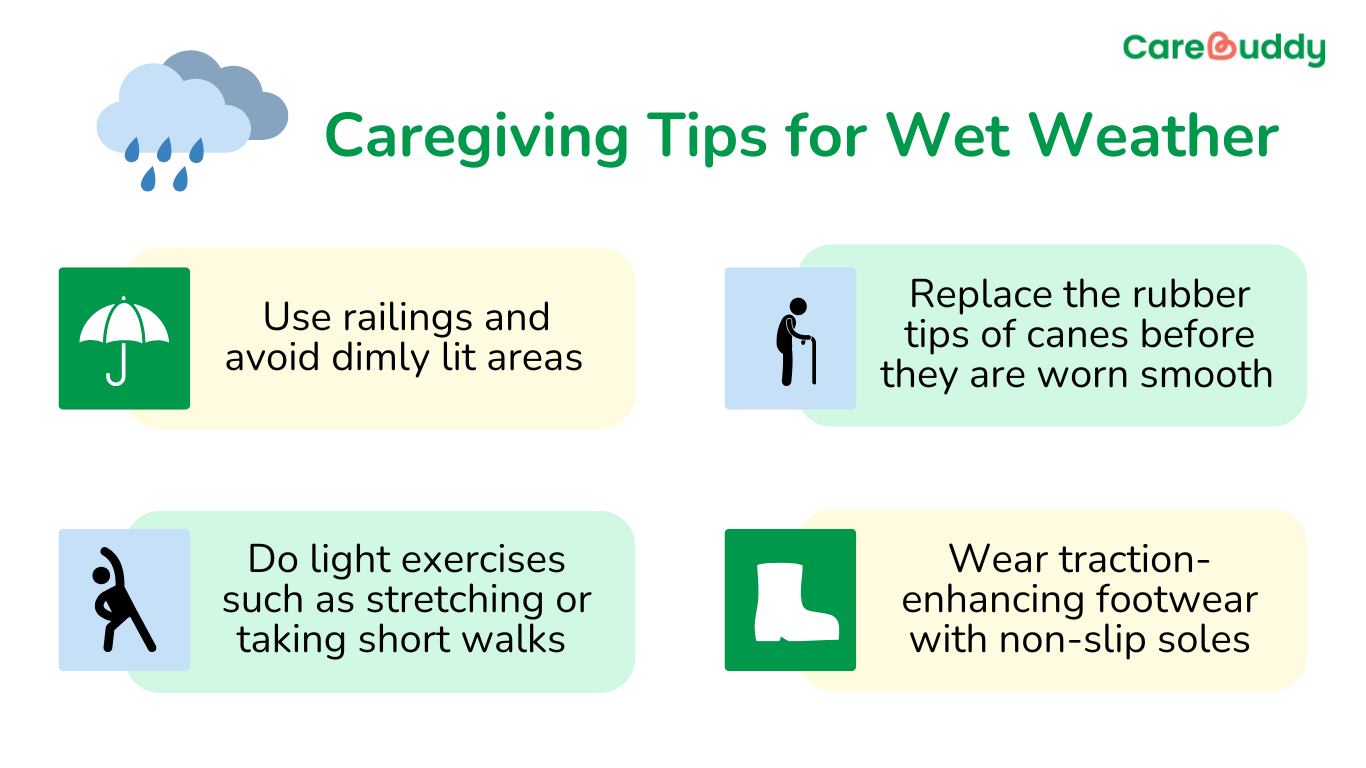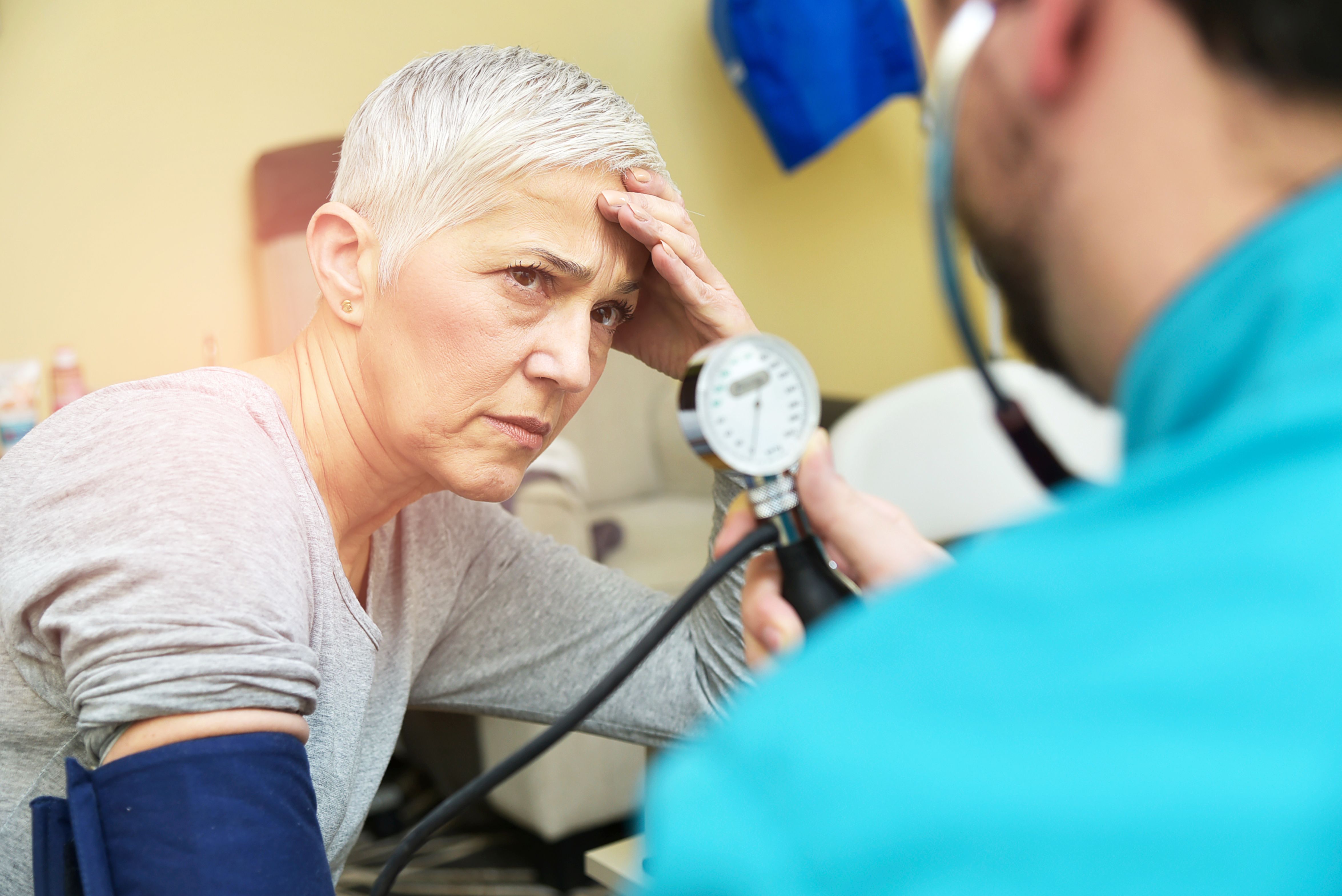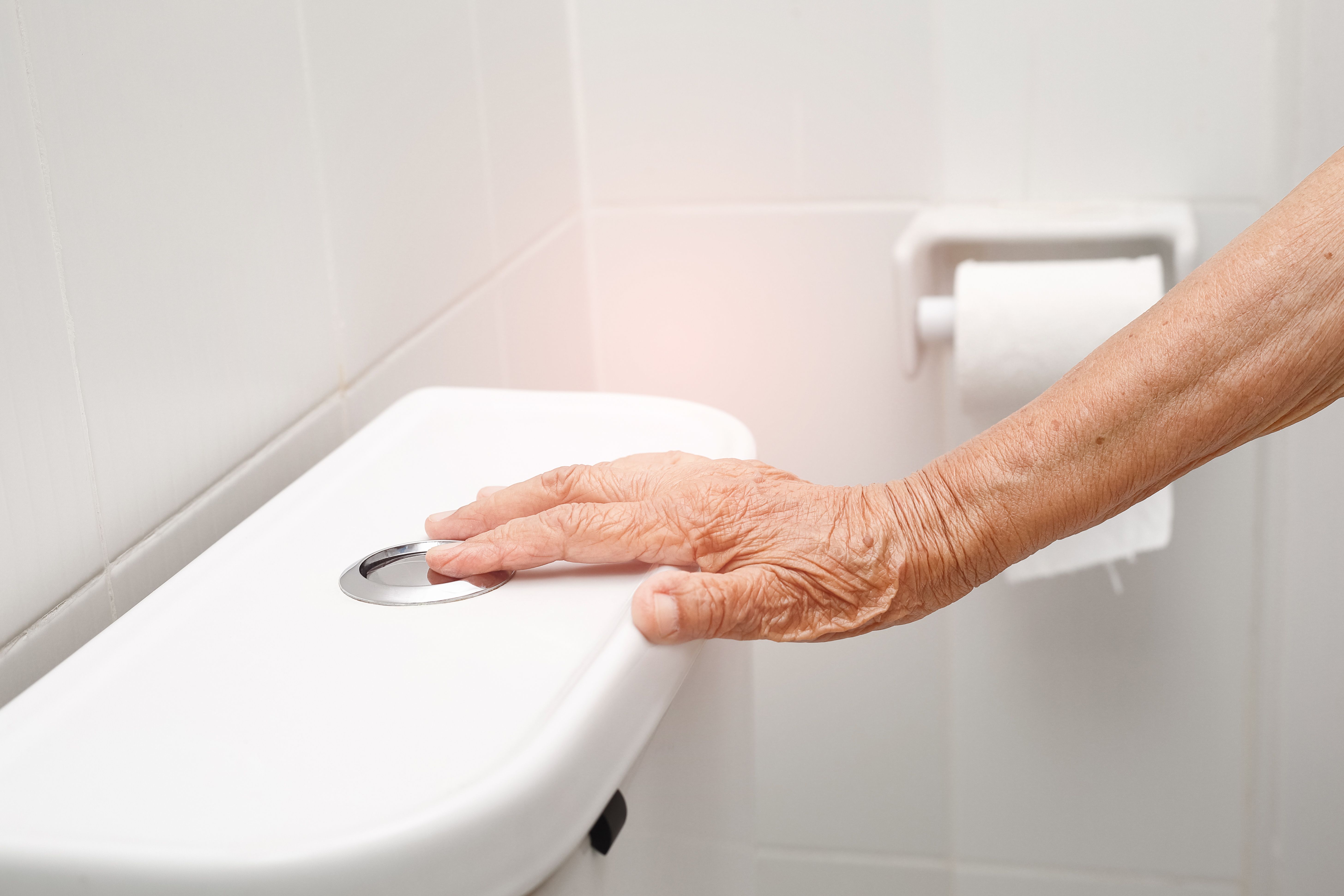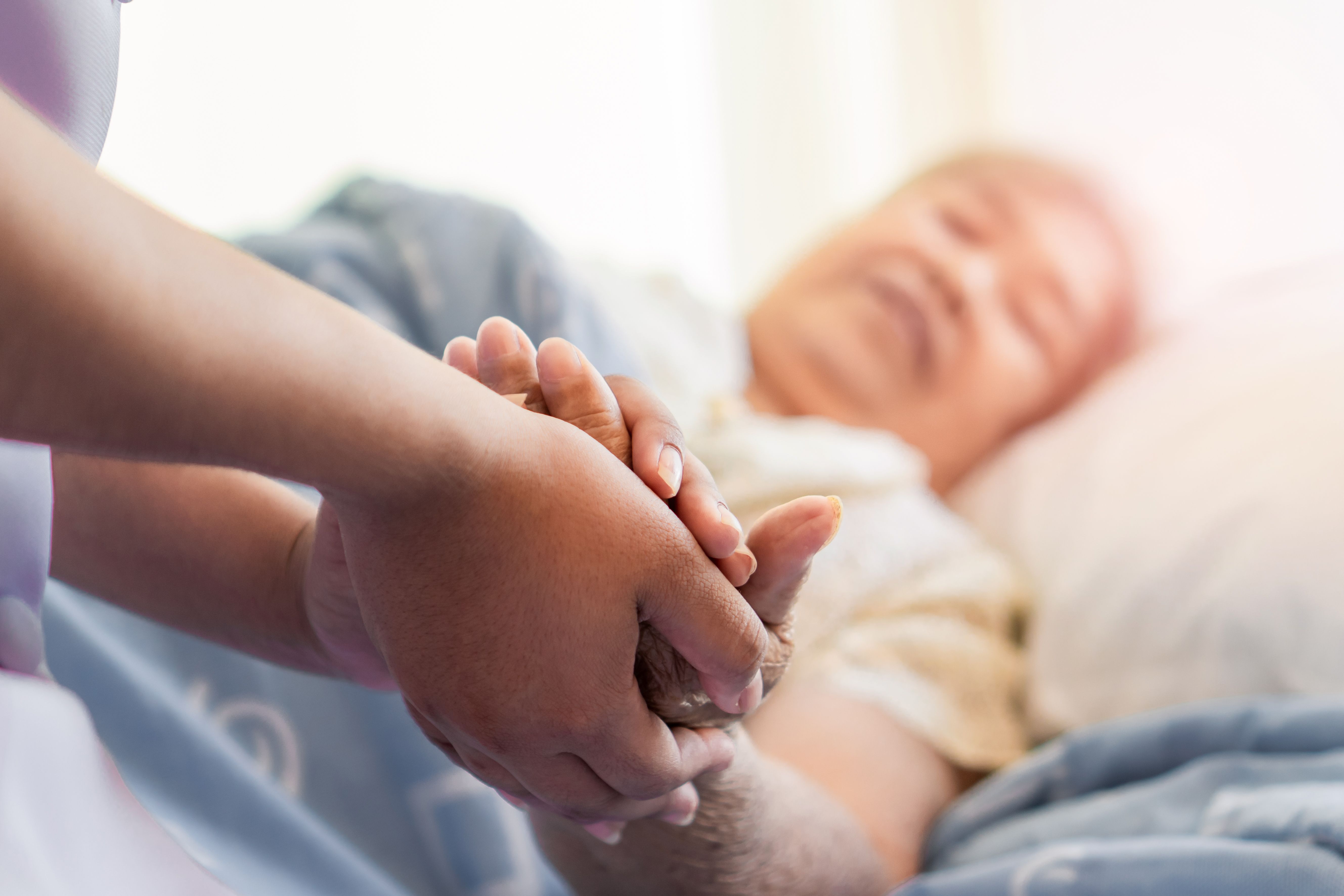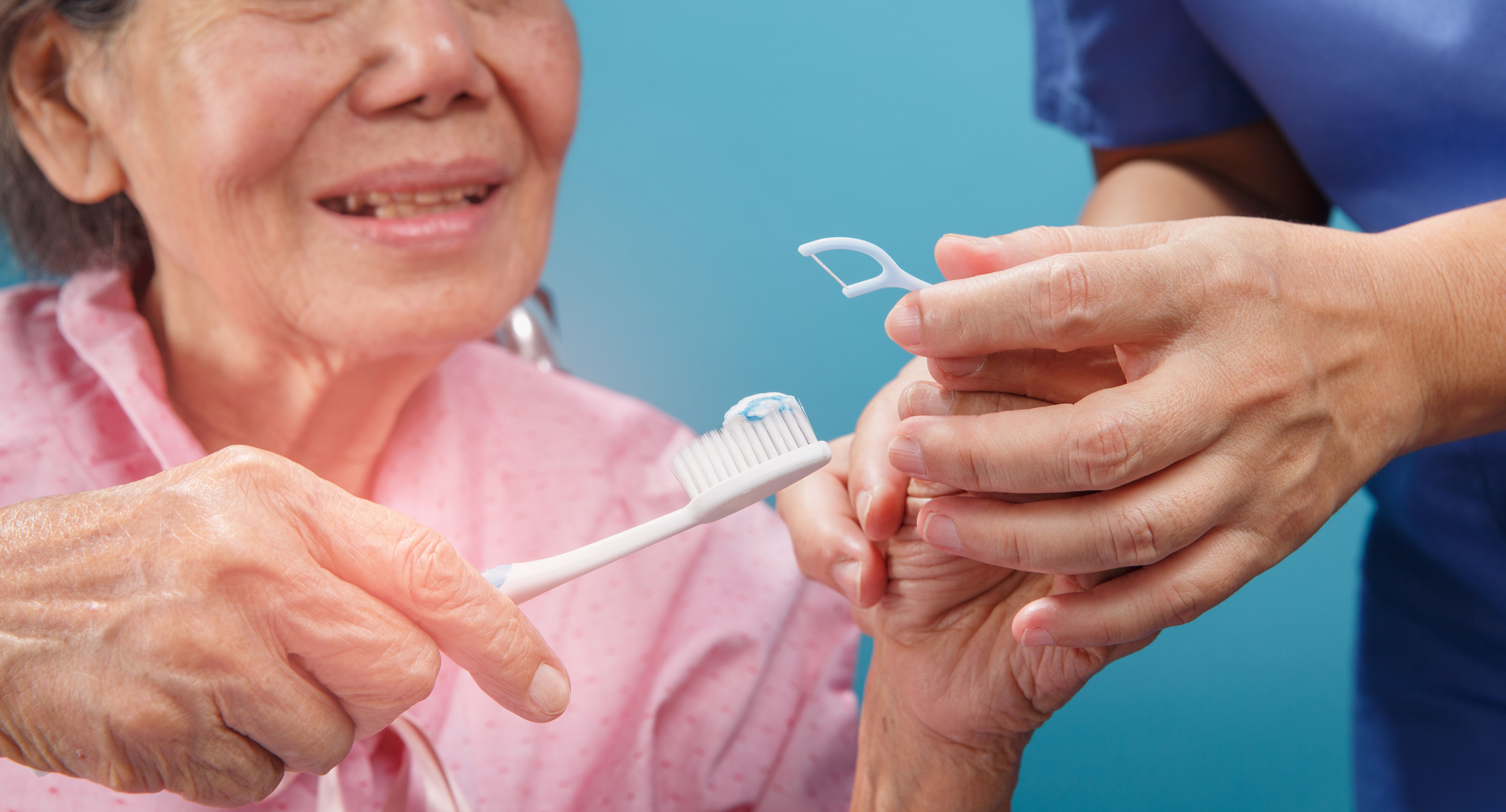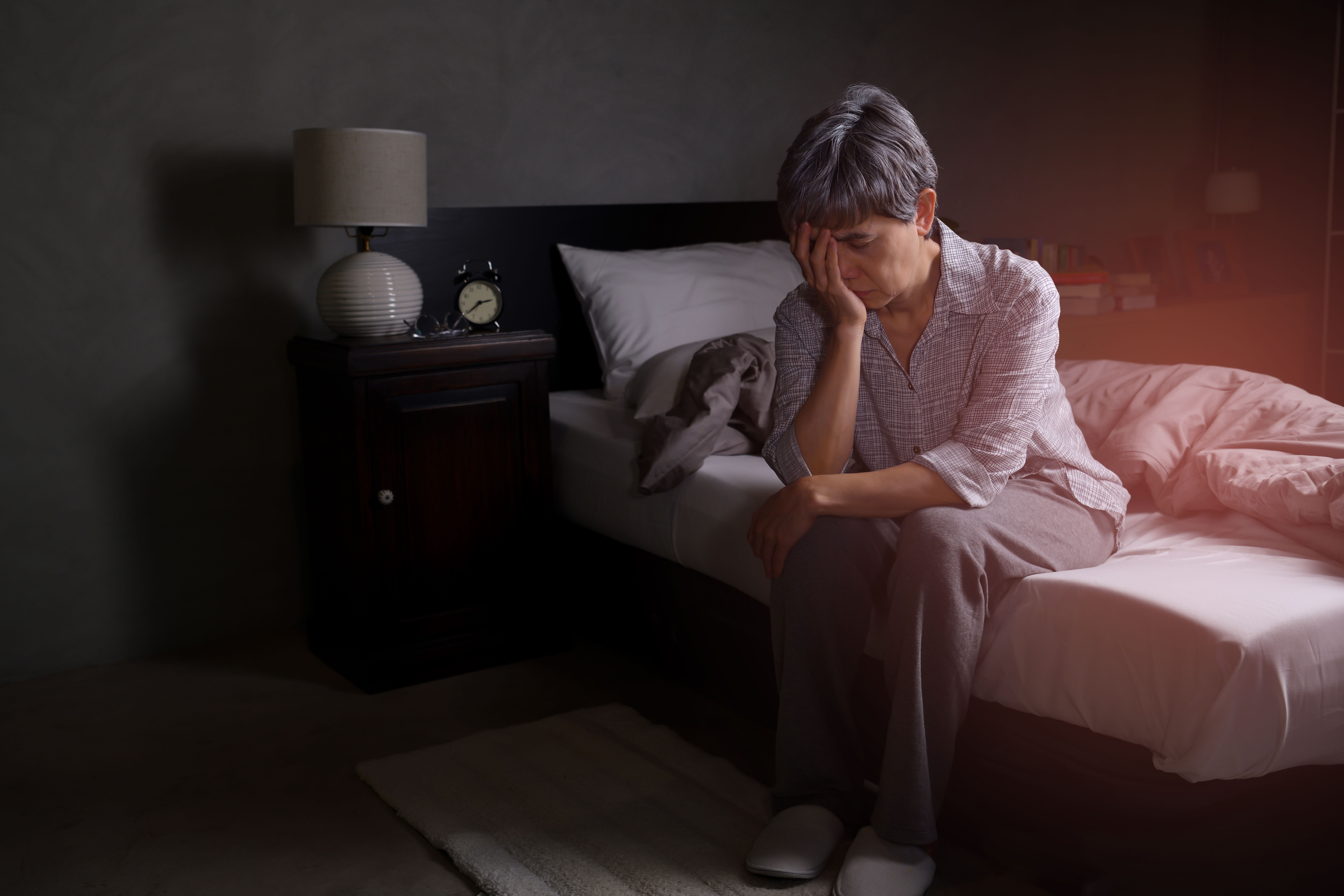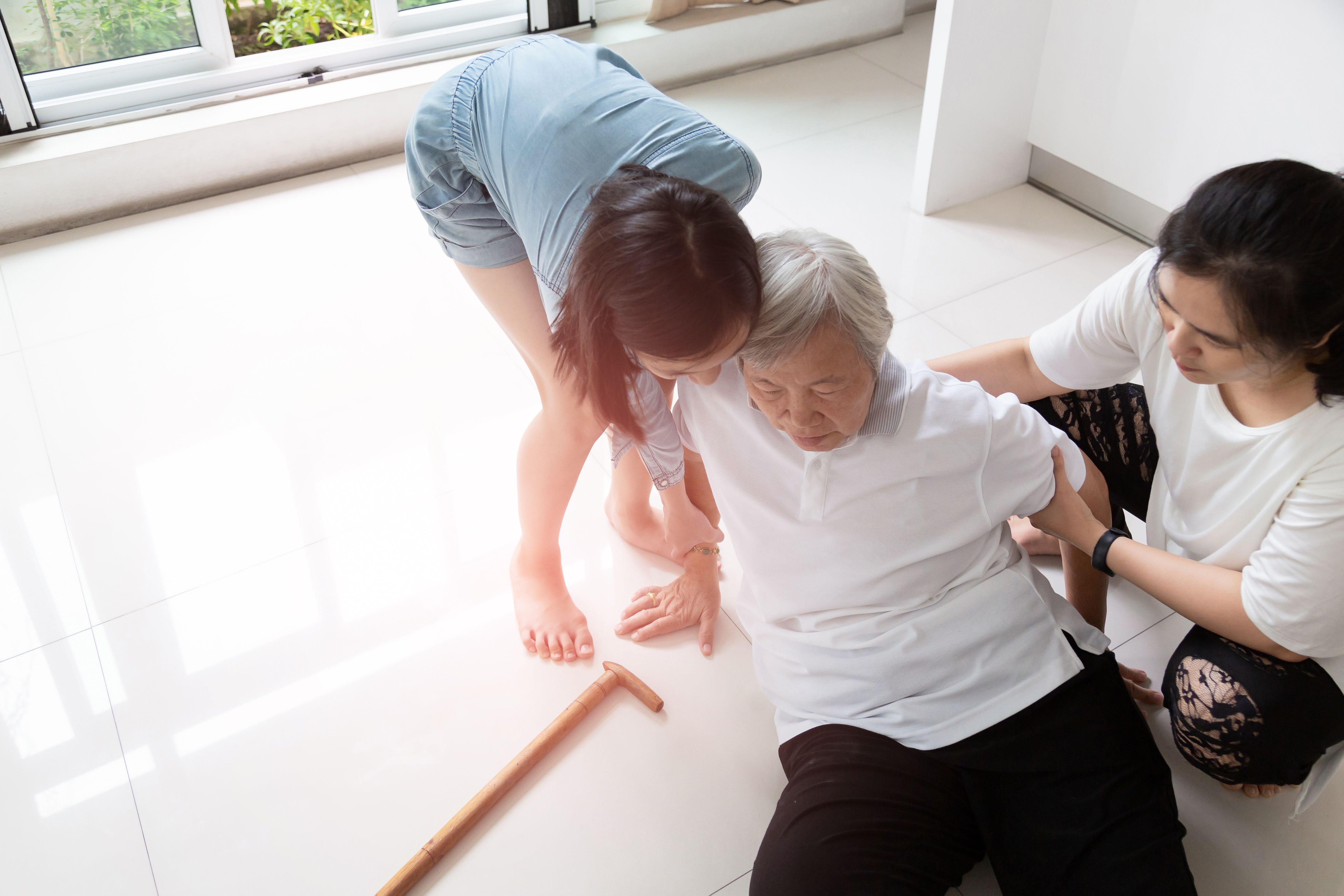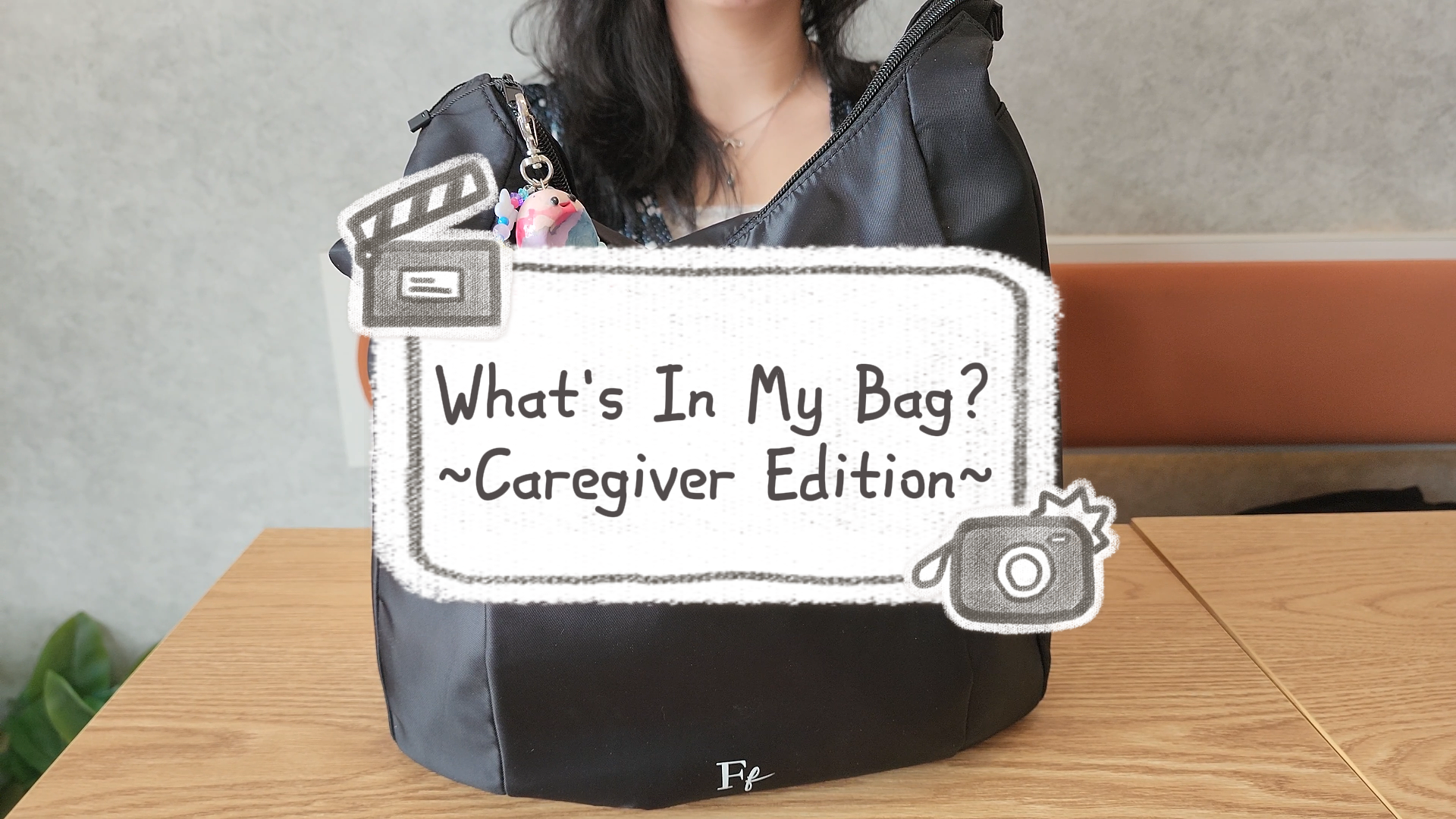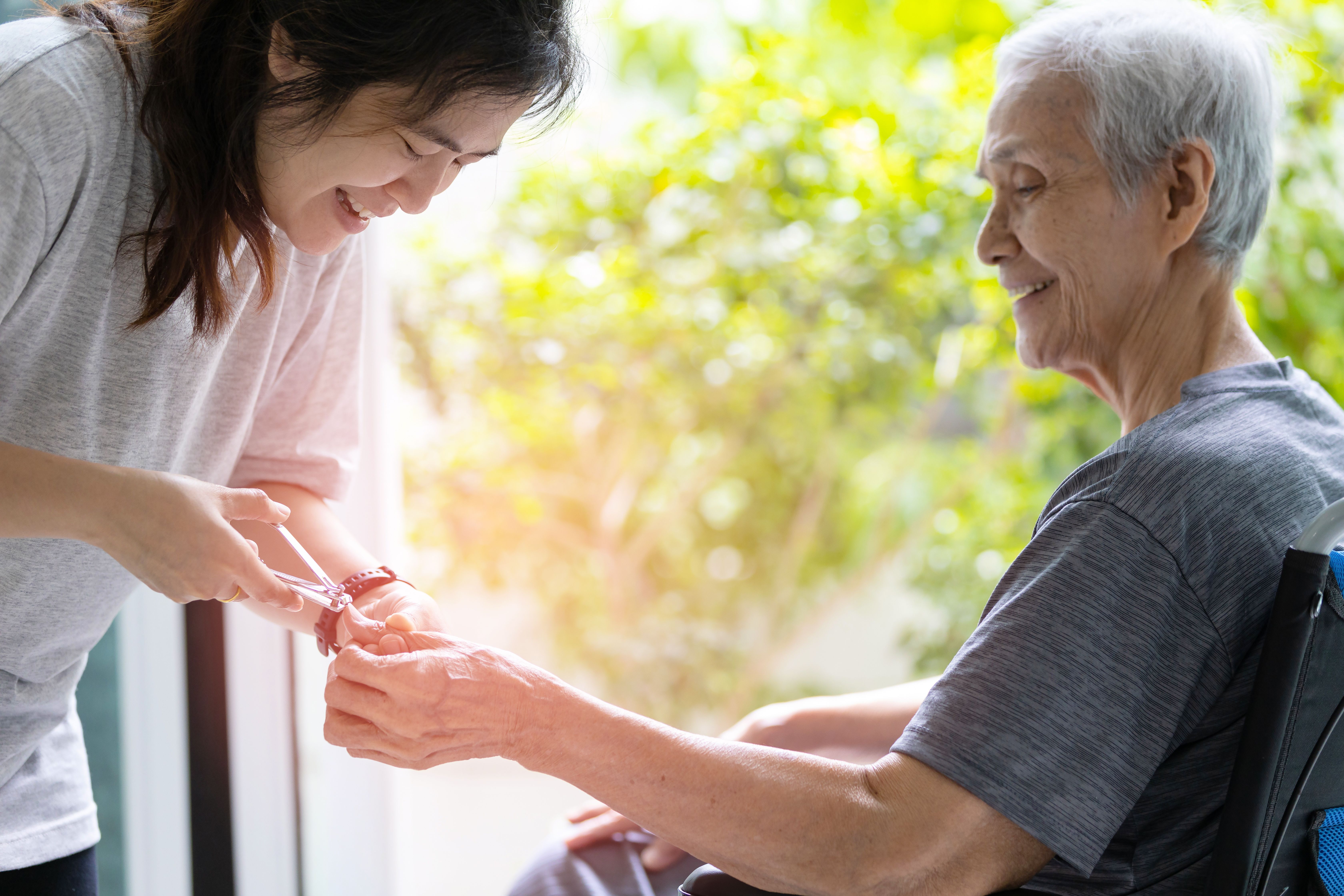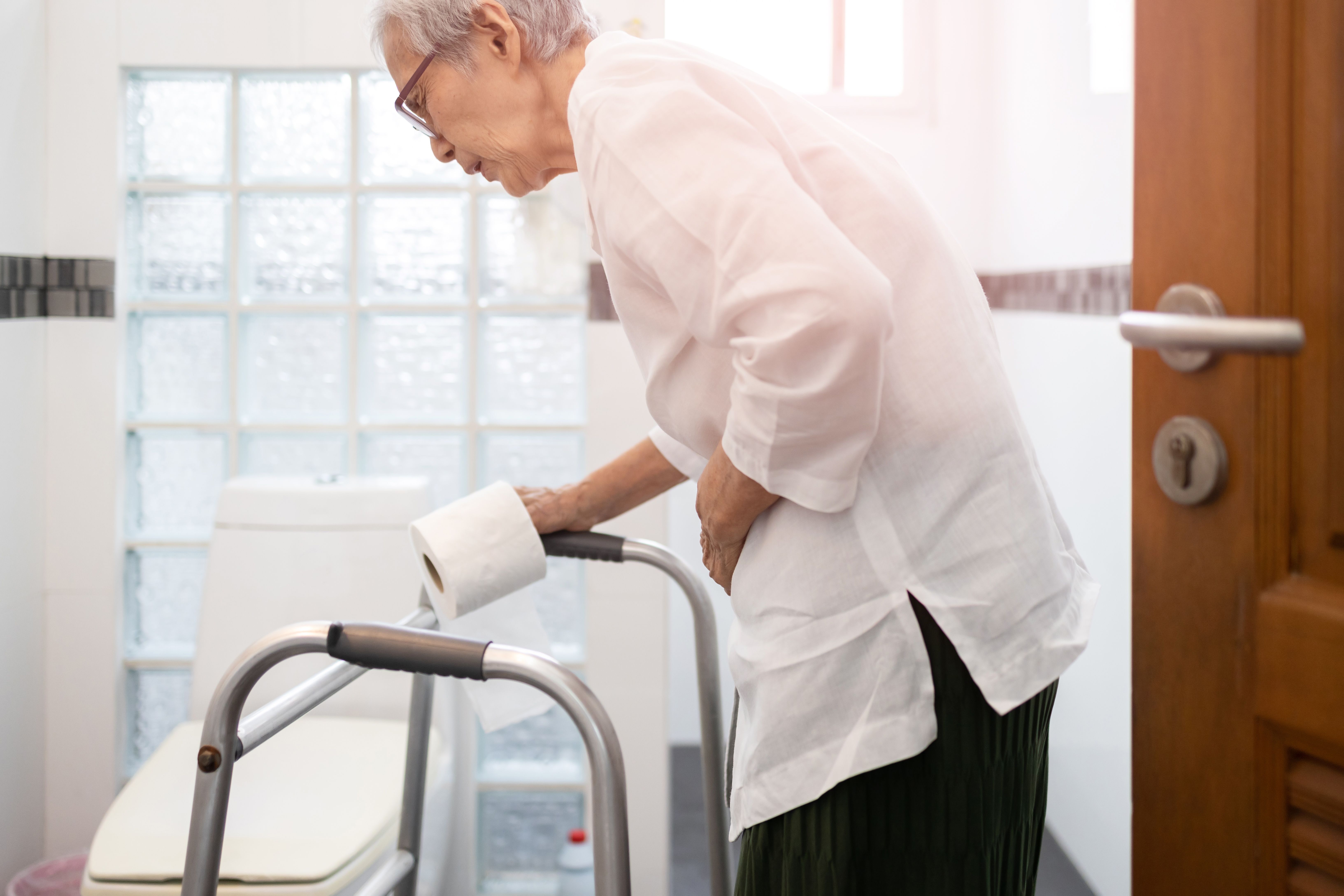What You Should Know About Shingles and How to Care for Them
- CareBuddy
- 4 Mins Read
- 04 Feb 2025
- Infection Control

Shingles is a painful and itchy condition that has been on the rise, particularly among the ageing population in the wake of the COVID-19 pandemic. Weakened immune systems have contributed to this increase. A 2022 study conducted by pharmaceutical giant GSK revealed that individuals aged 50 or older who contracted COVID-19 were 15% more likely to develop shingles compared to those who had not contracted the virus.
What is Shingles?
Shingles is an infection caused by the varicella-zoster virus, which also causes chicken pox. After contracting chickenpox, the virus stays in the body and can eventually reactivate later in life. Those who have had chickenpox before may therefore be at risk of shingles down the road, especially past the age of 50.
- Manifests as a painful, itchy rash, often on one side of the body or face
- Starts as small red dots that develop into fluid-filled blisters, which usually scab over within a week.
- In most cases, shingles clears up naturally in 2-4 weeks
- Complications arising from shingles include pneumonia, encephalitis (brain inflammation) and hearing loss
- The most common complication is long-term nerve pain
Signs and Symptoms
While chickenpox is highly contagious - spreading via blisters, saliva or mucus of those infected - shingles is not passed from person to person. However, a person who has never had chickenpox can contract chickenpox from someone who has shingles.
Common symptoms for the two include fever and headaches. Chickenpox usually presents with bumps that turn into fluid-filled blisters, which eventually scab and fall off. In contrast, a shingles rash presents with red patches and painful blisters, and usually affects one side of the body in a band or strip-like pattern corresponding to the skin nerve that the virus is affecting.
How to Care for Shingles
A healthy lifestyle, with regular exercise and good nutrition, will strengthen the immune system and prevent one from contracting shingles.
Antivirals should be started as soon as possible, and doing so within 48 hours of the symptoms appearing would be best. This can help to reduce the severity of symptoms, especially their accompanying pain. Painkillers may also help to relieve some of the pain. Other treatments may include creams or lotions to help relieve itching, cool compresses, steroids and, in some cases, antidepressants and anticonvulsants.
For adults, shingles vaccinations are highly recommended for those aged 50 and above, as well as individuals with diabetes or weakened immune systems. Children should also be vaccinated against chickenpox.
If you suspect that you or a loved one has shingles, do consult a medical professional early for a proper diagnosis and treatment plan, as early intervention can minimise symptoms and prevent complications.
Article reviewed by Dr Kenneth Koh Eu Min, Senior Medical Director, Co-founder, HMI OneCare Clinic
